Seven Reasons Your Awareness Campaigns Aren’t Driving Revenue
As marketers, our number one priority is new customer acquisition. This only happens if you plant the seed for acquisition via awareness — that top-of-funnel that marketers love and hate.
If you’re reading this, there’s a strong chance you’re undervaluing your awareness campaigns right now.
But what does “undervalued” mean? I’m saying that you aren’t attributing full revenue credit to those campaigns.
Here’s some common reasons that might be happening.
Don’t blame me if this hurts.
1. Lower-Funnel Bias
Let’s face it — we all have KPIs we're supposed to hit, and whether I'm answering to myself, the CEO, or clients, I need to prove ROI from my marketing spend.
Marketing is always the first department that gets cut. That's never the right choice — we all know that — but we’re under pressure to show provable revenue growth, at risk of being defunded or even fired. This creates bias in our reporting.
That pressure leads us to highlight the things we know are driving revenue growth. And that's always bottom-of-funnel campaigns that we have clear last-click attribution on.
These ads are the closest, most-provable, most-easily-understood answer for the eternal question: “Which ads are driving revenue?”
To the untrained eye using a clicks-only model, it looks like my lower-funnel campaigns are the only ones that are working. But I know that's not true; these campaigns only work because I spent 60% of my budget on awareness campaigns actually filling the funnel.
But until Clicks + Deterministic Views, I never had a clear picture of how well my upper-funnel campaigns are driving revenue.
Your stakeholders, however, look at that 60% of your budget that has no attribution and want explanations as to why it “isn’t driving revenue.”
Here’s what happens:
- You start cutting budget from top-of-funnel because you don't have data on how well it's working.
- You start putting that budget towards bottom-funnel because on paper, bottom-funnel looks like the only thing that's working.
But this is a self-destructive prophecy. The only reason bottom-of-funnel is working is because you were putting money into top-of-funnel — building that awareness and interest that actually resulted in capturing conversions later.
Put simply: your awareness campaigns aren't driving revenue because you’re not measuring them on revenue.
2. You Can’t Out-Tactic Human Psychology
Very few of us sell things that can be purchased instantaneously from the moment someone sees a picture of it.
So why do we keep pretending like we can?
I see this all the time. Driven by hubris, operators assume their products can be sold via Meta ads on a one-day, clicks-only basis. That privilege is limited basically to cheap, easy-to-understand, or delicious things.
If you’re measuring all your ads on a one-day clicks-only basis, you’re essentially saying your product is an impulse decision only. You’re saying the only ads you want to run are the digital equivalent of candy in the checkout line at the supermarket.
I’m sure you value your product higher than candy in the checkout line; very few of us sell things that someone sees and immediately says, "I want that right now."
So why is one-day-clicks-only the most common attribution model we use to measure our marketing performance?
In reality, sometimes you have to talk to people a lot about things before they understand, some of us are selling products that are complicated, expensive, or genuinely disruptive. We have to tell people many times and explain over a long period why they should buy it.
So why am I measuring my awareness campaigns, consideration campaigns, and conversion campaigns on a model that's only useful for measuring candy in the checkout line? It doesn't make sense.
If I sell a product that people have to think about before they buy, I have to build a campaign and marketing structure that does the work of building education, trust, interest, and consideration.
You can't out-tactic basic human psychology unless you sell candy. It's time we stop pretending otherwise and start measuring our marketing campaigns like real marketers.
3. Engagement Does Not Equal Sales
We all know this one: likes don't necessarily translate into sales.
For lack of a better way of tracking upper-funnel or organic impact, I often find myself relying on vanity metrics like engagement, view-through rates, or sometimes even likes to understand if a campaign is driving those top-of-funnel awareness measurements I'm looking for.
The problem? People who engage are not necessarily the same as people who buy.
Actually, I'd go further and say most people who engage are never going to buy. And a lot of people who do buy don't even remember what they actually saw that inspired them to buy.
That's kind of the dirty secret of post-purchase surveys, right? They remember the loudest thing or the most recent thing that brought them to purchase instead of the full actual journey that got them there.
So using engagement metrics isn't the best way for tracking that silent majority of viewers who end up going on to buy.
It's important that you have a clear model for attaching a view to the later revenue it generated. Because if you’re building an entire creative experimentation structure off of vanity metrics like engagements or views, you’re going to build creative for vanity metrics and engagements instead of building creative that drives revenue later.
It's really important that you’re following the right signal when building awareness creative.
4. Relying on Platform Data
If you're relying exclusively on platform data — Meta, TikTok, Snap, looking only at their ads managers interfaces — you're only getting half the story on the performance of your ad campaigns.
Unless your entire digital funnel, including your awareness, mid-funnel, conversion, and actual conversion events, happens inside that one platform, you're missing critical context.
Think about it this way: let's say you're running a bunch of Pinterest campaigns. They're getting a lot of engagement, a lot of interest, even driving click-throughs, but they're not driving a lot of attributable sales. Those might look like campaigns that aren't doing well if you're only looking at platform data in Pinterest.
However, if you run a quick correlation analysis, you might see that actually, your Google and Facebook performance improved in the periods after you ran those Pinterest campaigns.
Now you know those two things are happening separately, in a vacuum, but you can't actually connect them together without some sort of first-party data, like what you'd get from Northbeam.
Without that kind of data, you might undervalue those Pinterest campaigns and how well they're driving awareness. You'd cut budget from them and then watch your Meta campaigns suffer later down the road; that's exactly the kind of thing we’re trying to avoid.
You need a scientific, full-strategy view of how all your channels interact with each other. Because especially for awareness campaigns, oftentimes awareness happens on one channel like YouTube, but purchase happens somewhere else like Google or Meta.
5. You Need More Than Just MMM and Incrementality
Some people only measure the success of their awareness campaigns based on media mix modeling results or incrementality testing.
But that's only two-thirds of the story.
You need those models to help you understand what channels are actually driving revenue, what spend is important, which campaigns or channels you're testing are actually driving incremental new customer awareness and generation.
But you really need to have MMM, incrementality, and MTA for every stage of your funnel if you want maximum visibility into how well your awareness is working.
Specifically for awareness campaigns, without a model like C+DV for measuring the performance of actual creatives, you don't have that insight. You need creative-level insight into which awareness campaigns are actually driving revenue for your business.
Otherwise, you'll spend forever doing campaign testing, running incrementality tests, and rerunning your MMM models when really what you need is to optimize your awareness campaigns as effectively as your mid-funnel or conversion campaigns.
That's why we built C_D+V: to help you understand which specific assets are responsible for generating your revenue at the top of funnel.
6. Creative Is Targeting, Now
Most of us still misunderstand the massive shift that happened since the launch of the algorithmic-first approach to social media — something that really started in earnest right after COVID.
TikTok pioneered this, but what they did was fundamentally change how social media works: from a friends-first feed into an algorithmic-first feed.
That means the way you get in front of people is not via targeting selections within the platforms themselves. The way you get in front of people — and the way you psychologically teach them about your product — is by making creative that gets their attention.
Instead of thinking of the internet, especially an algorithmic feed like TikTok, as a collection of demographics (young people, old people, Gen Z, Millennials, people who like cats, people who like dogs), you should think of it as communities of people who consume similar content.
Content that looks similar to each other. Content that follows a specific visual energy, style, or pacing.
That's the new way you communicate with people.
The only way you can really value creative as a discovery, top-of-funnel tool is by understanding which ads are driving the sales.
This sort of strategy requires you to think: How do I make content that travels through the algorithm and gets in front of the people I know will like my product and my message?
7. Brand Versus Strategy
Awareness isn’t about beating people over the head with your brand identity anymore. It's about speaking to them where they're at; the algorithm changed this.
Every subset of your audience is going to think differently about your product. You need to meet them where they are, and if you have no real data outside of engagement metrics, you don't know how these ads are actually being received.
So often we prioritize brand identity in our marketing when we should be prioritizing our strategic vision. I talked earlier about how you really get in front of people through creative testing and different types of creative; that means you need to change the way you're approaching your brand standards and brand identity in your ads.
Think about it: if you sell protein powder, there are going to be bodybuilders.
There are going to be ballerinas.
People who just need a little bit more protein in their life.
People trying to recover from eating disorders.
Athletes.
Grandmas and grandpas.
Dads.
All sorts of people who need protein powder.
Why do you think one message would work for all of these people when we live in such a fragmented, decentralized, algorithm-driven internet?
You need to say, "Okay, I'm going to adjust my brand to fit the styles of communication that all these different demographics actually use and respond to."
Instead of saying, "No, we only use this color," or "We only use this type of model," or "Our visuals have to be up to this certain standard," ask yourself:
For each subset of people on the internet that I want to communicate with, what sort of content works best for getting that person's attention?
It does not cheapen your brand to change the way your brand appears on the internet.
The most important thing is that the people online who are watching your ads feel like the product is for them.
How do you achieve that? By meeting them where they're at.
If you've ever rejected an ad because you felt it wasn't up to your brand standards, you're already damaging your awareness performance.
Instead of thinking about your ads from a brand perspective — "Does this creative fit my brand guidelines? Does it fit my style?" — ask yourself: Does this ad creative reach out to and have an impact on the people I want it to reach?
And the only way you can measure that is by using models that attach that performance back to revenue generated.
Try out Clicks + Deterministic Views now and start getting that awareness revenue you deserve.





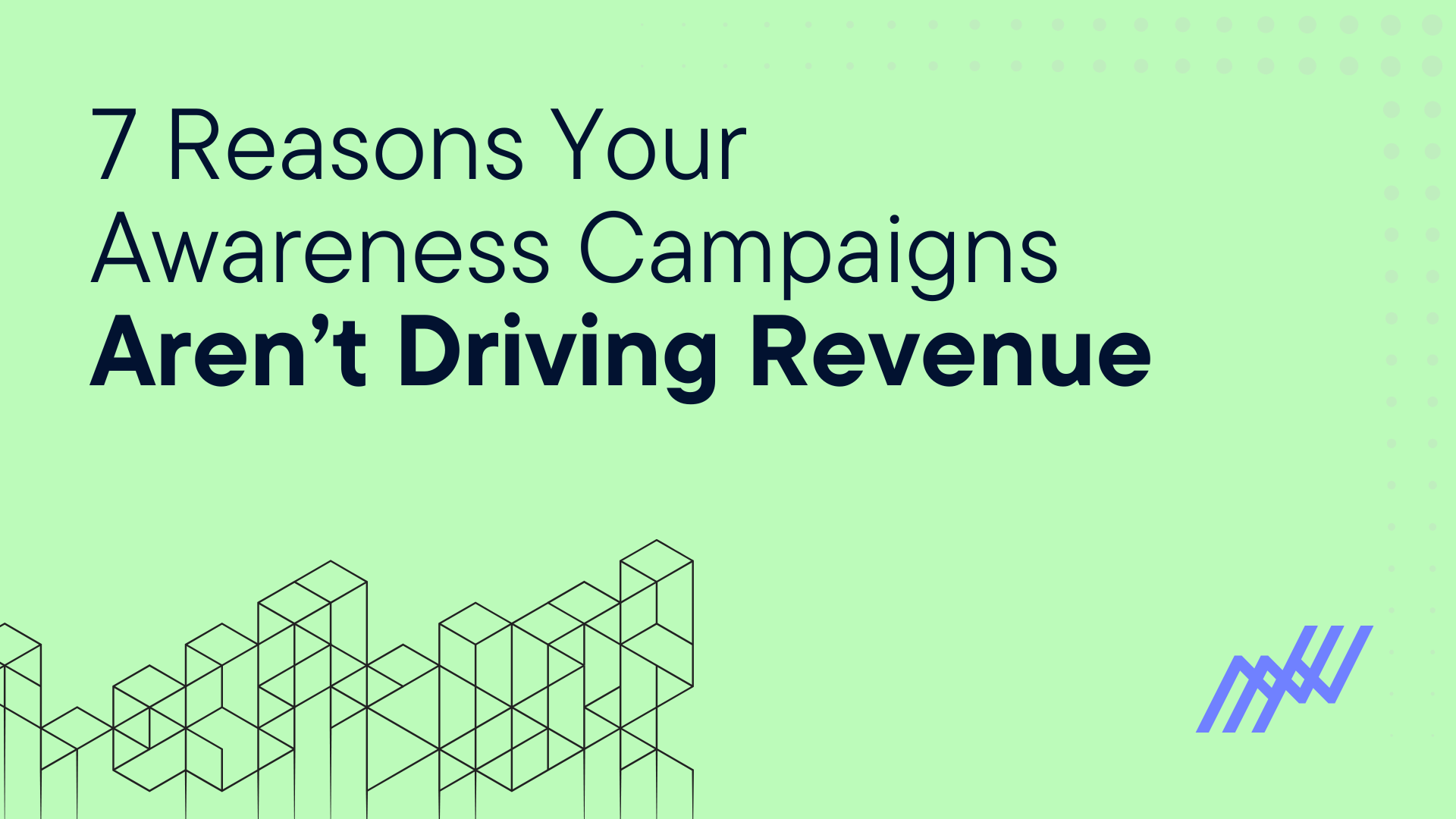








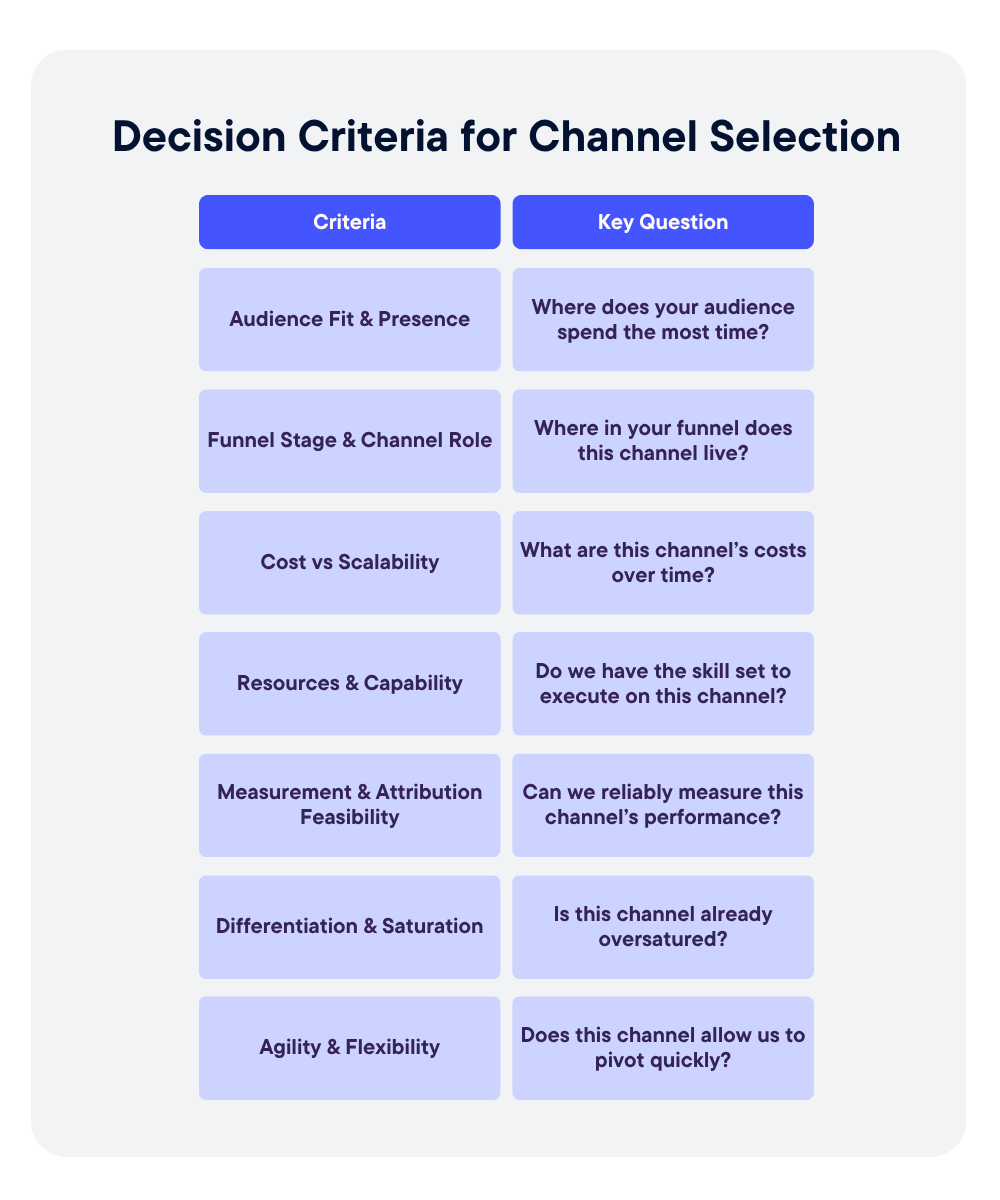
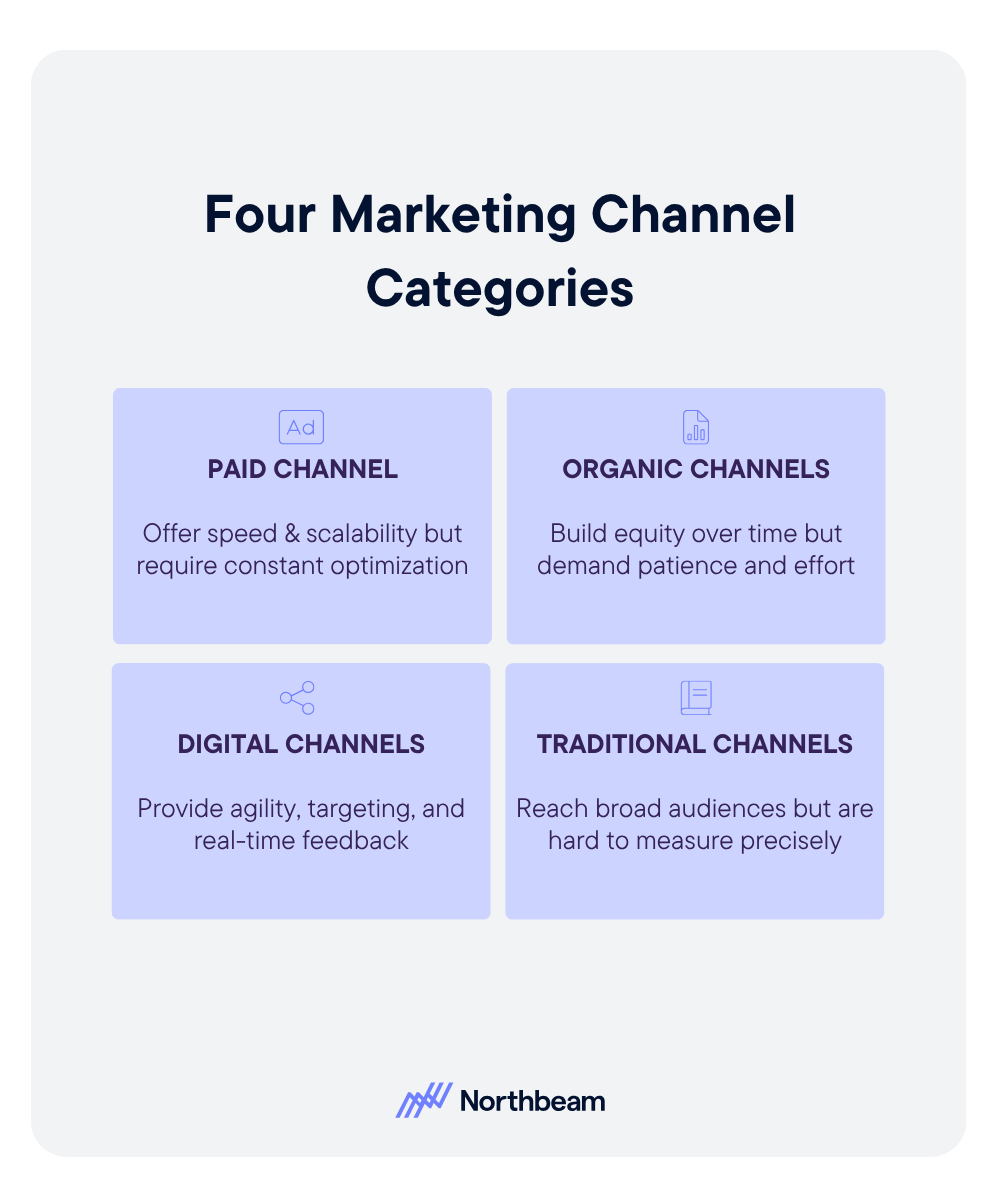
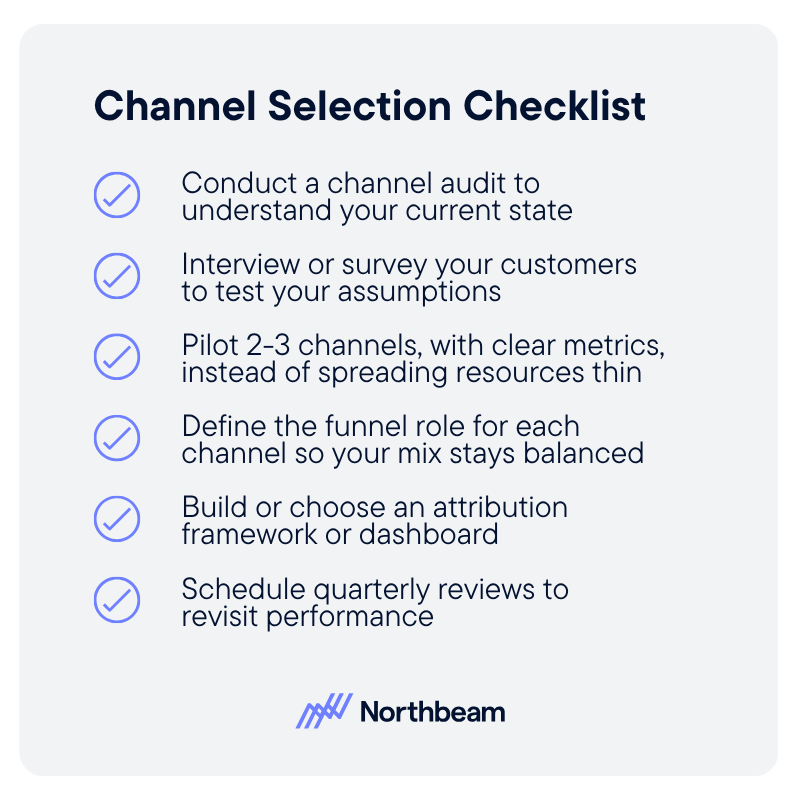
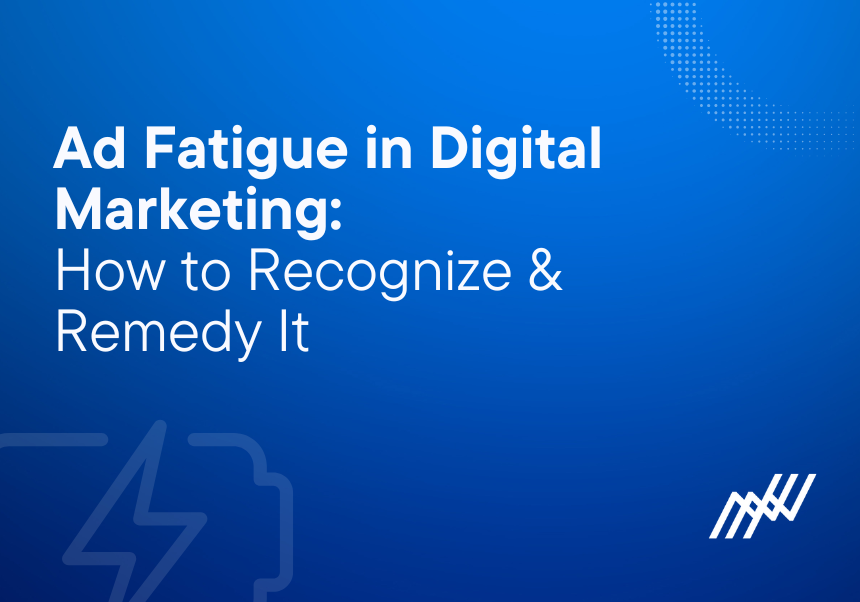
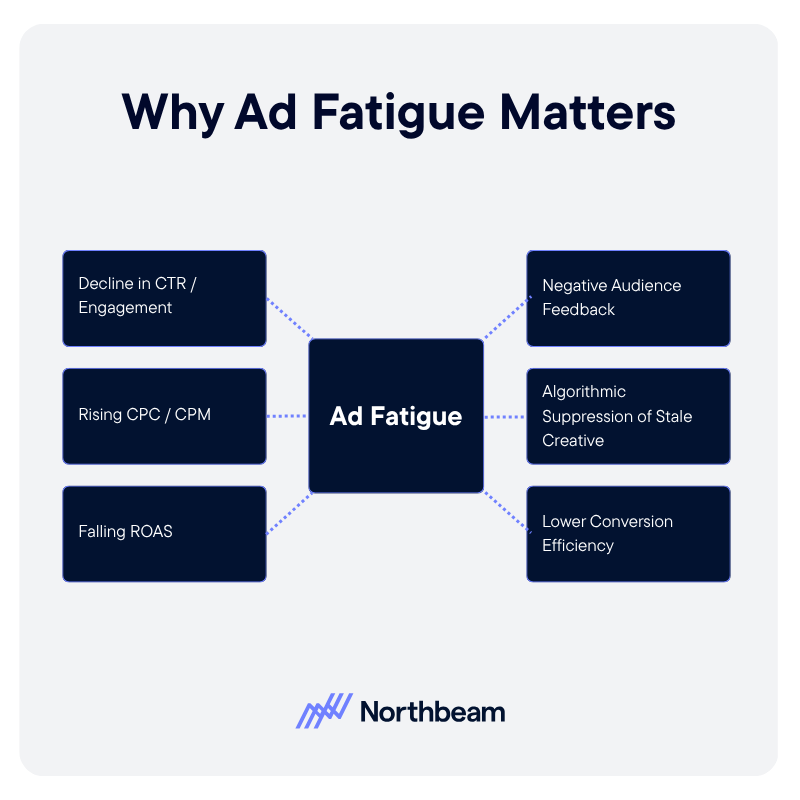
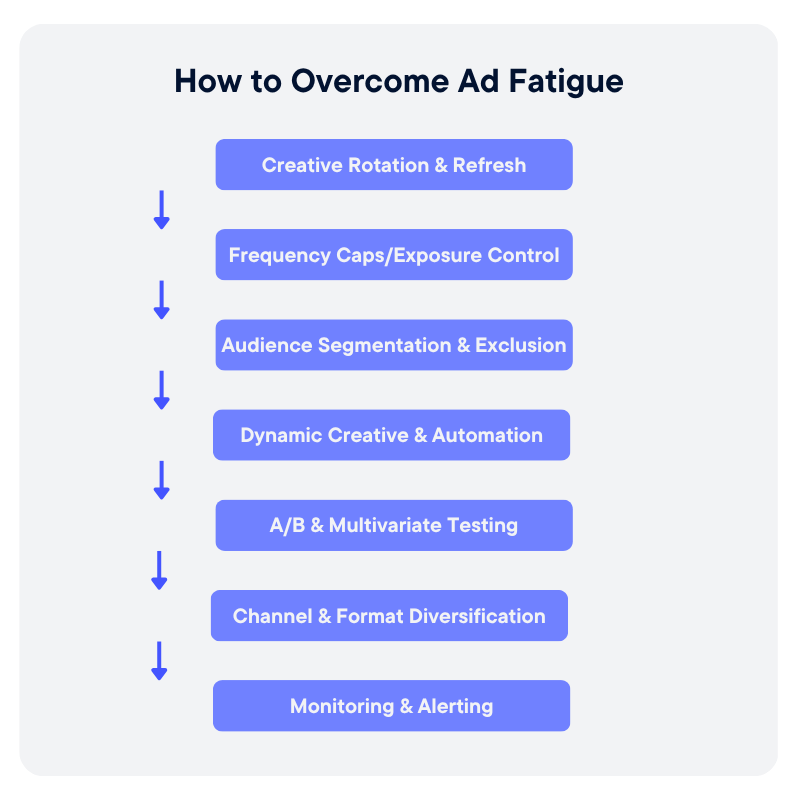
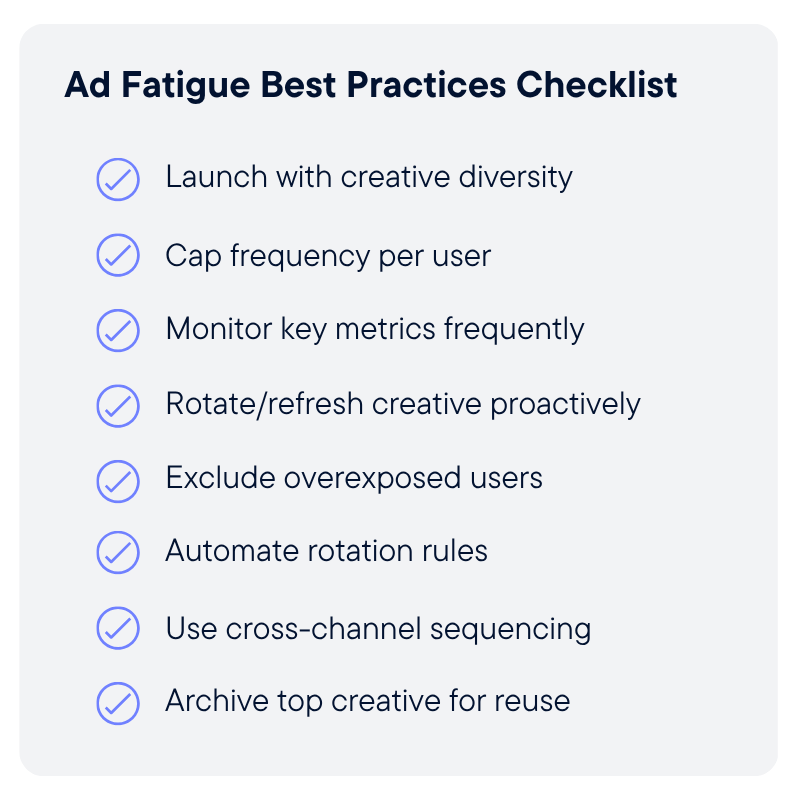

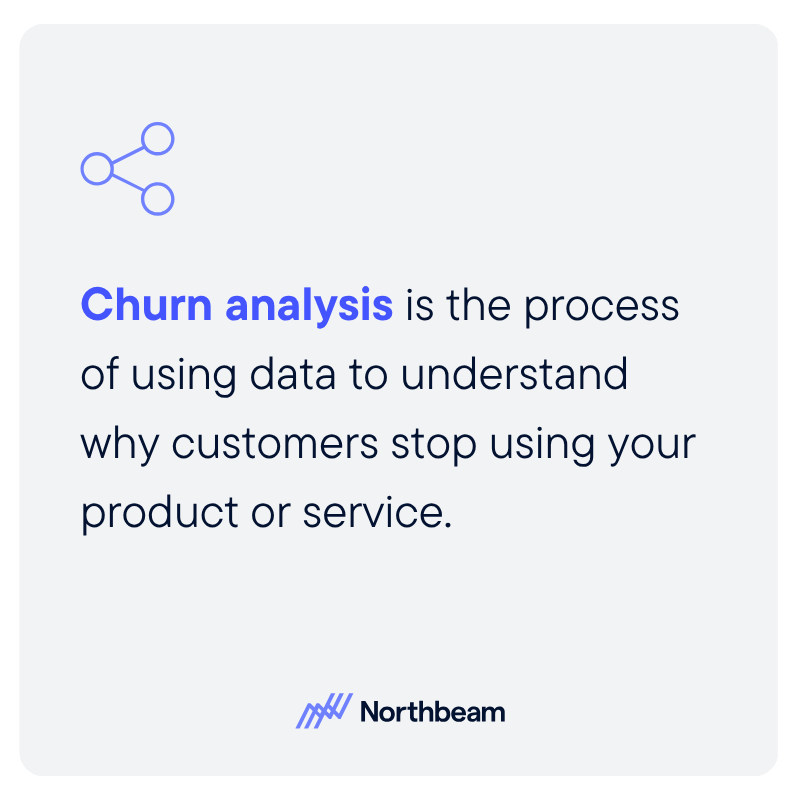
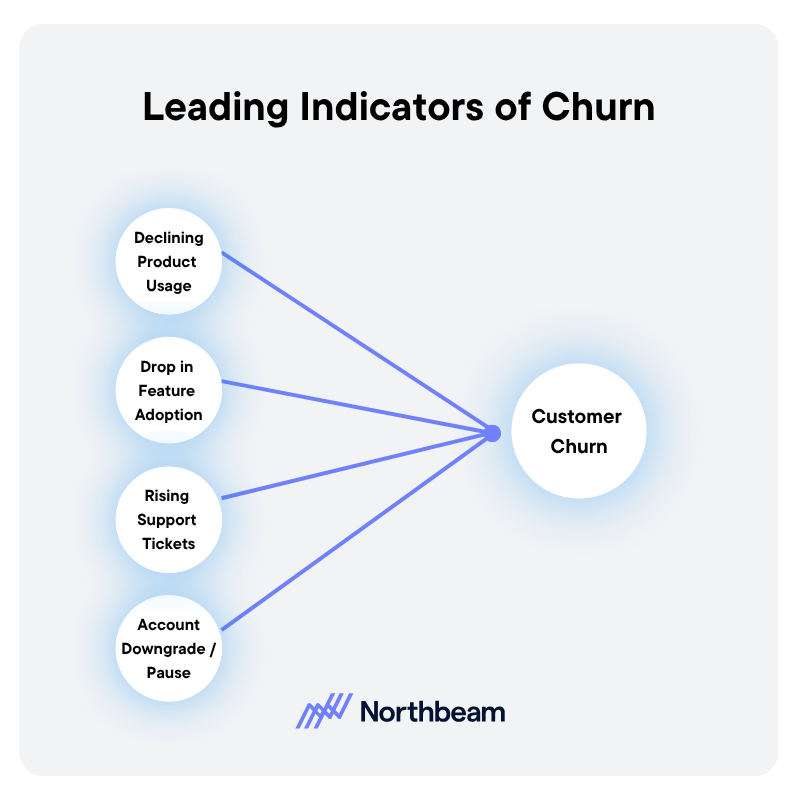
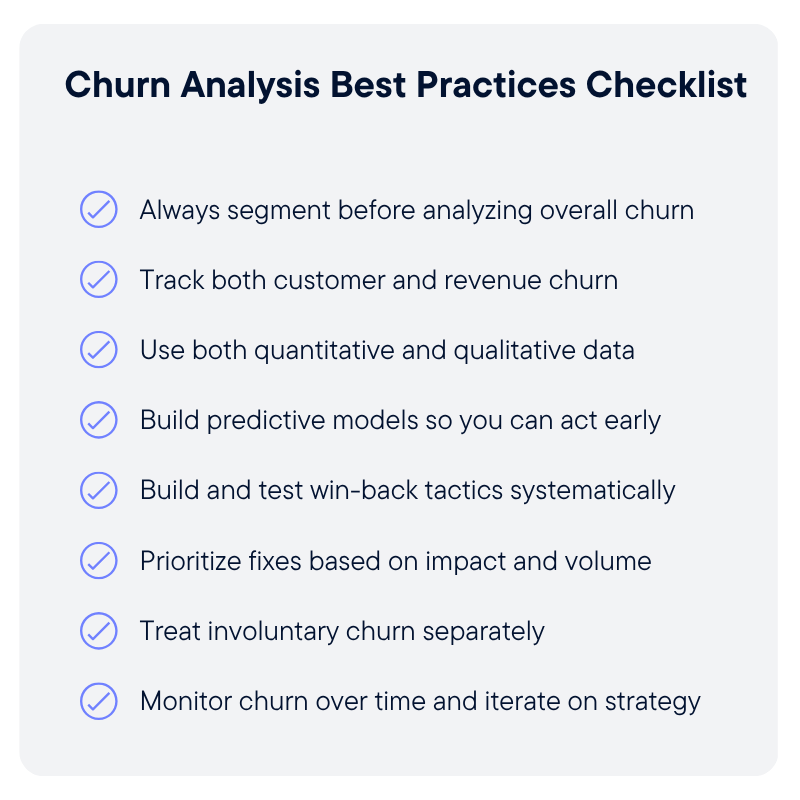
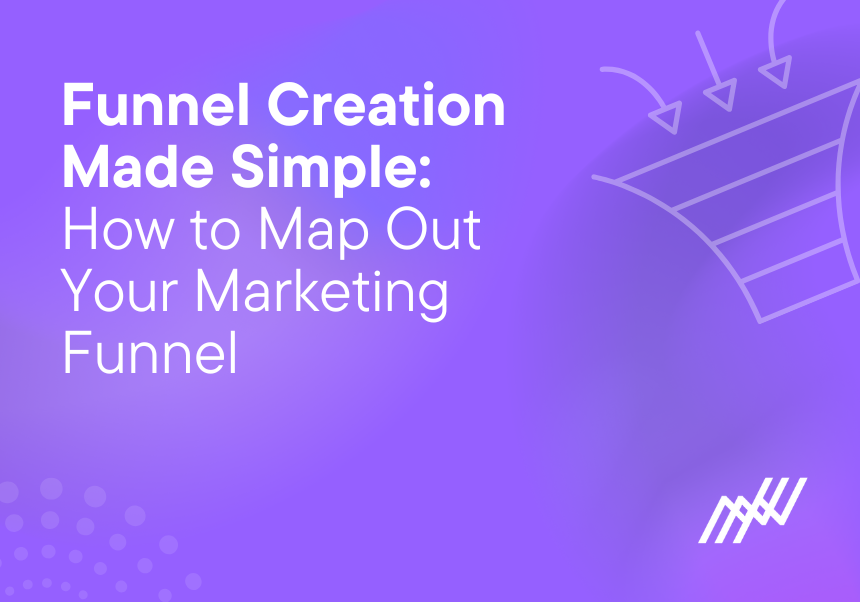
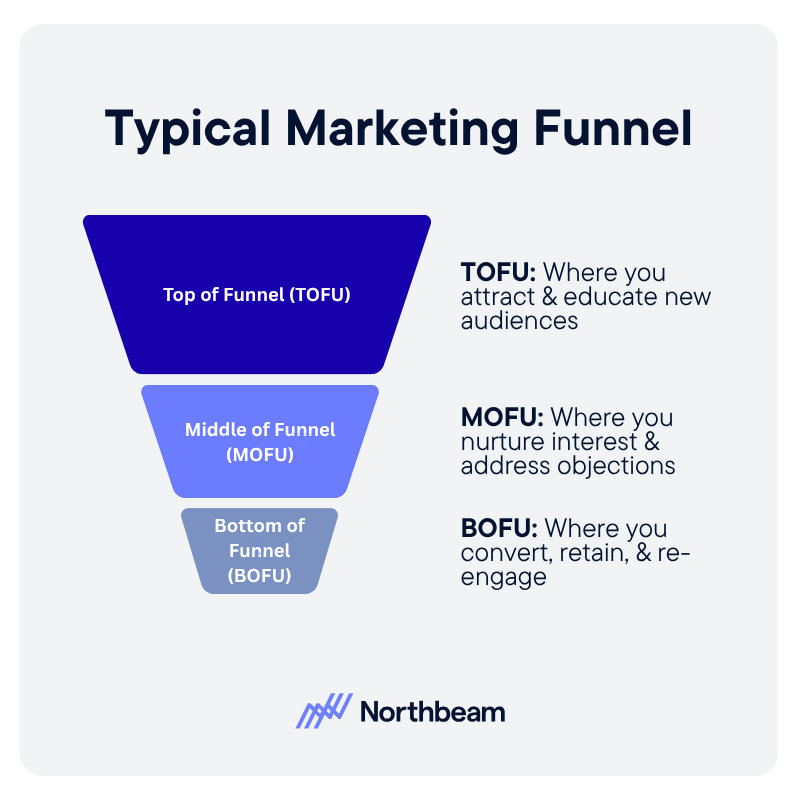
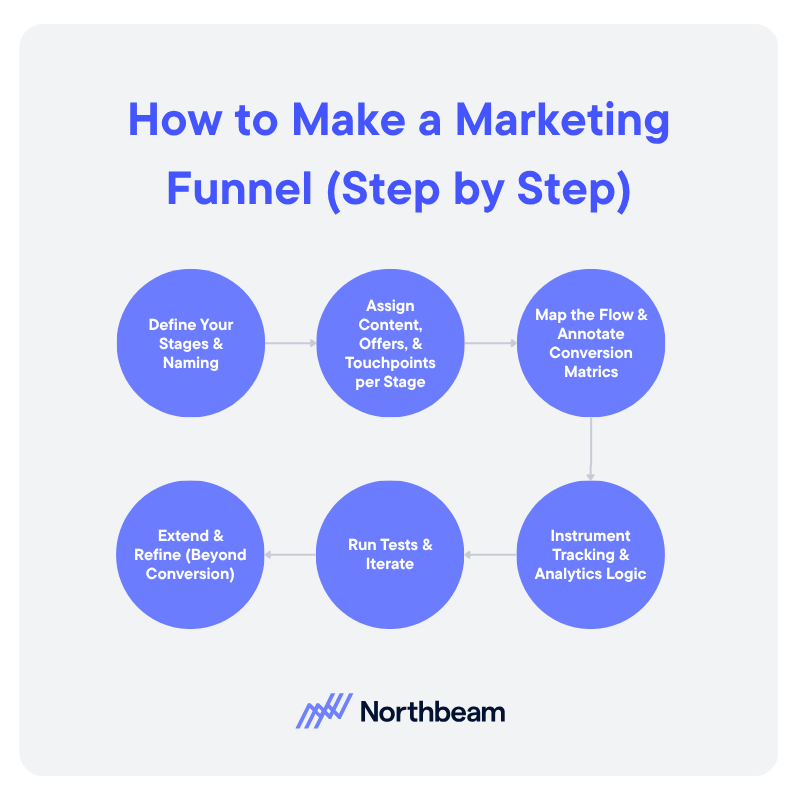
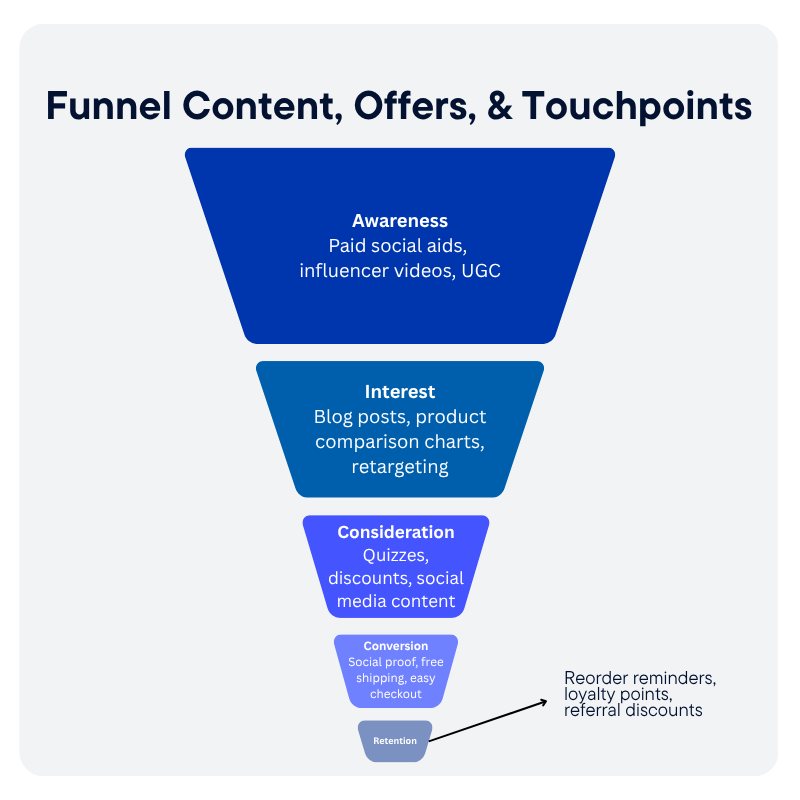
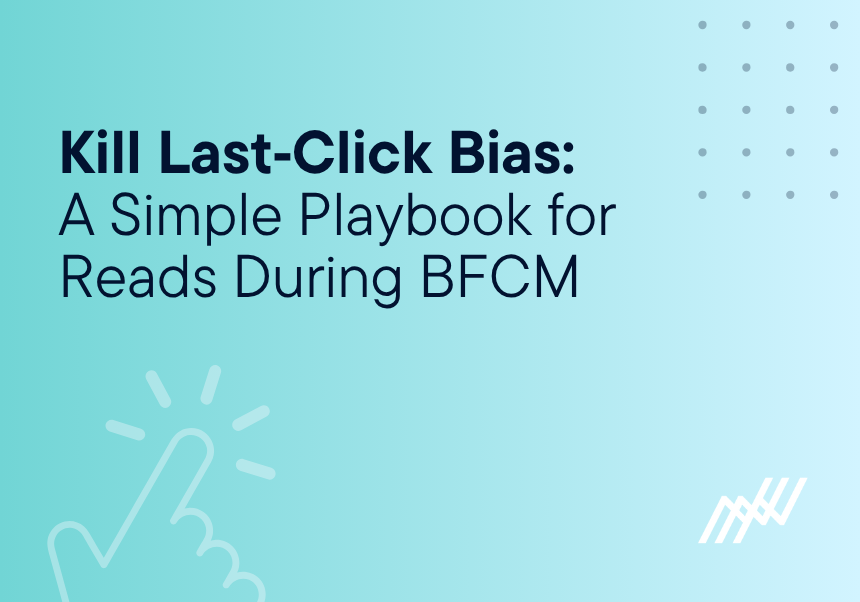

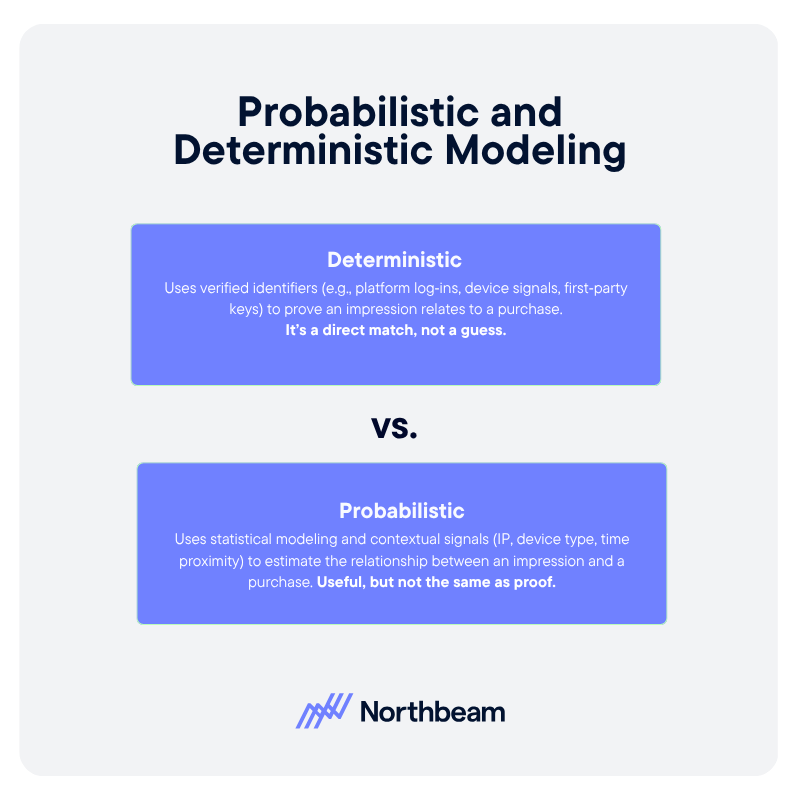

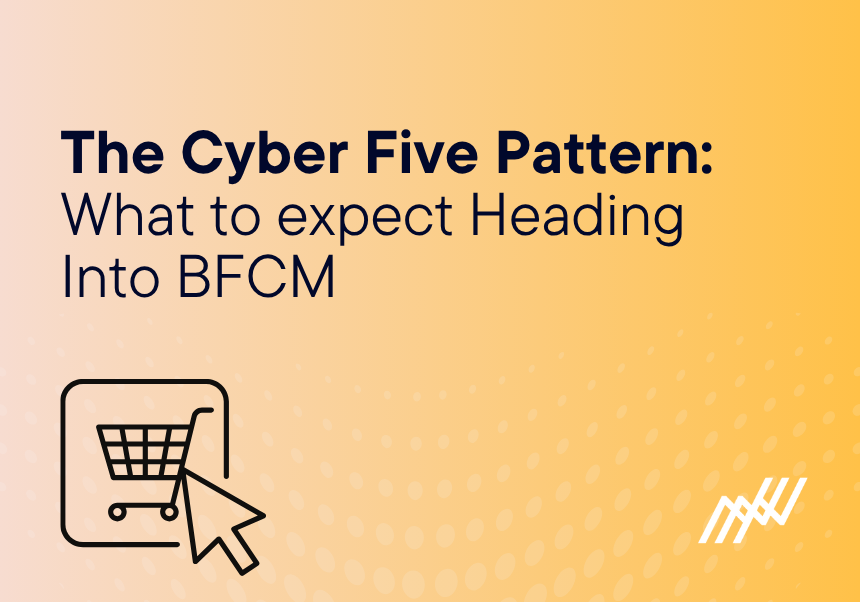


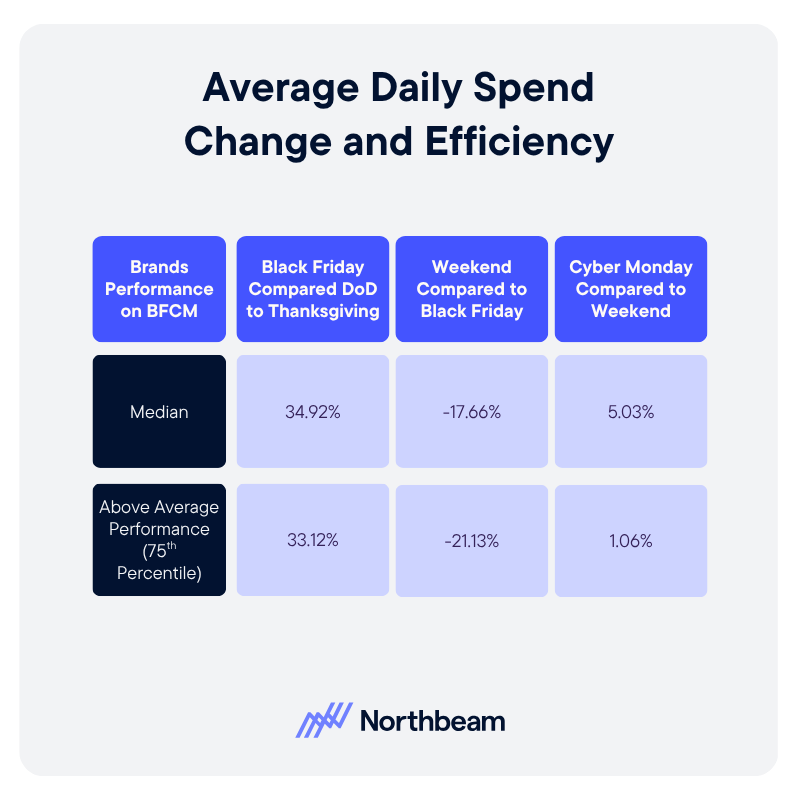
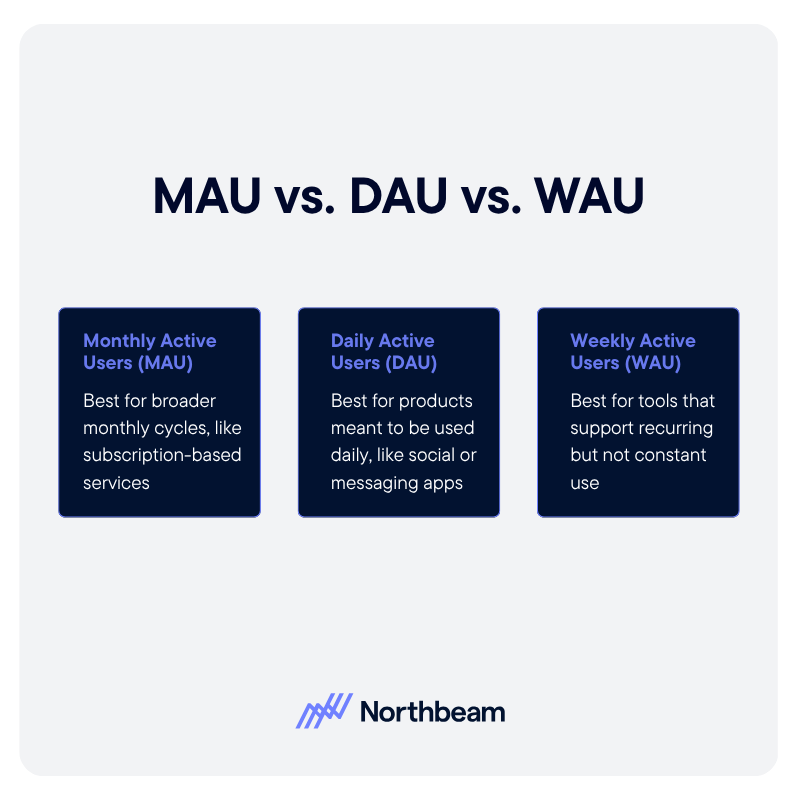

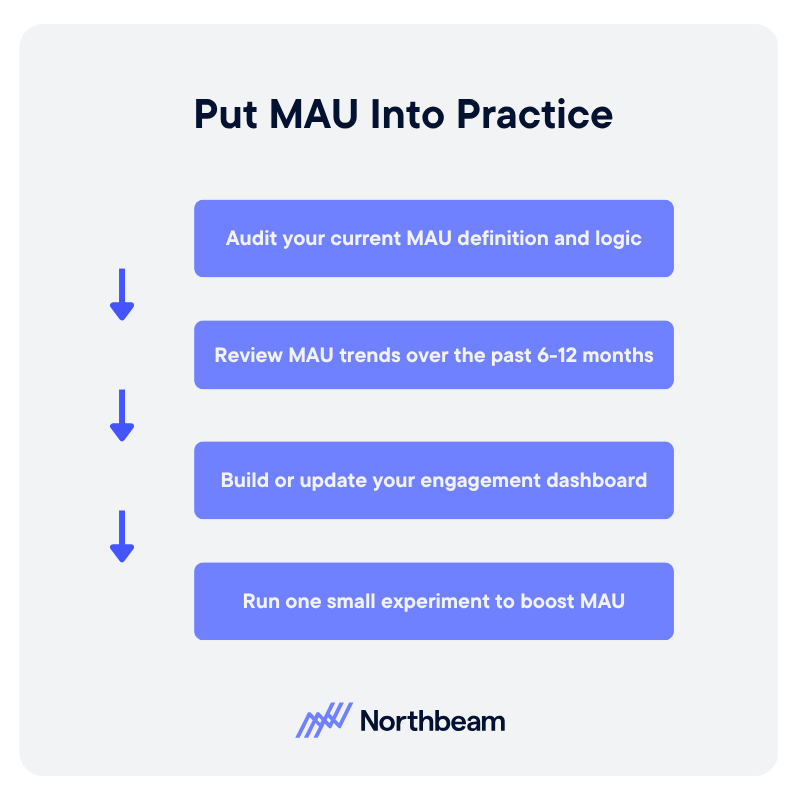
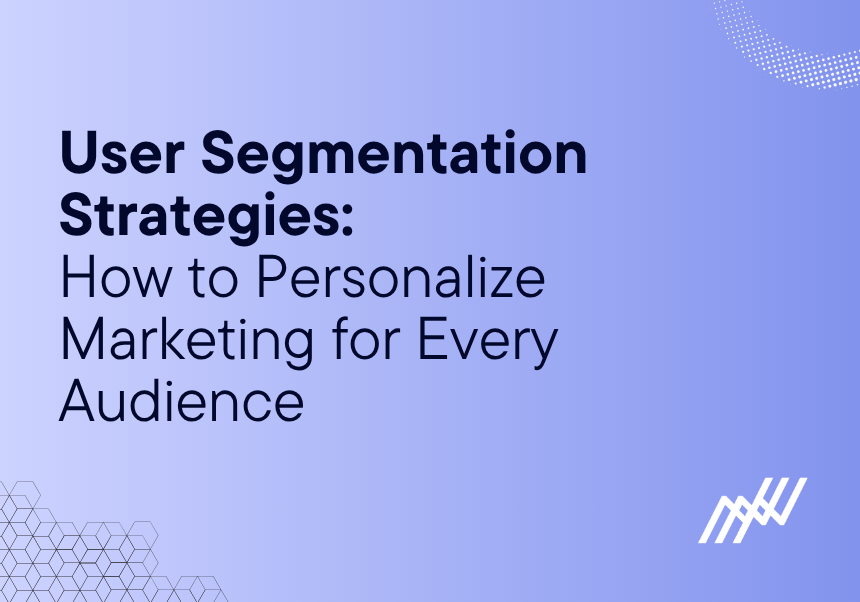
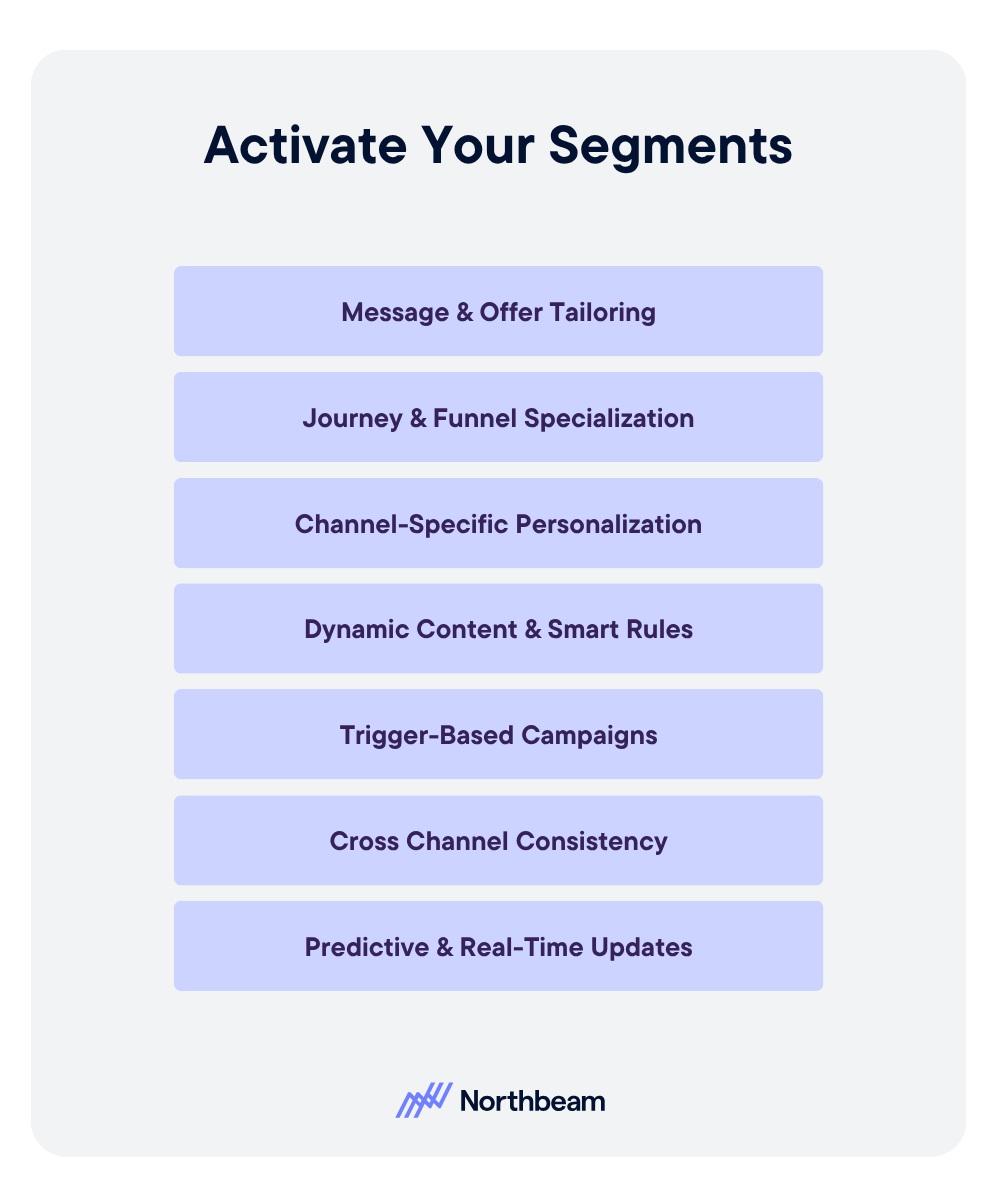
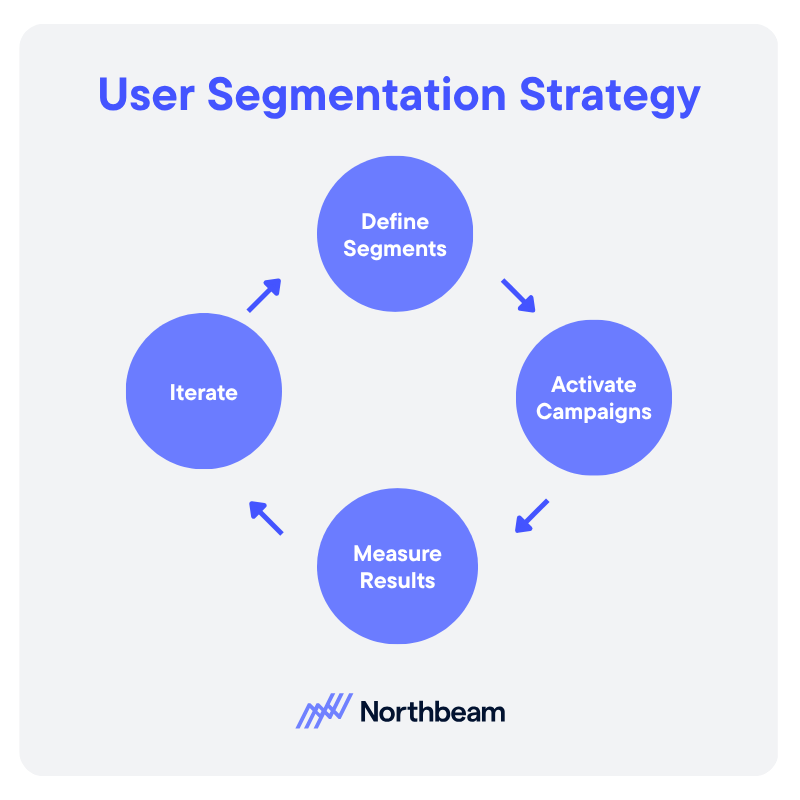
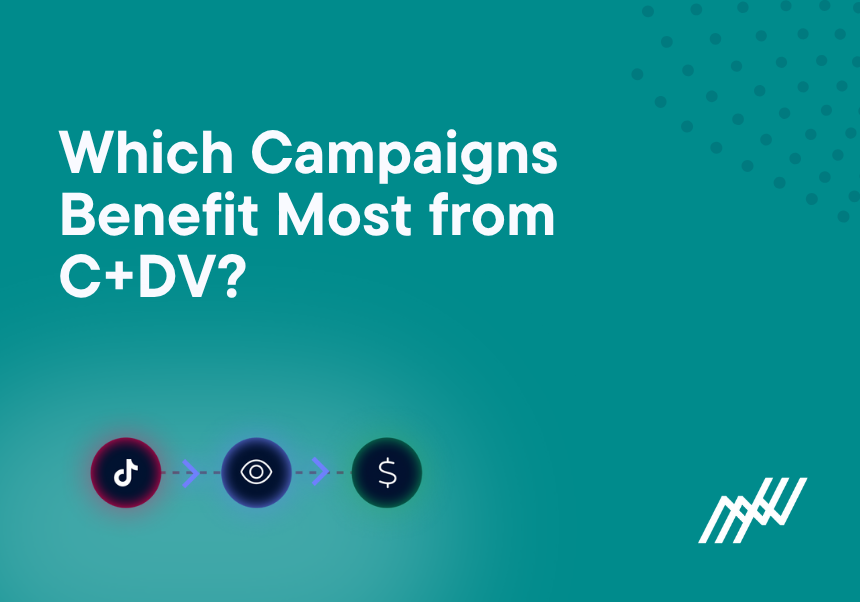

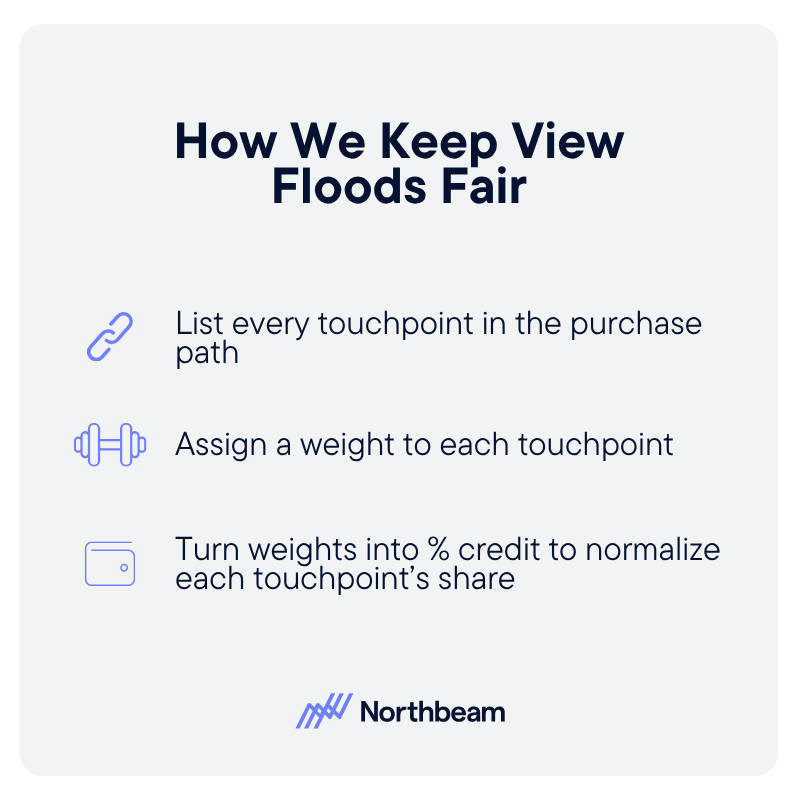
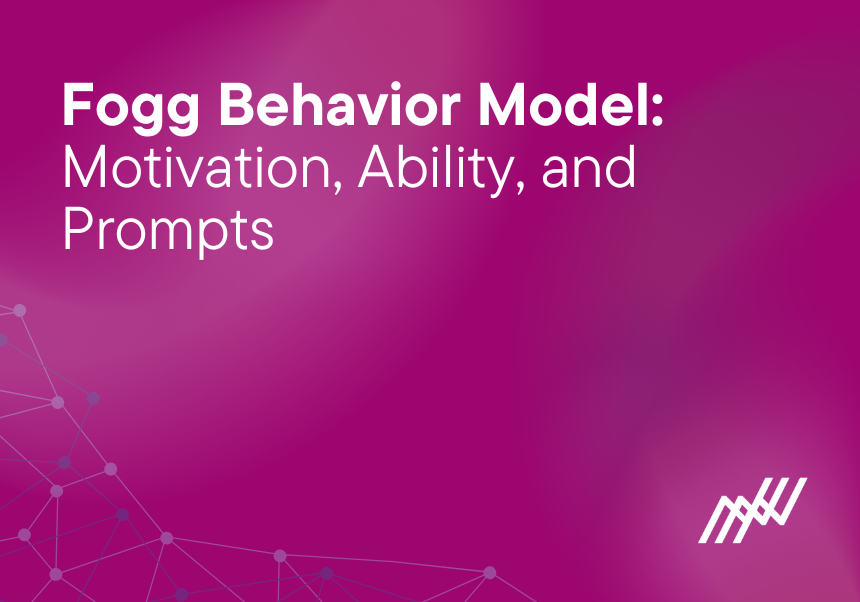


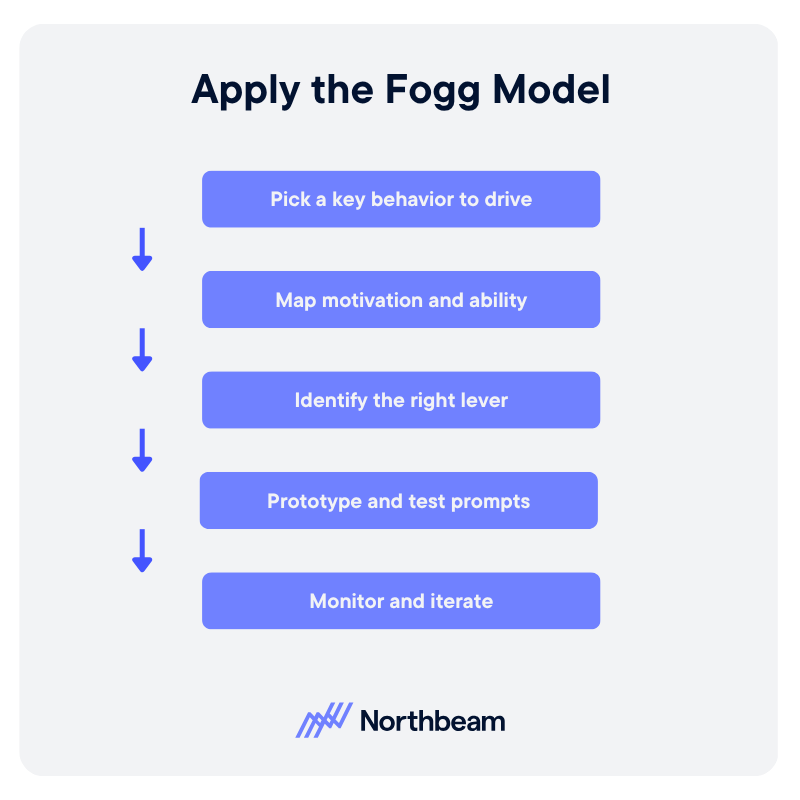

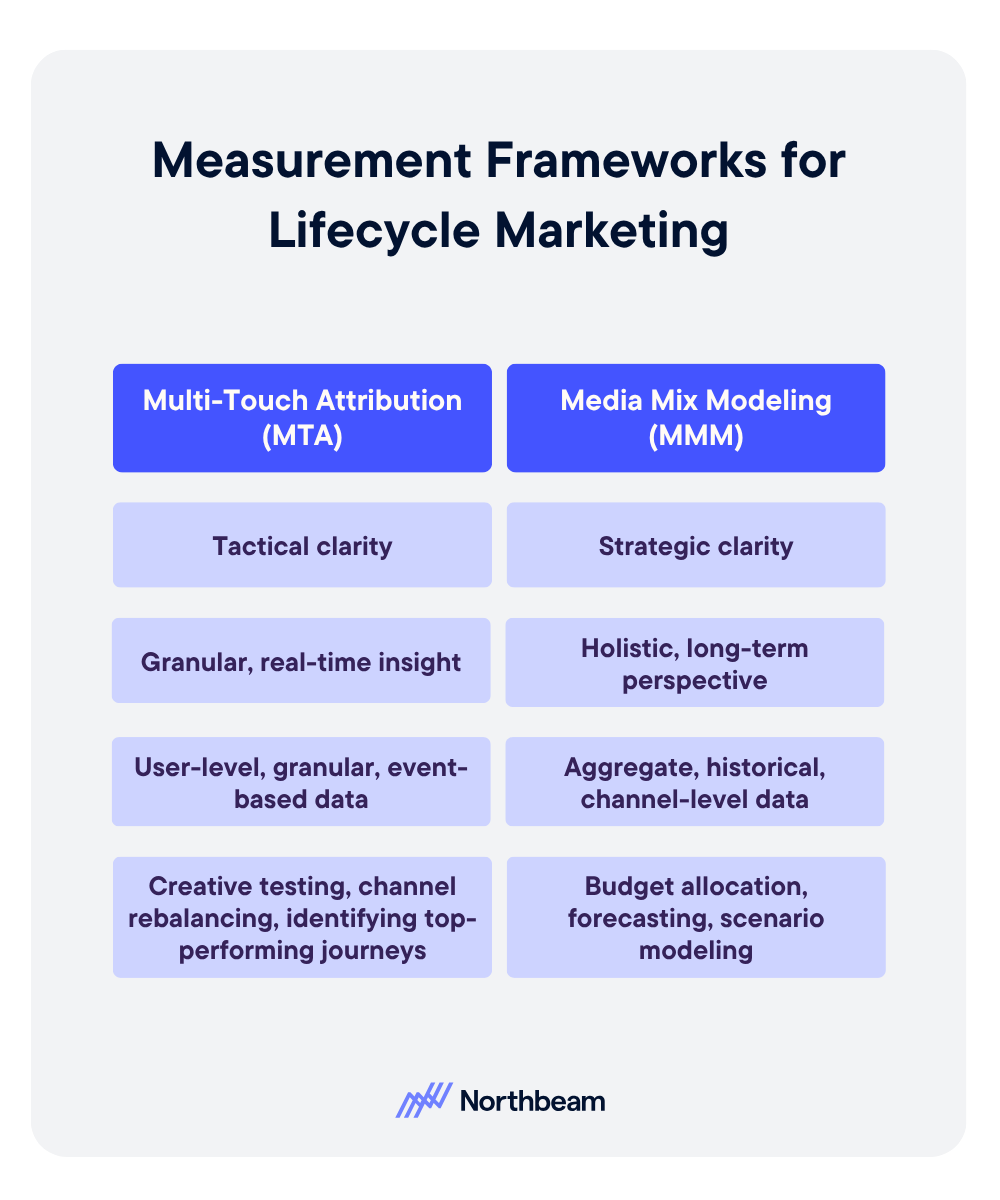
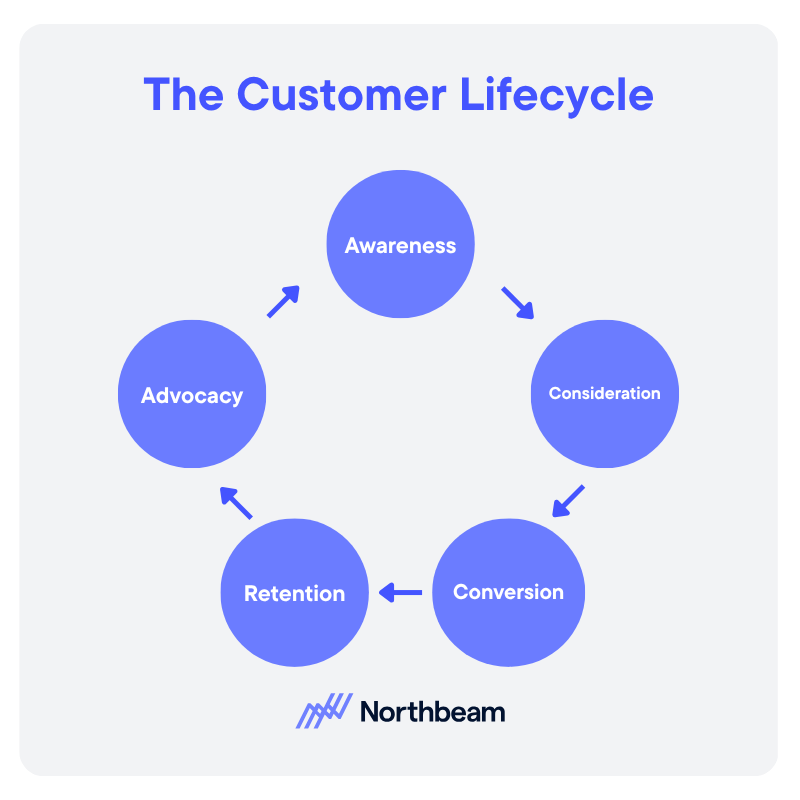
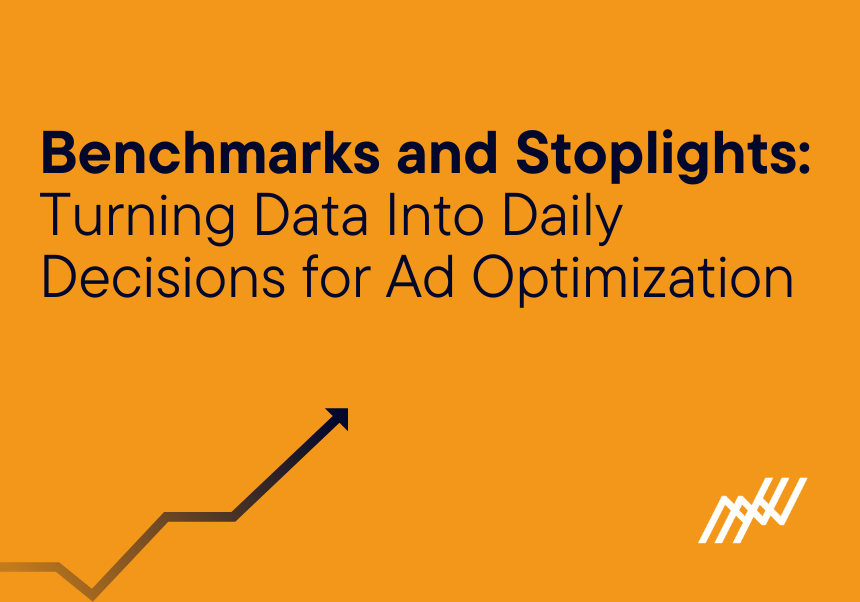
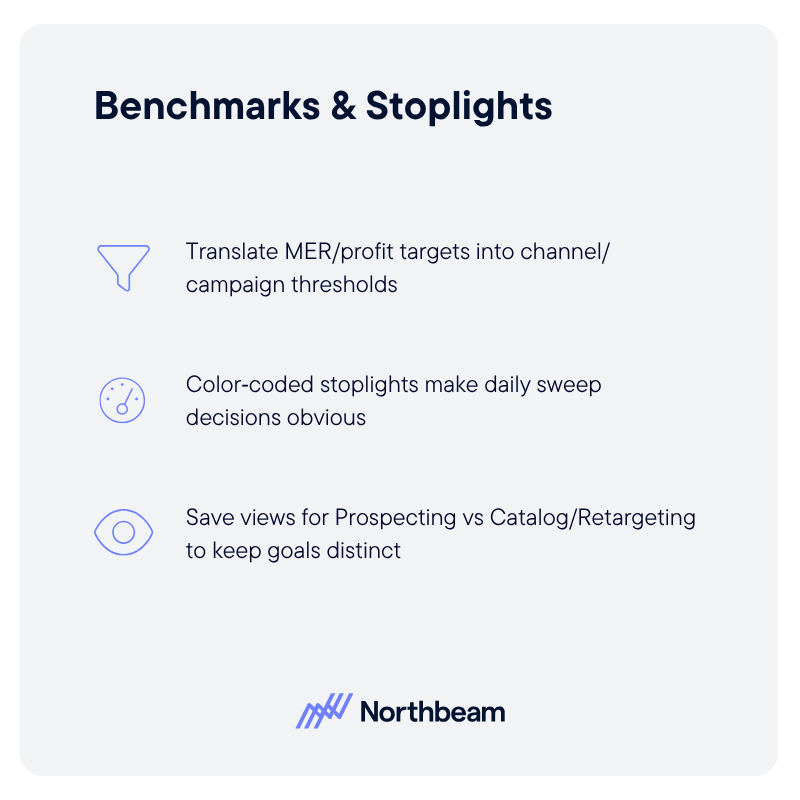
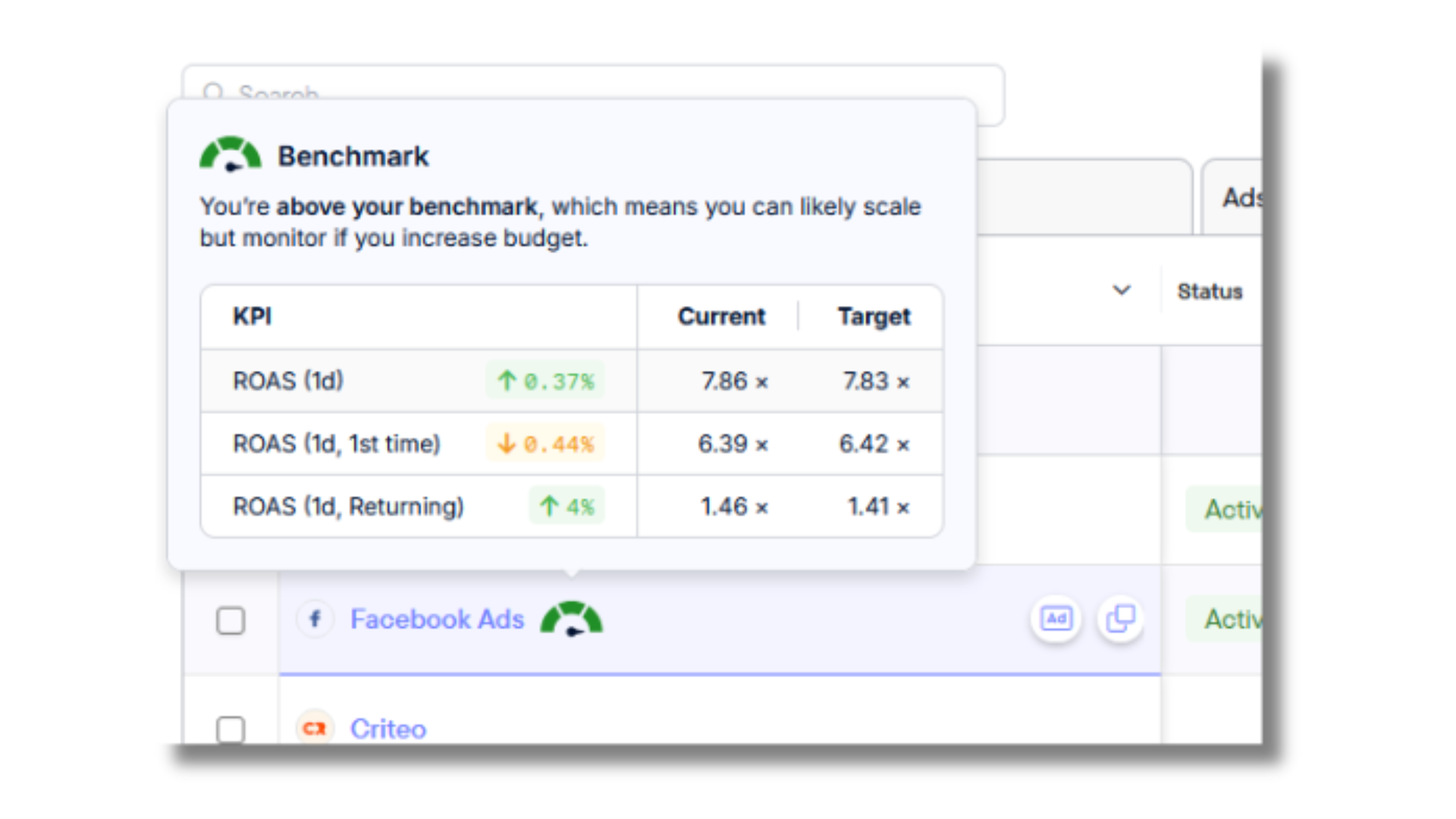
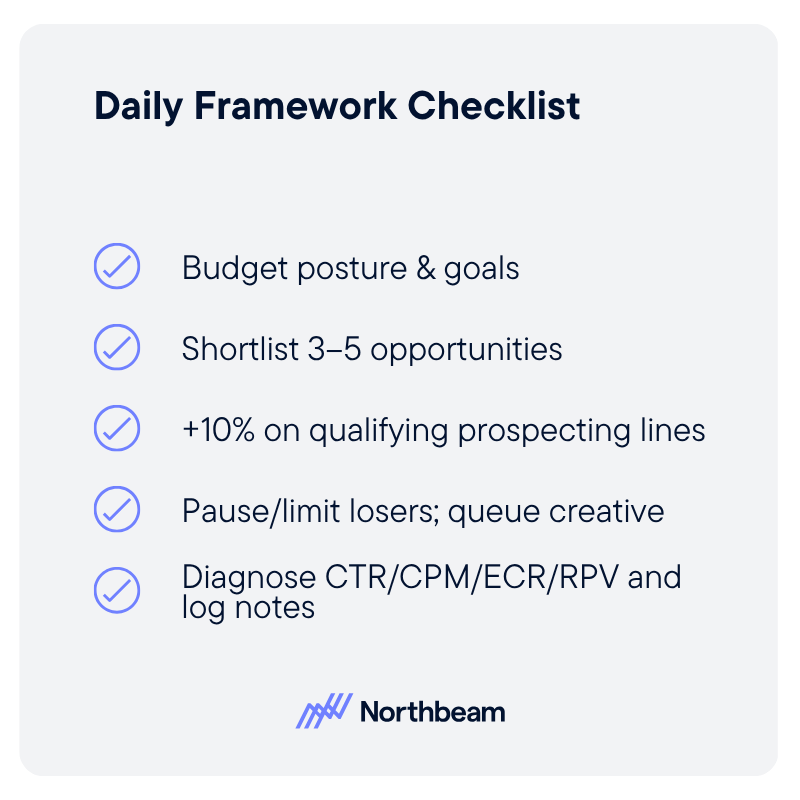
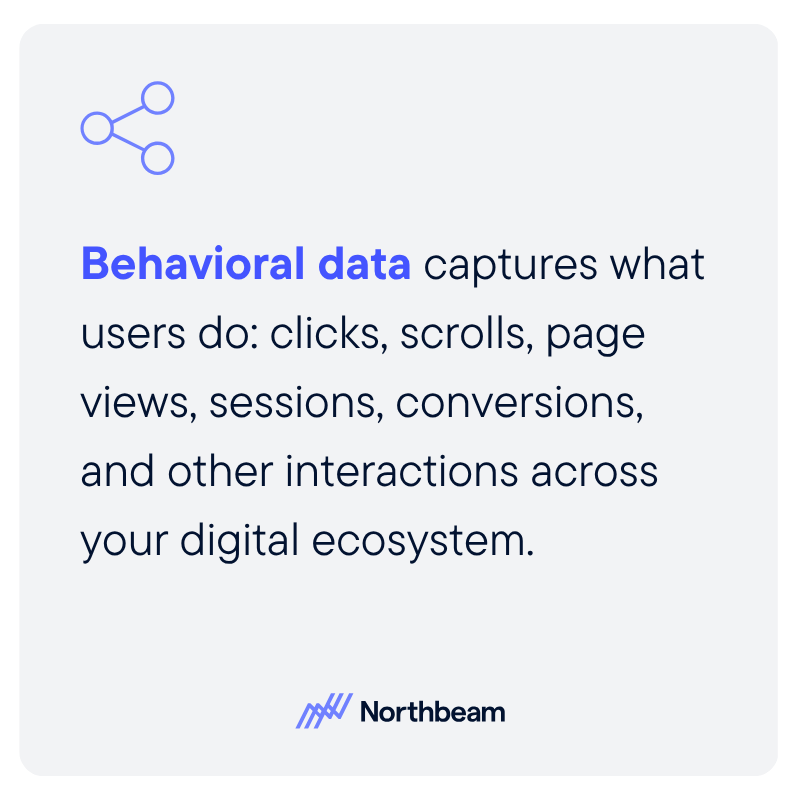
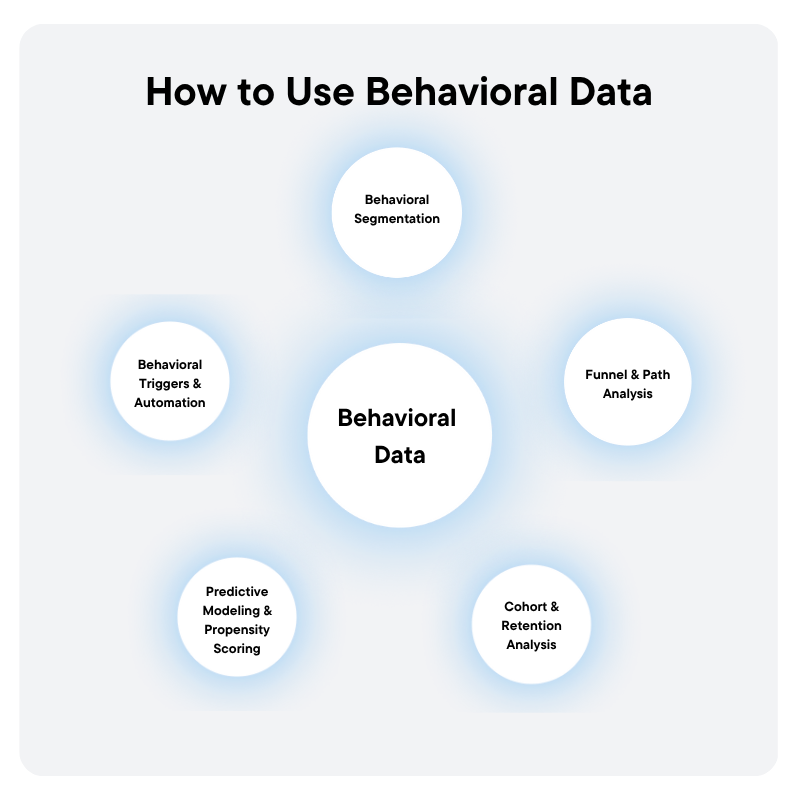

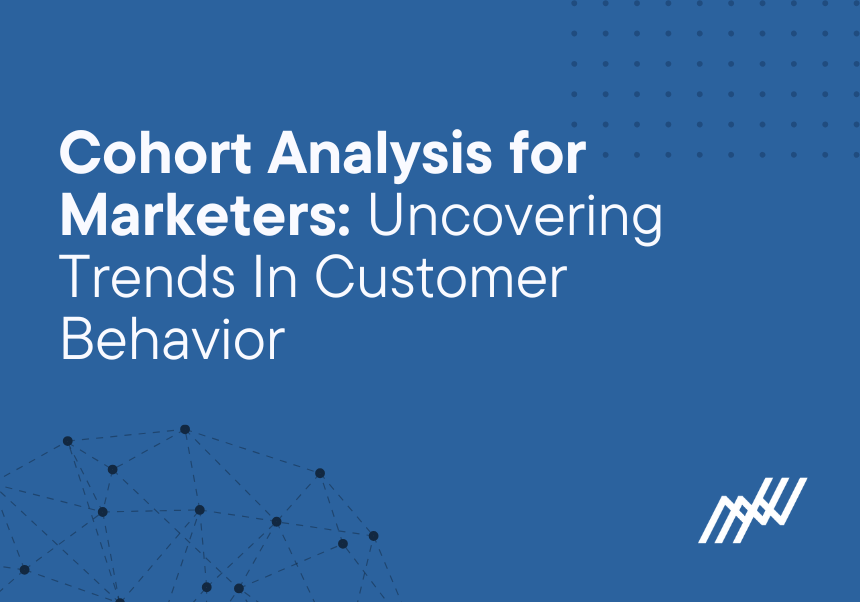
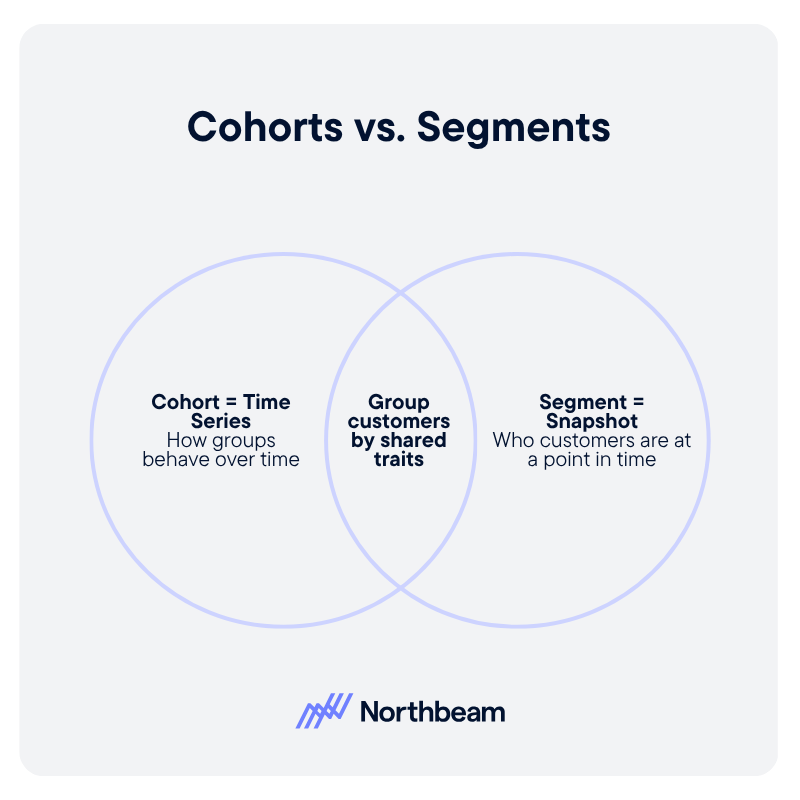
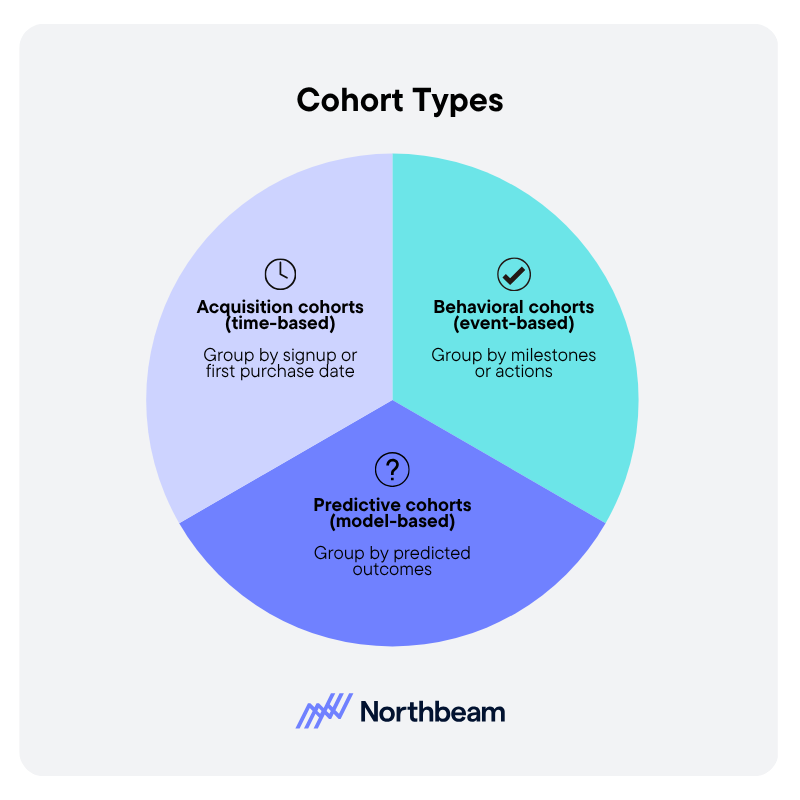
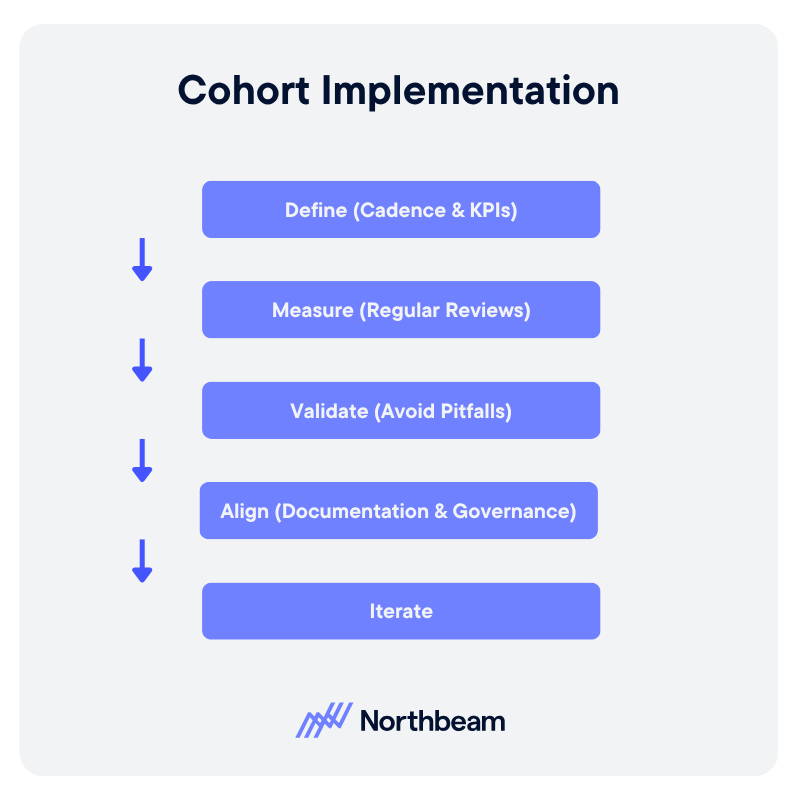
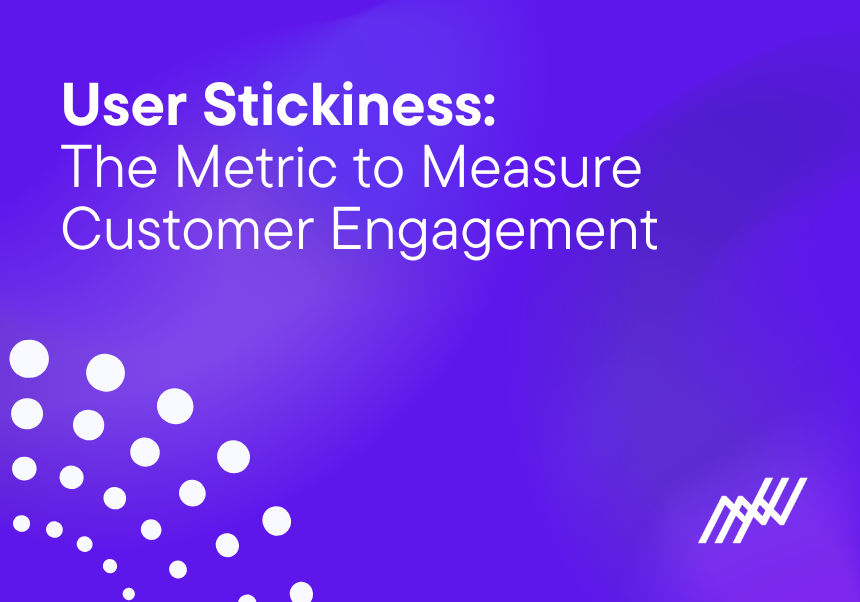
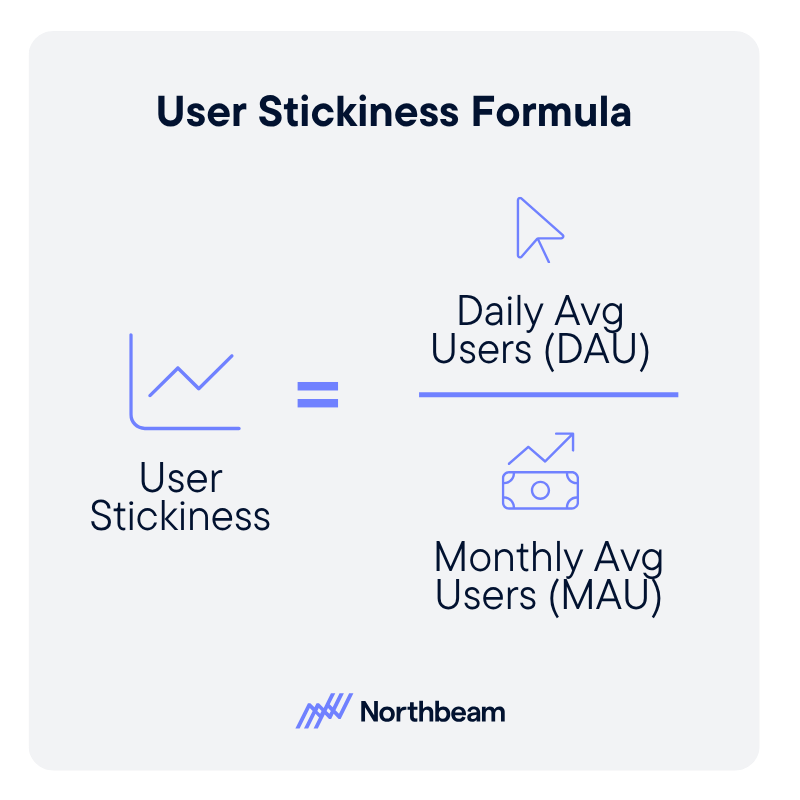
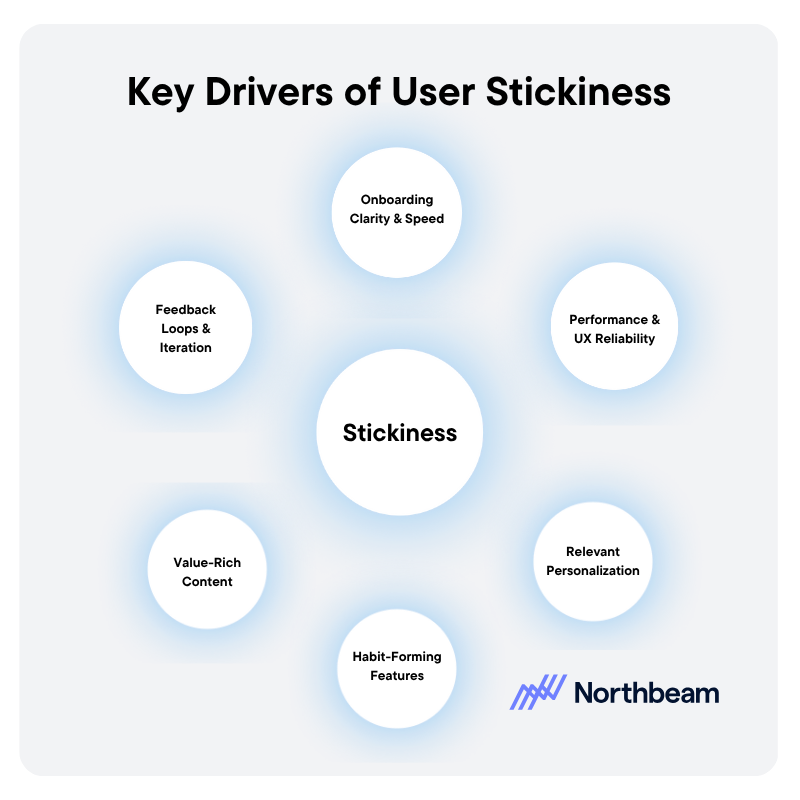
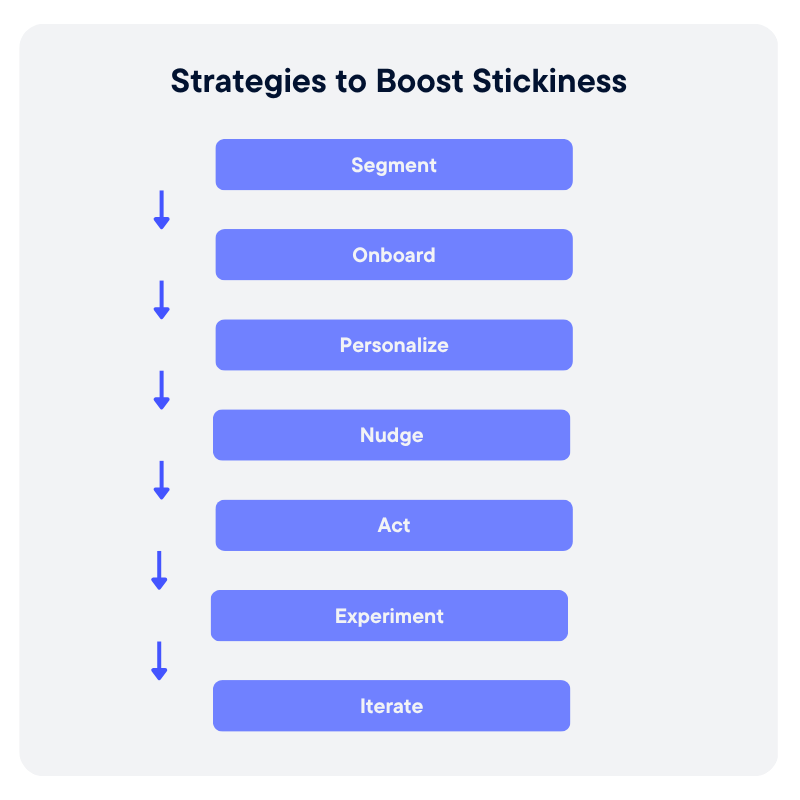

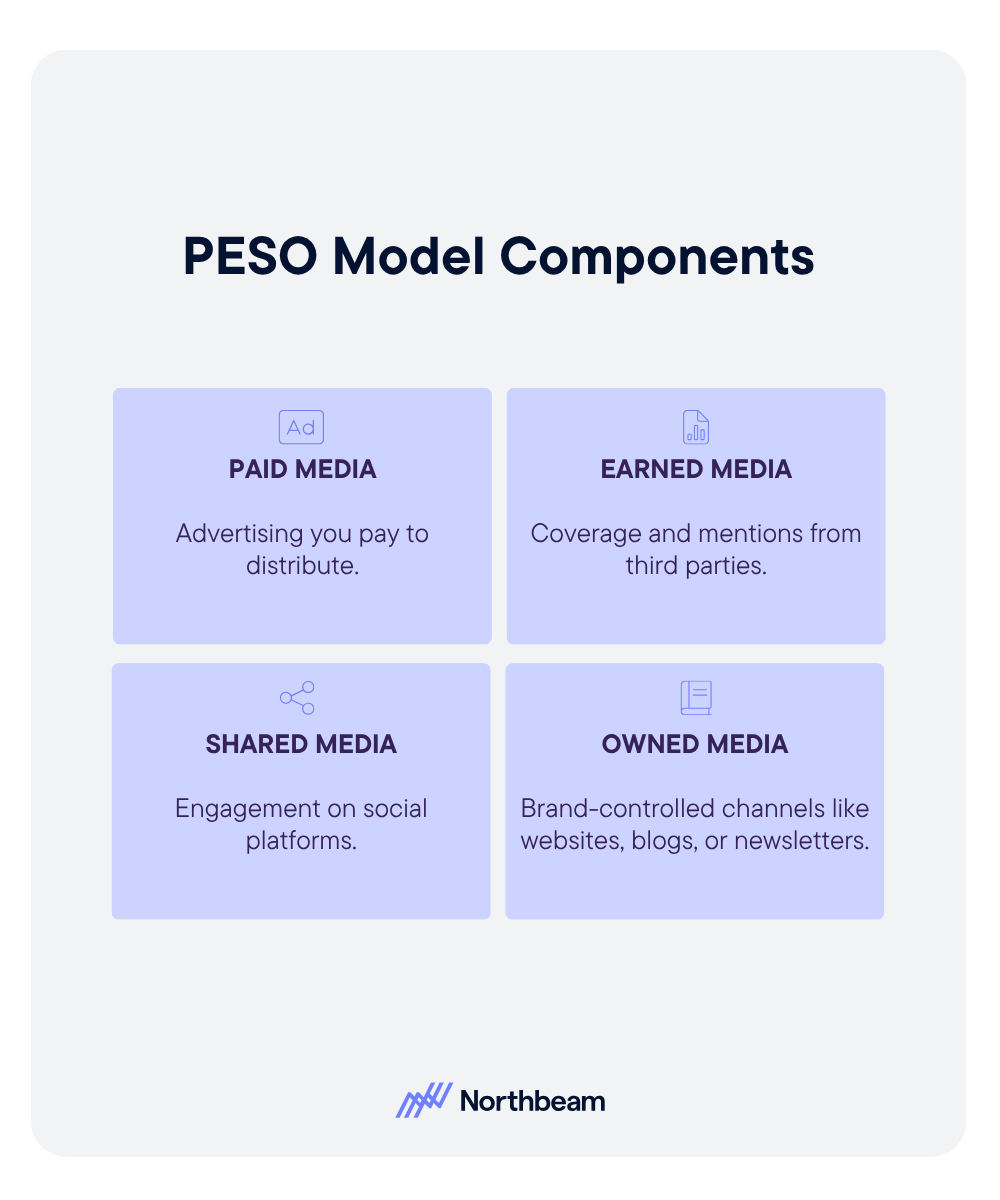
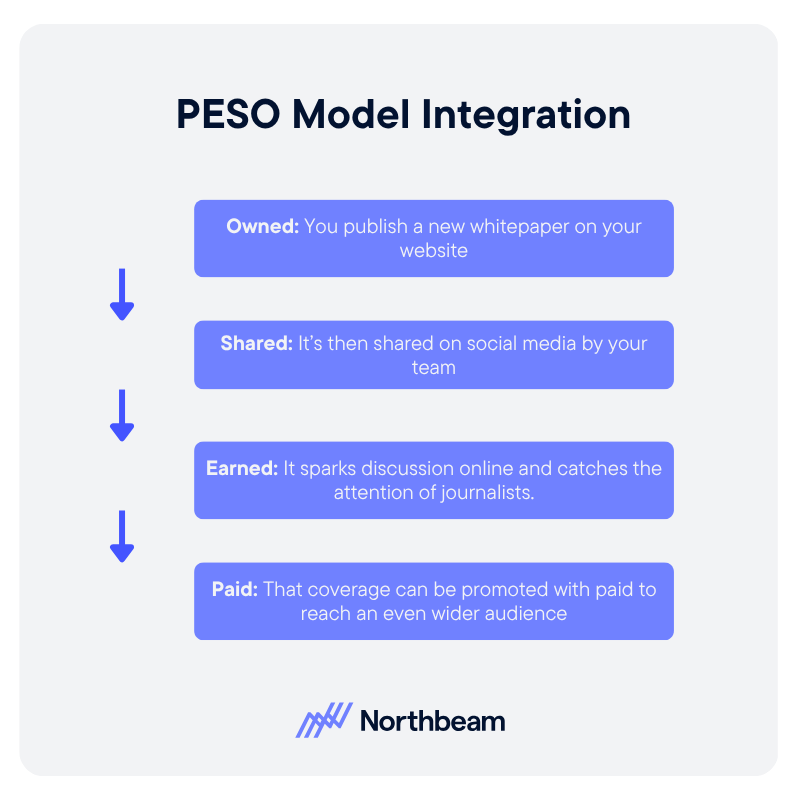
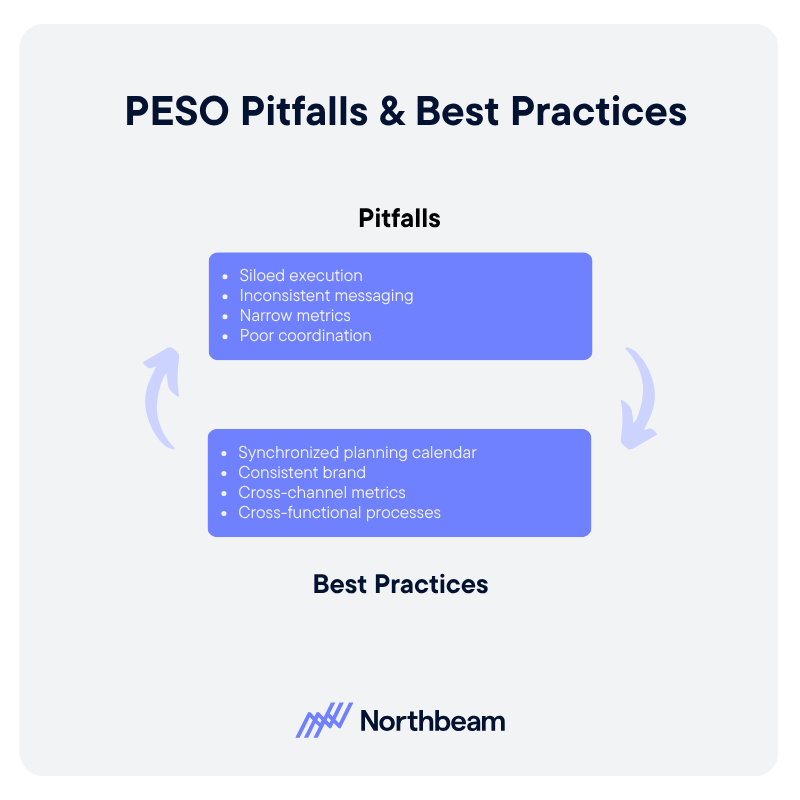
.png)


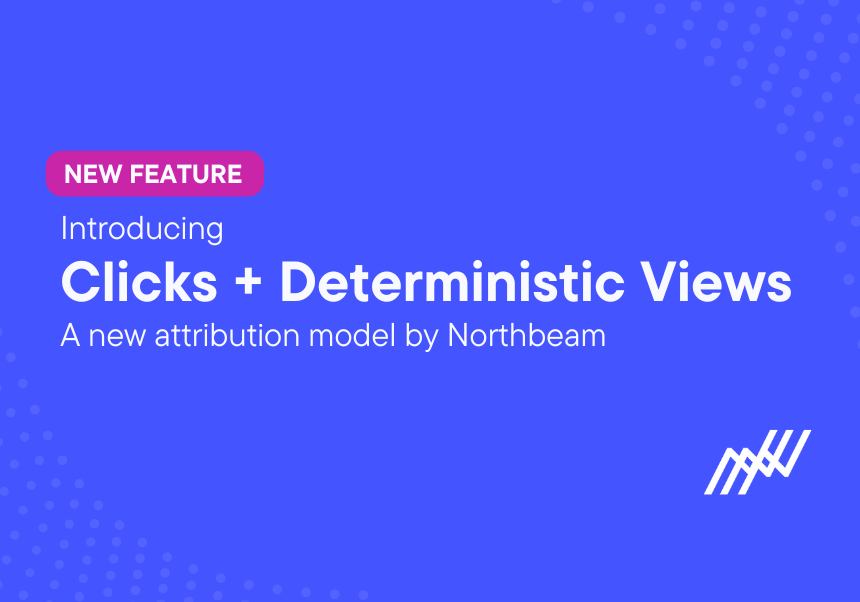


.png)
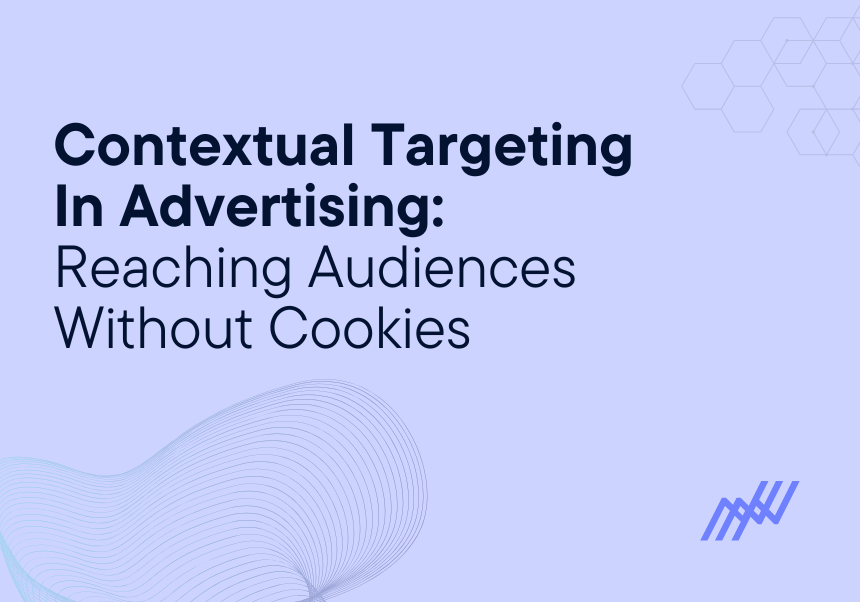




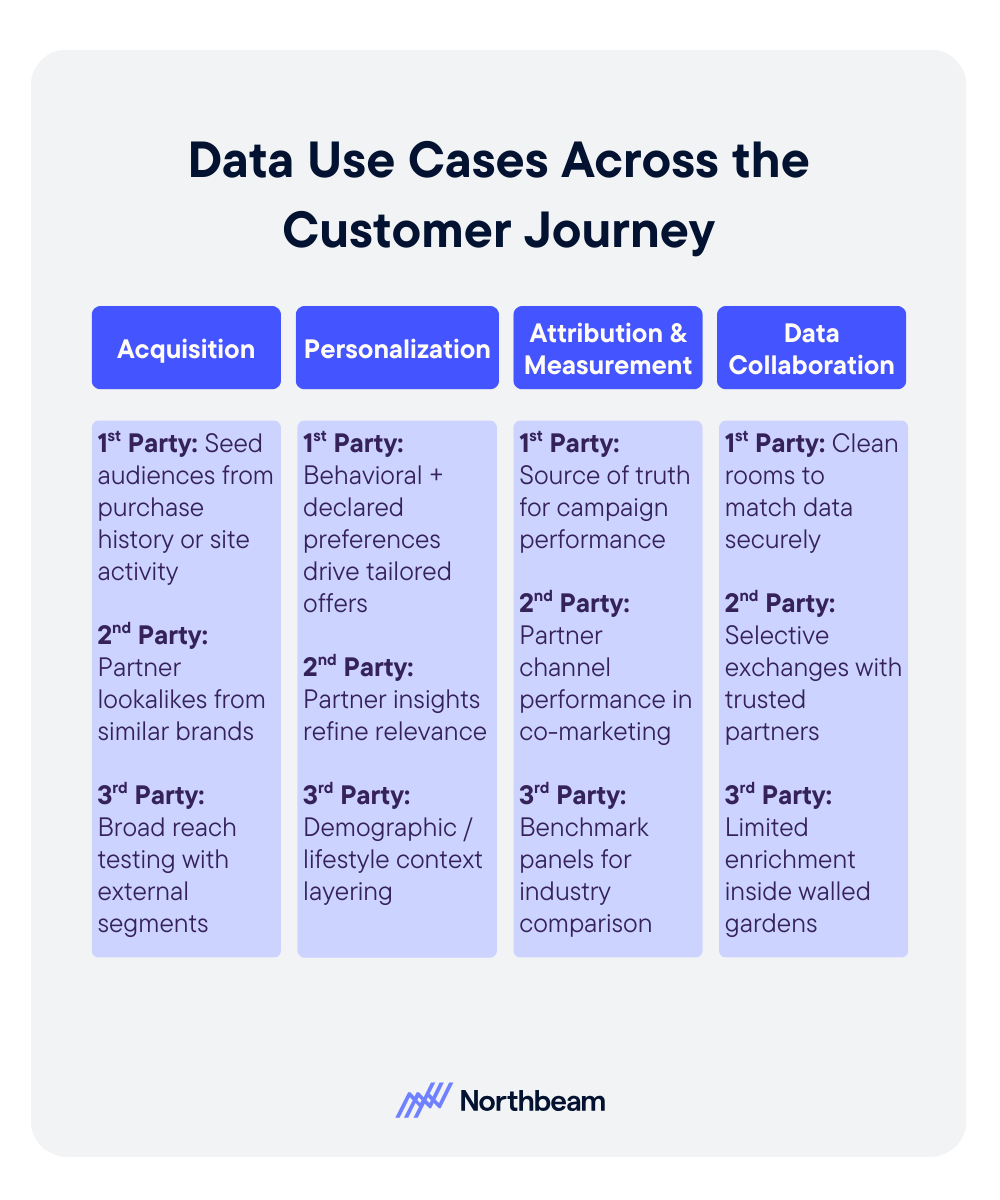

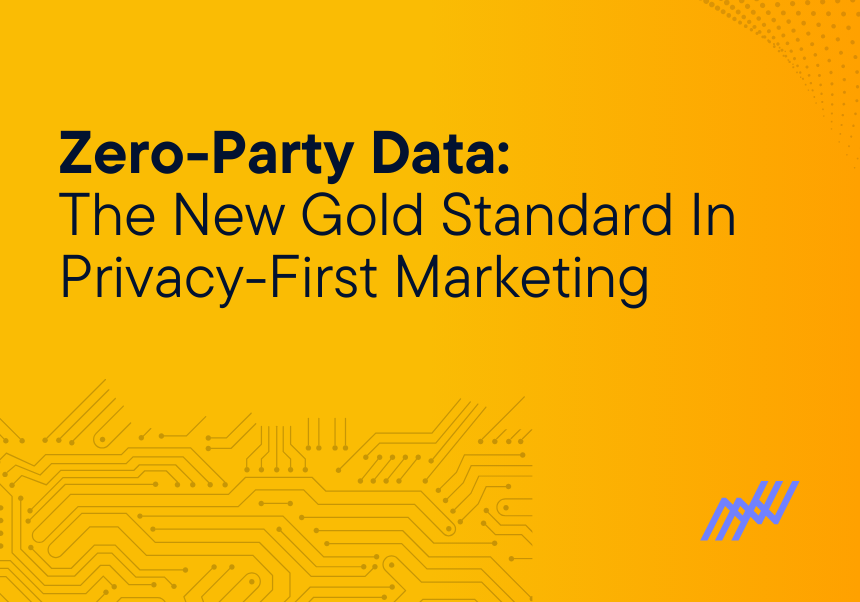
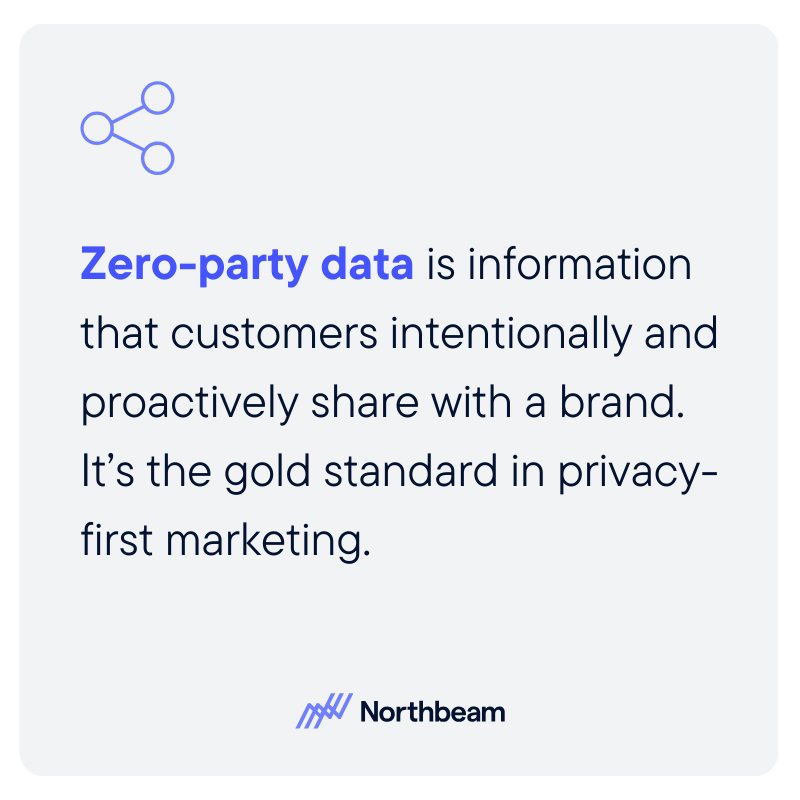
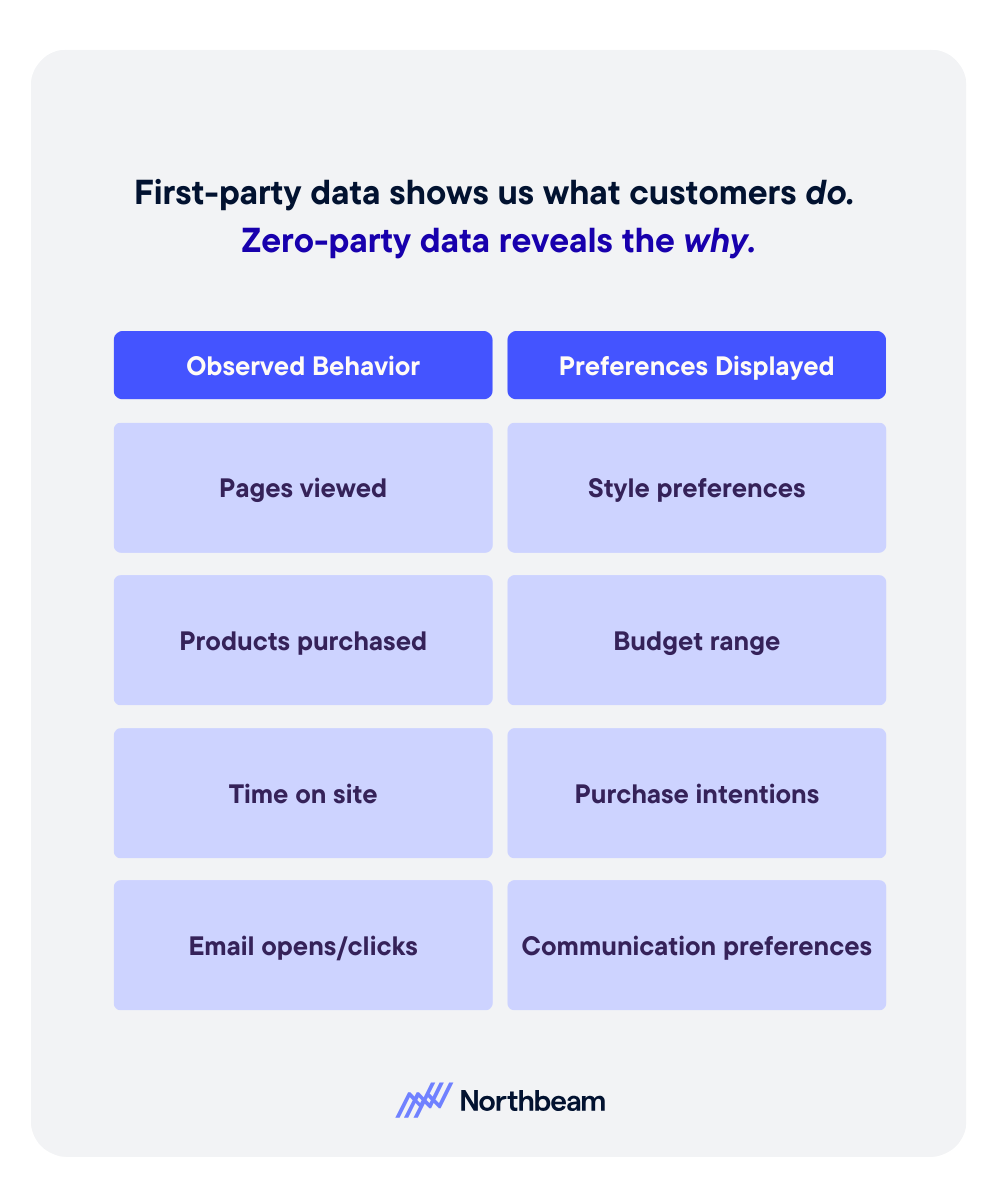
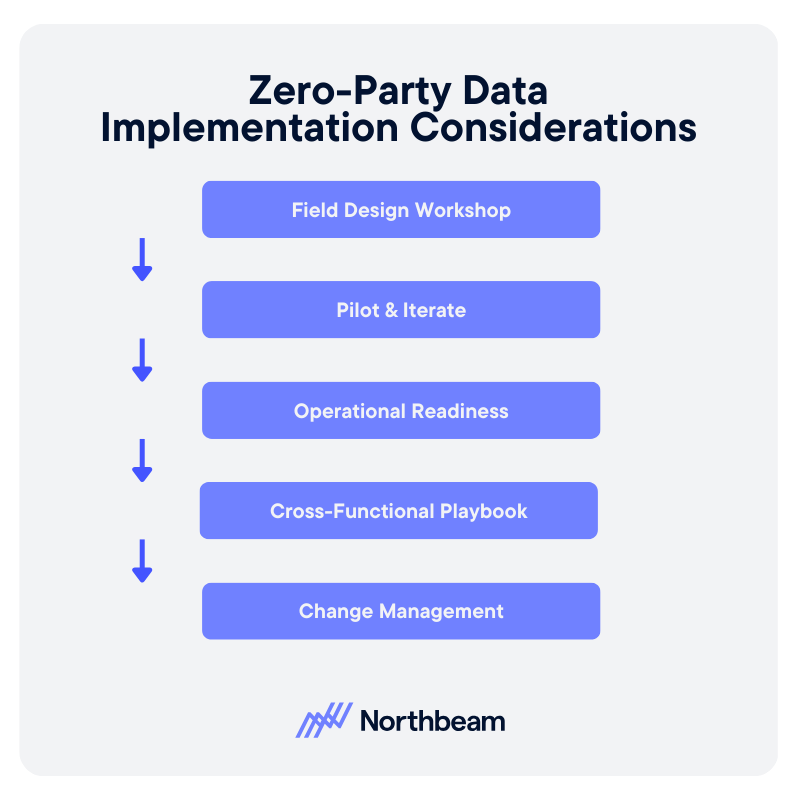



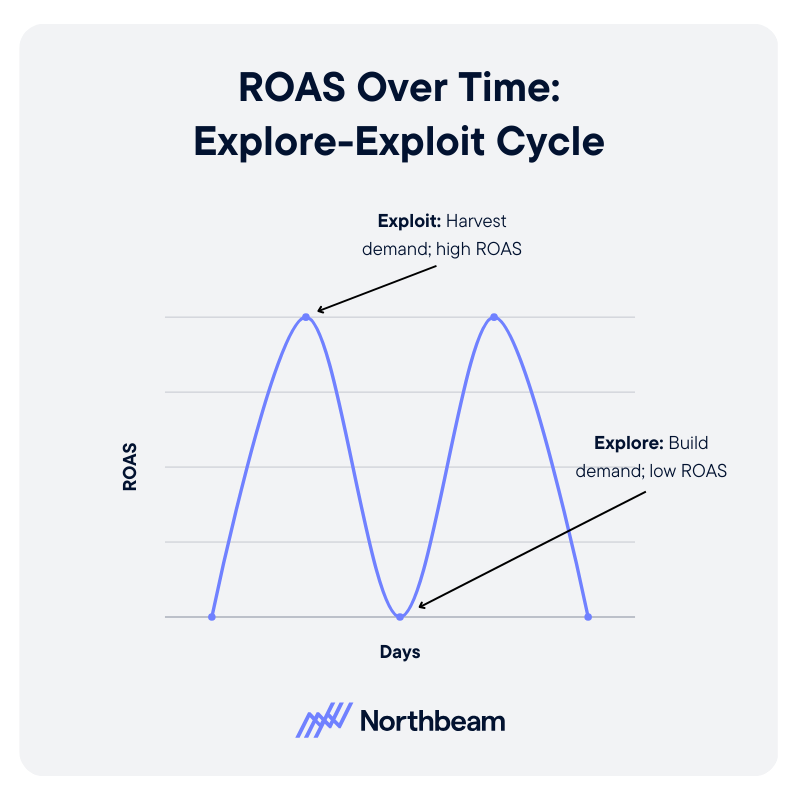
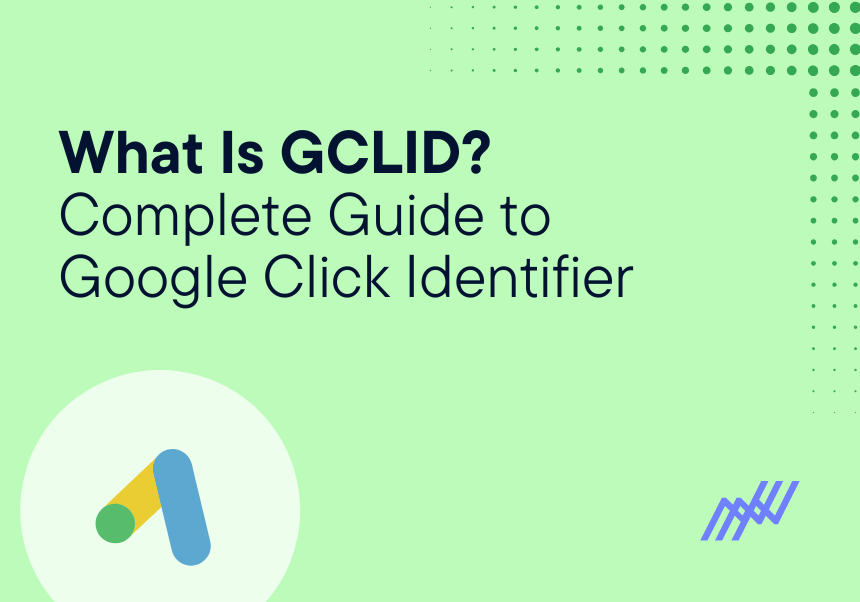
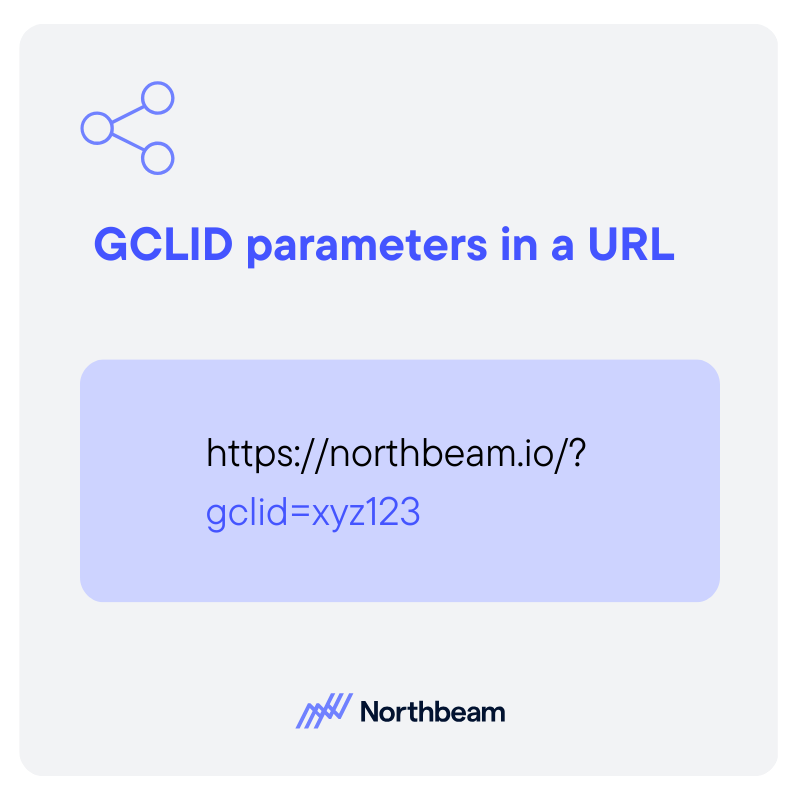
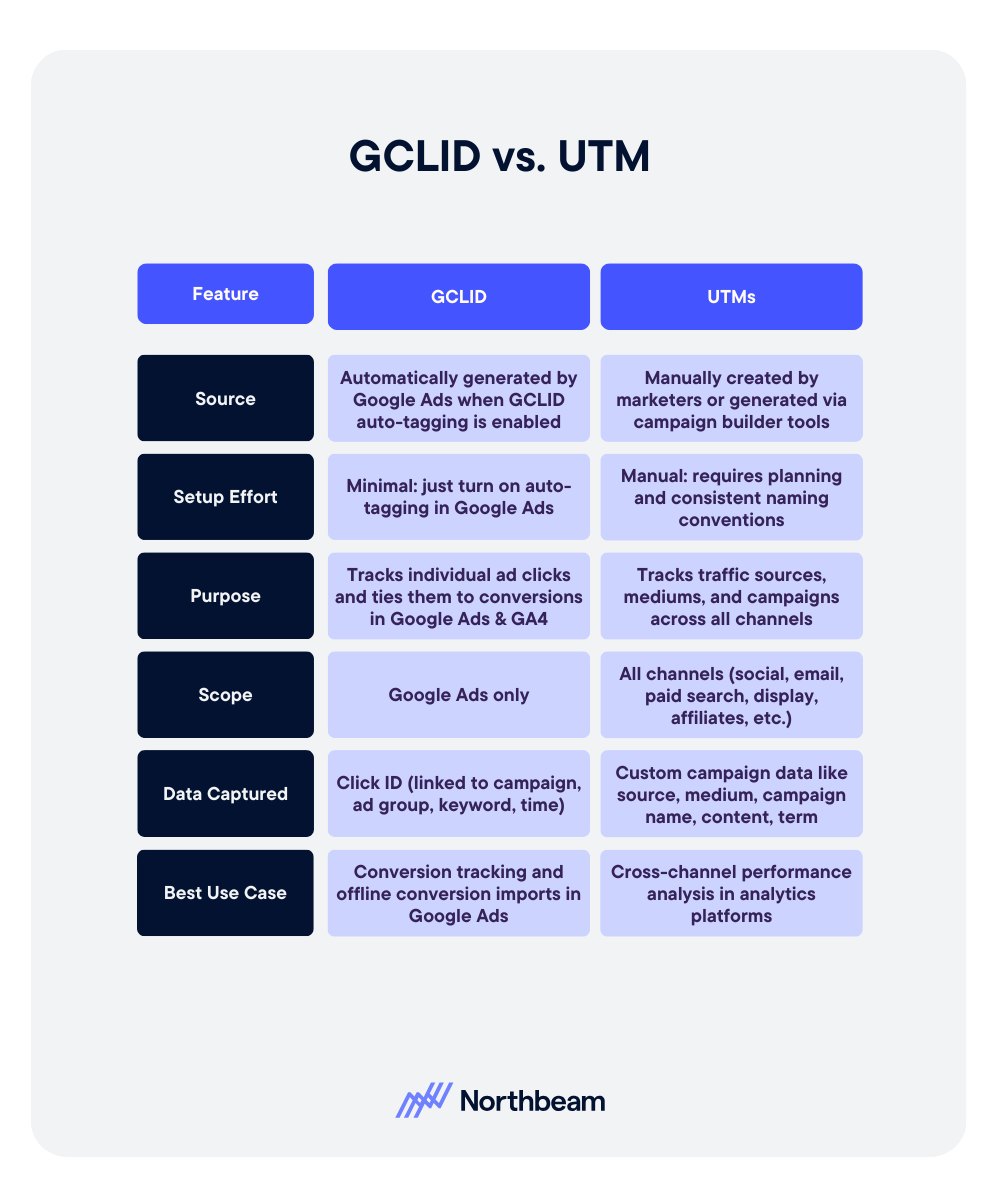
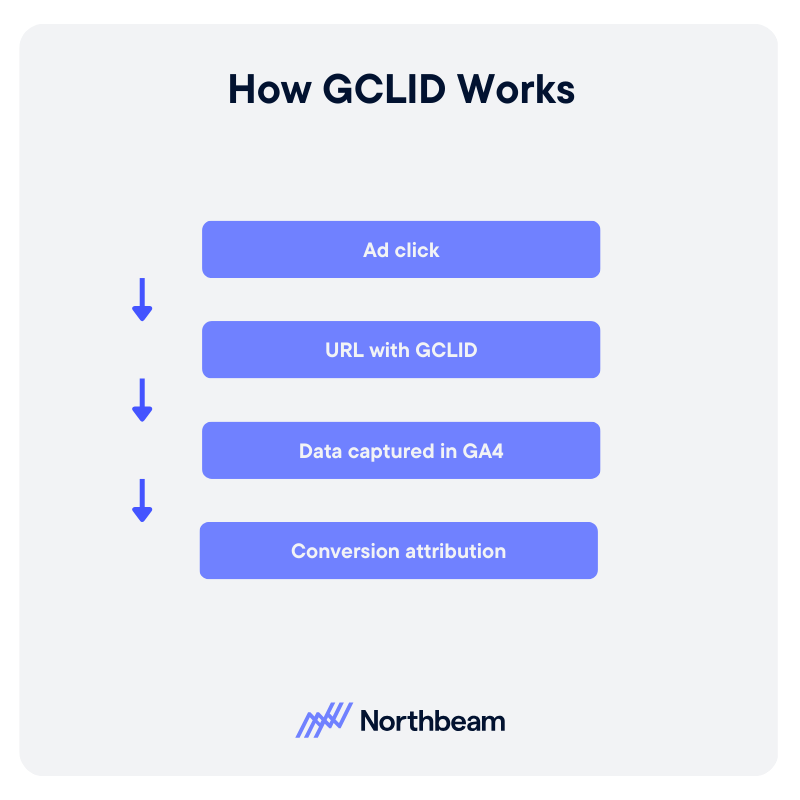
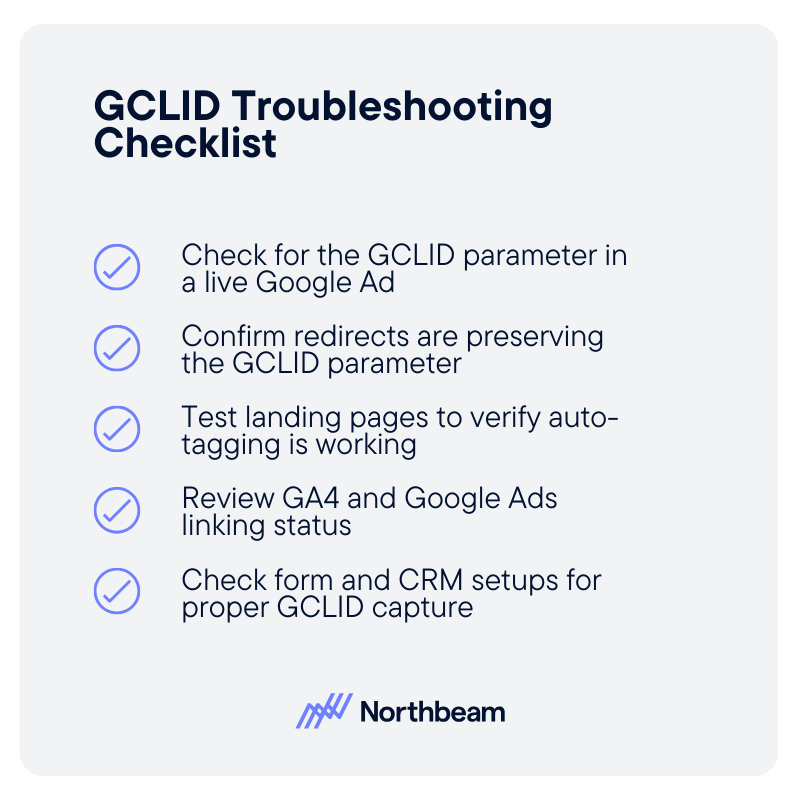

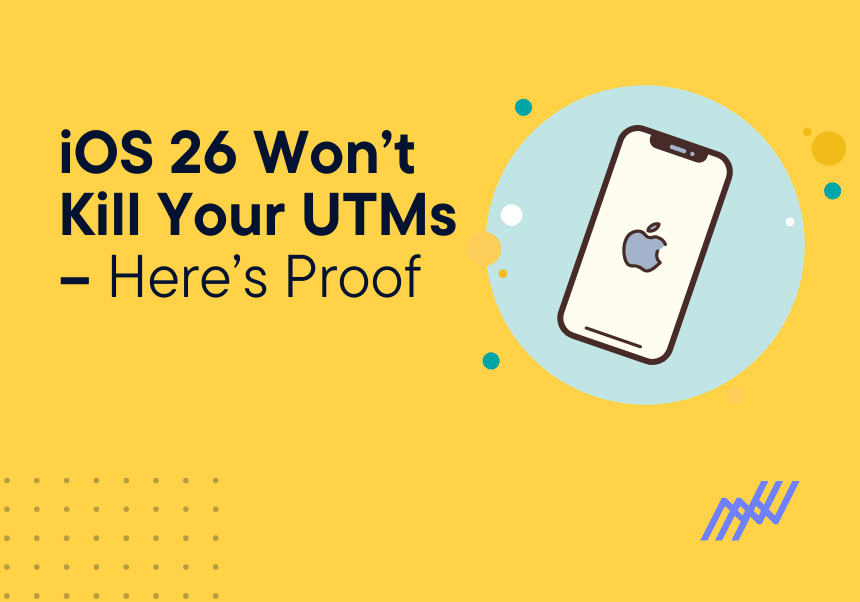


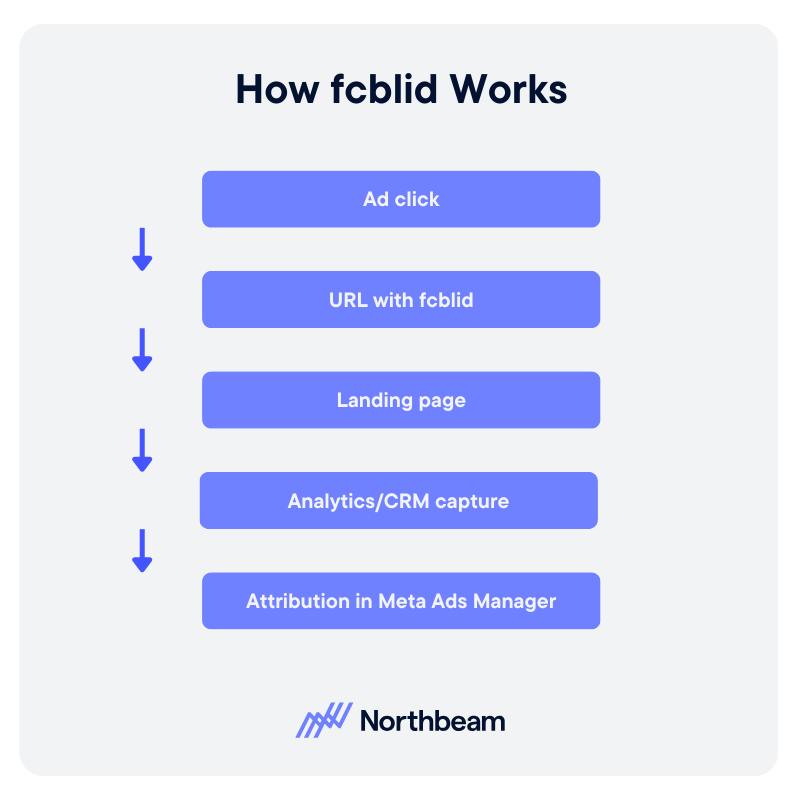
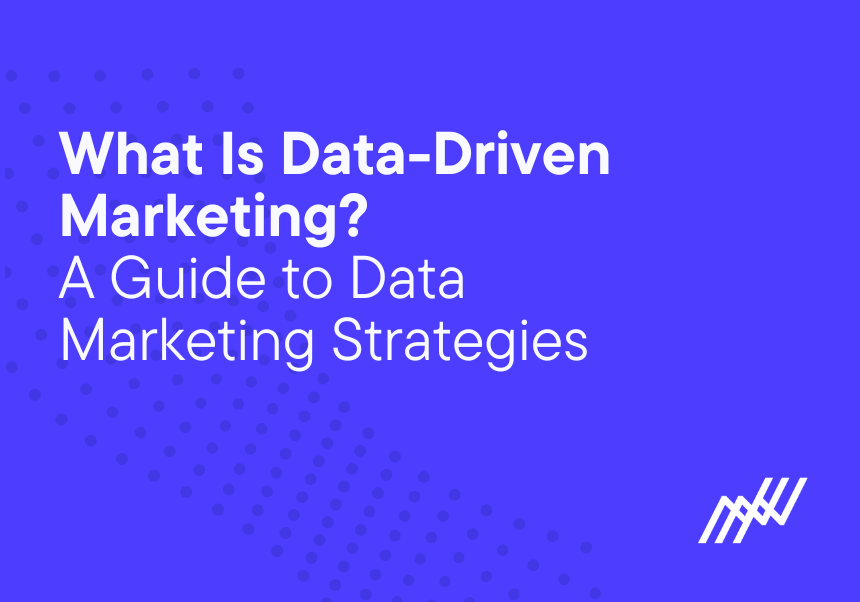

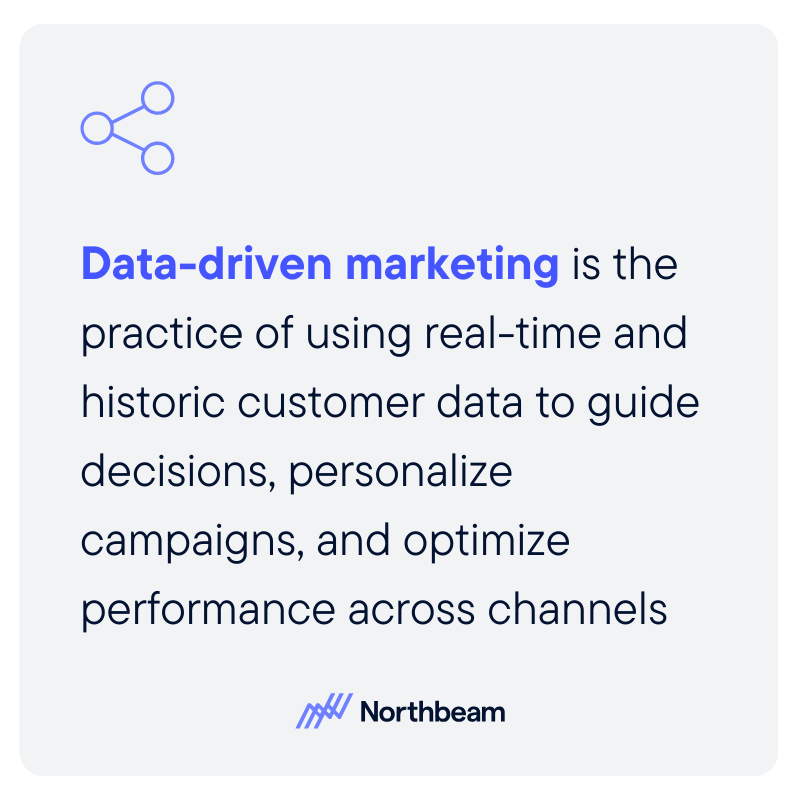
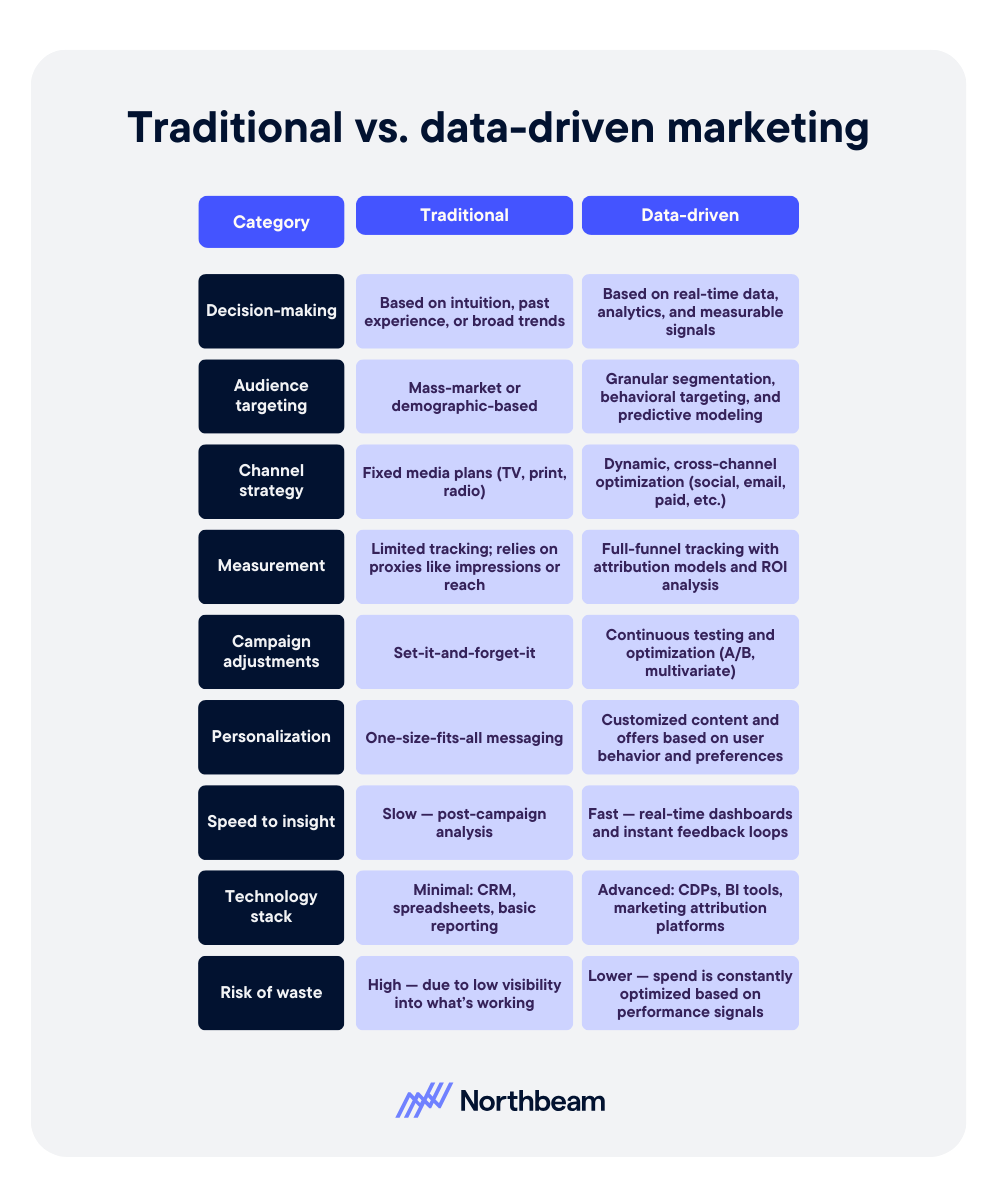
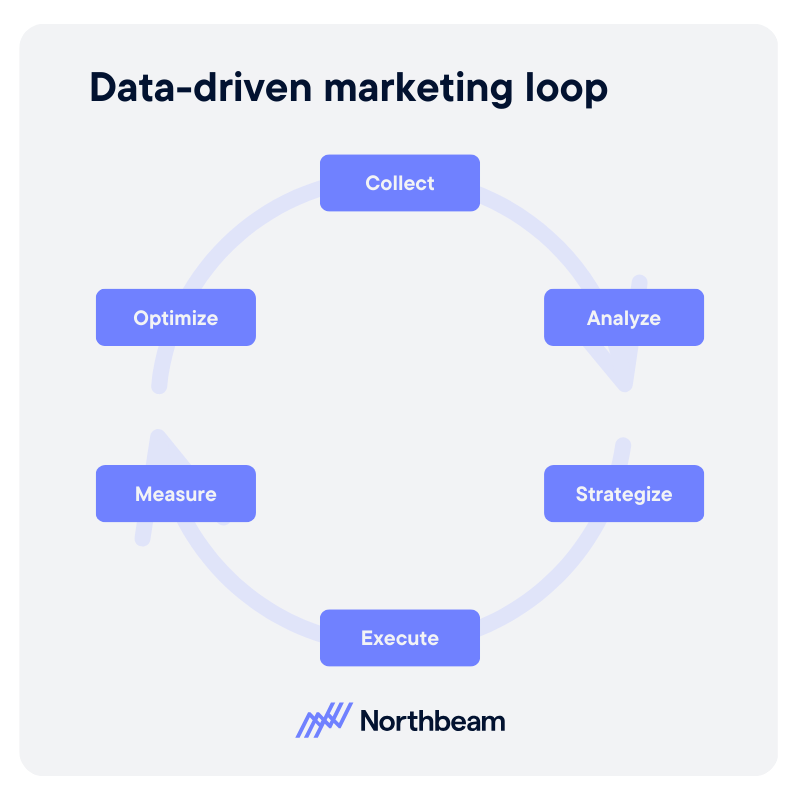
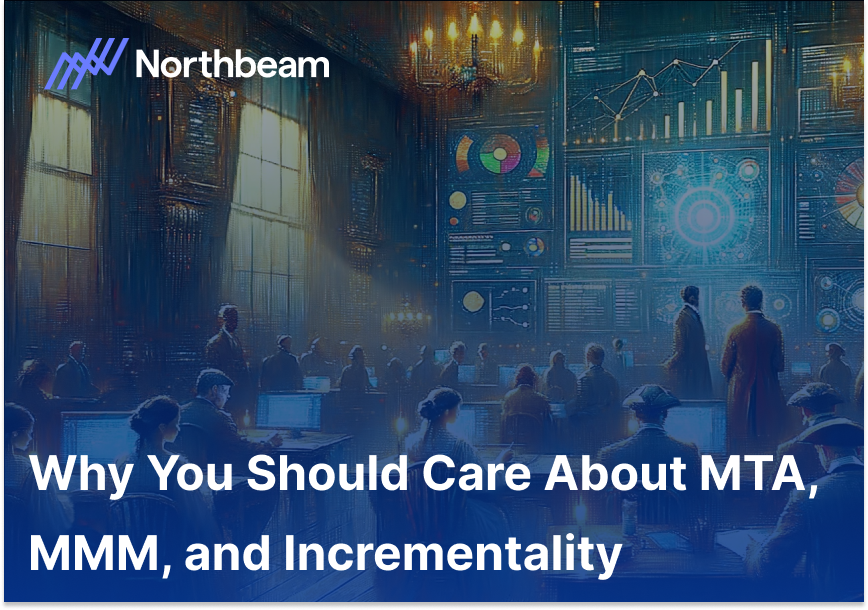

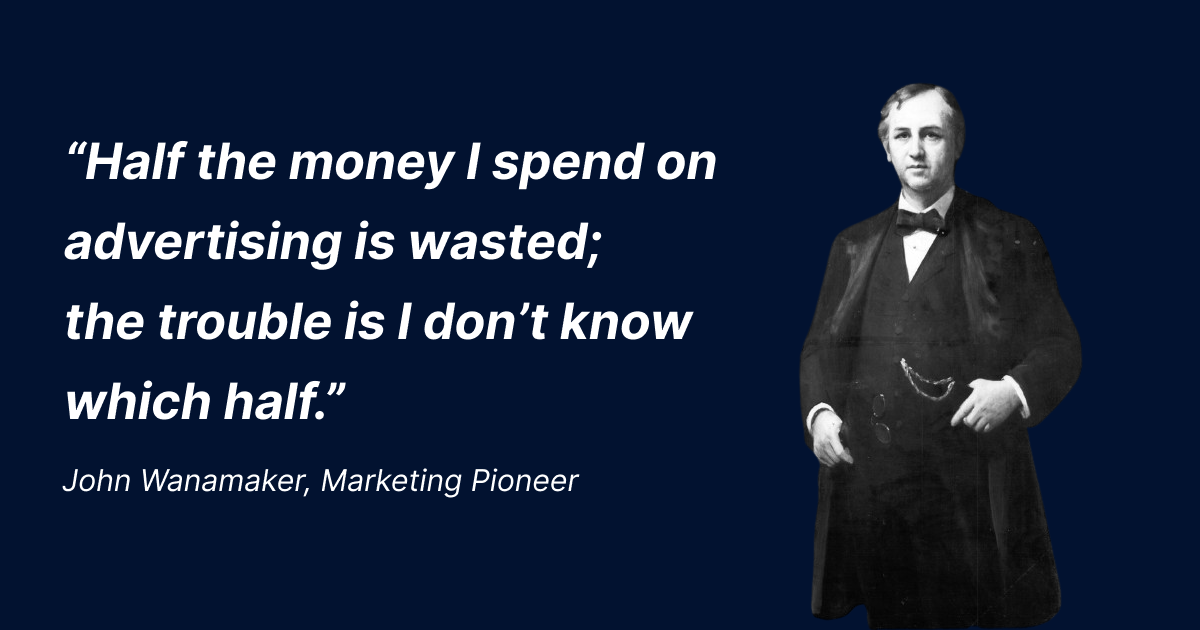

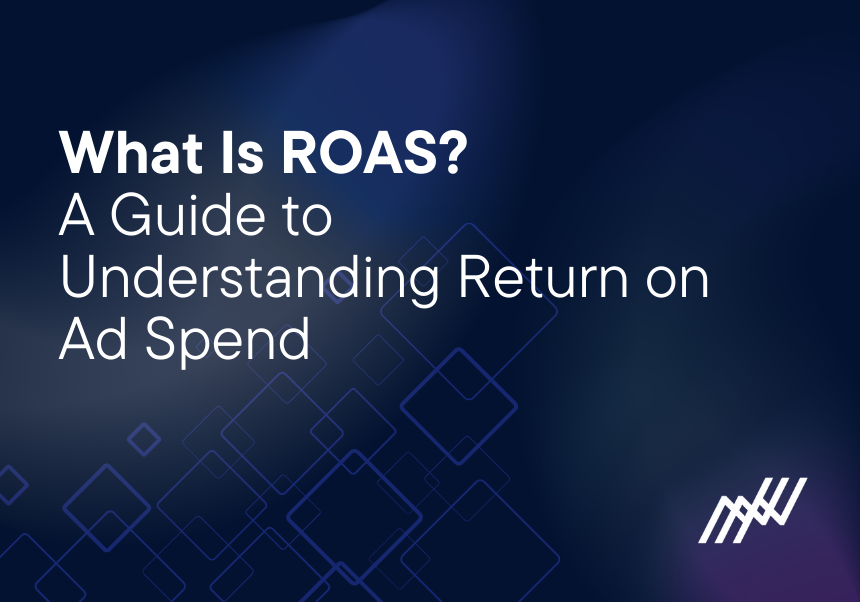

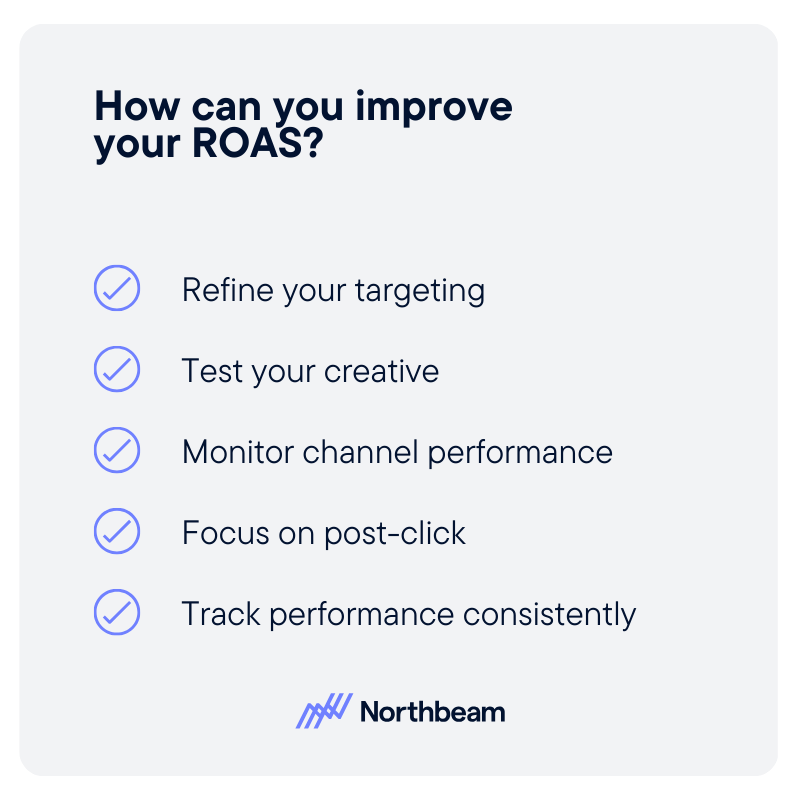
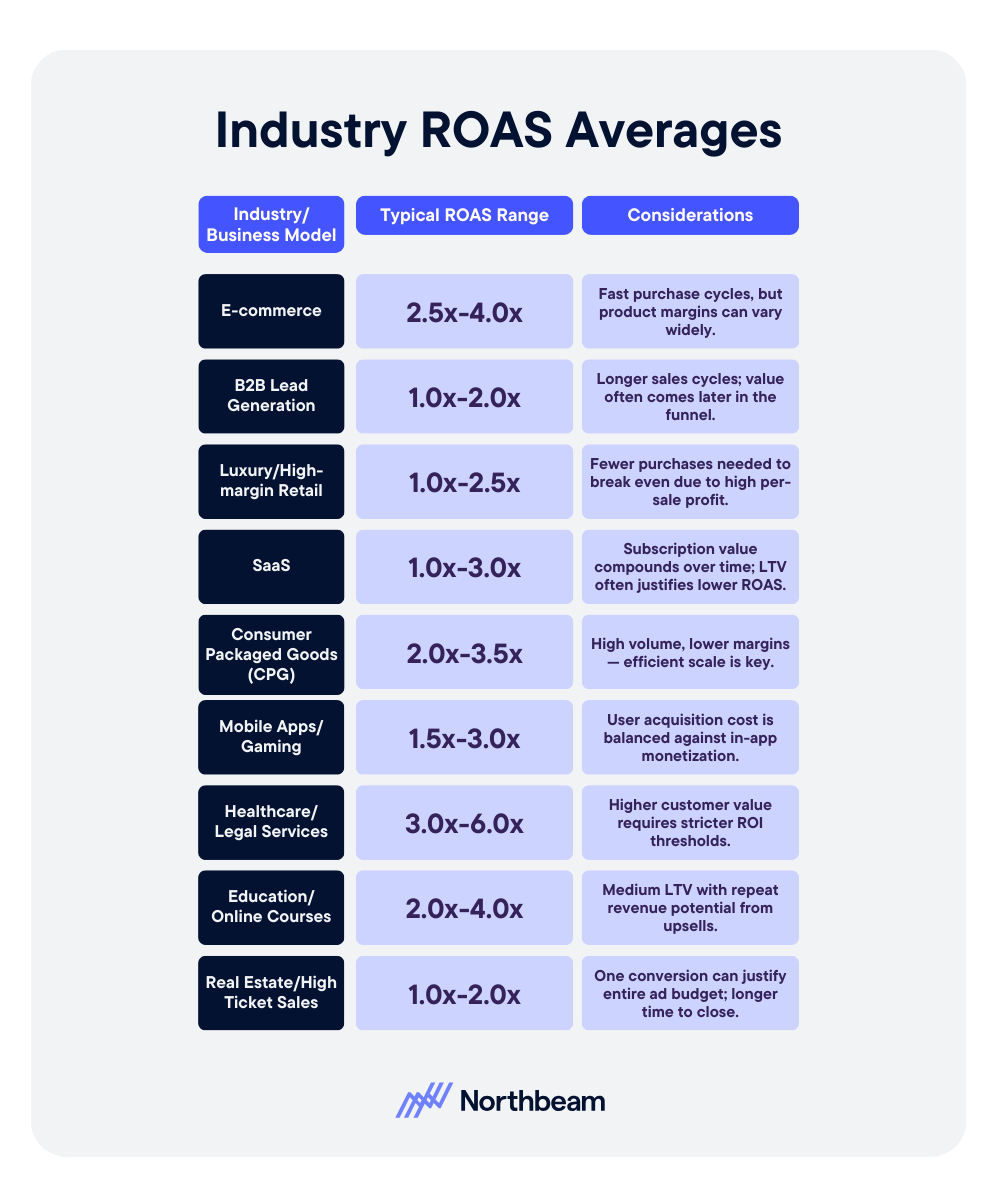
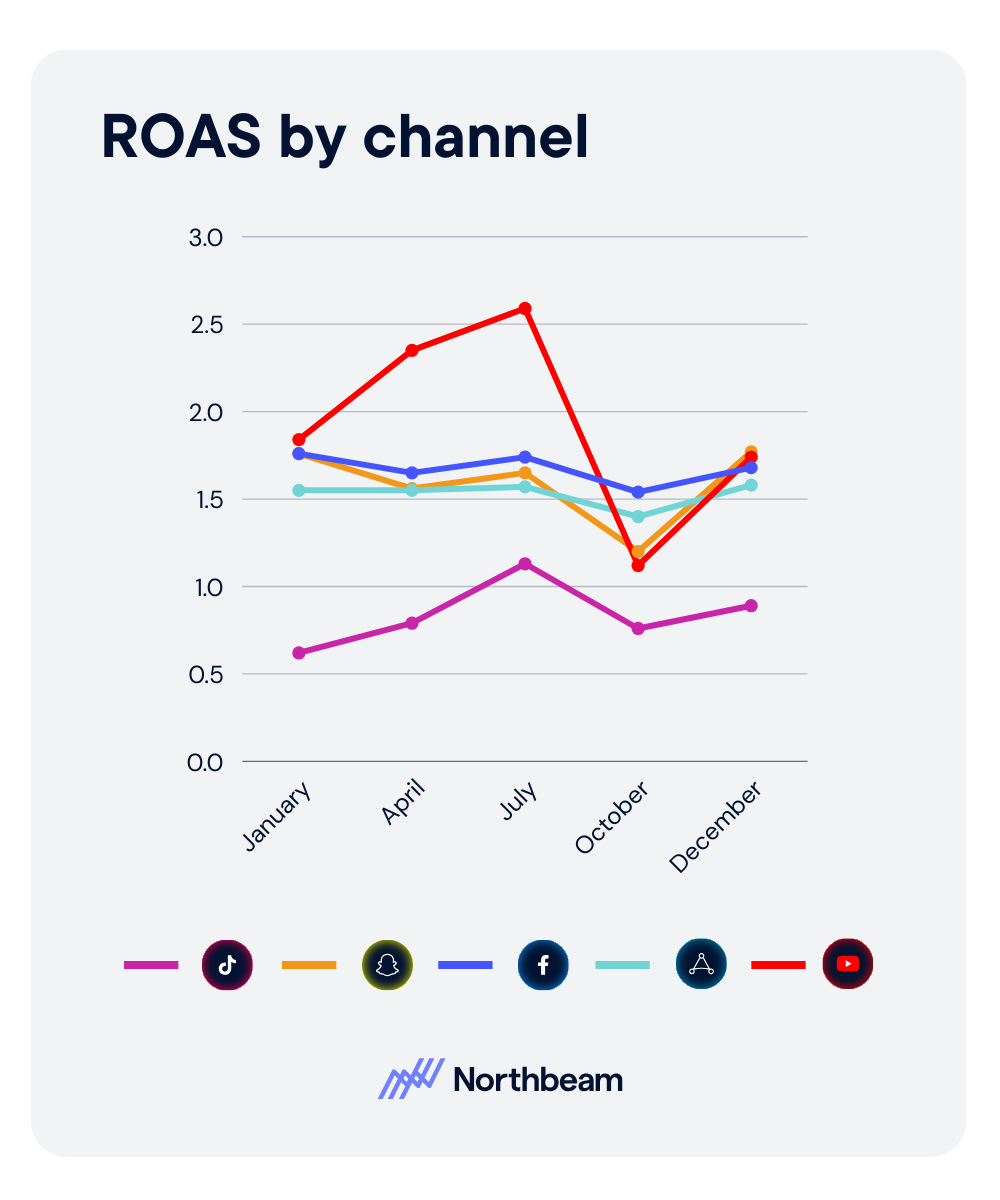
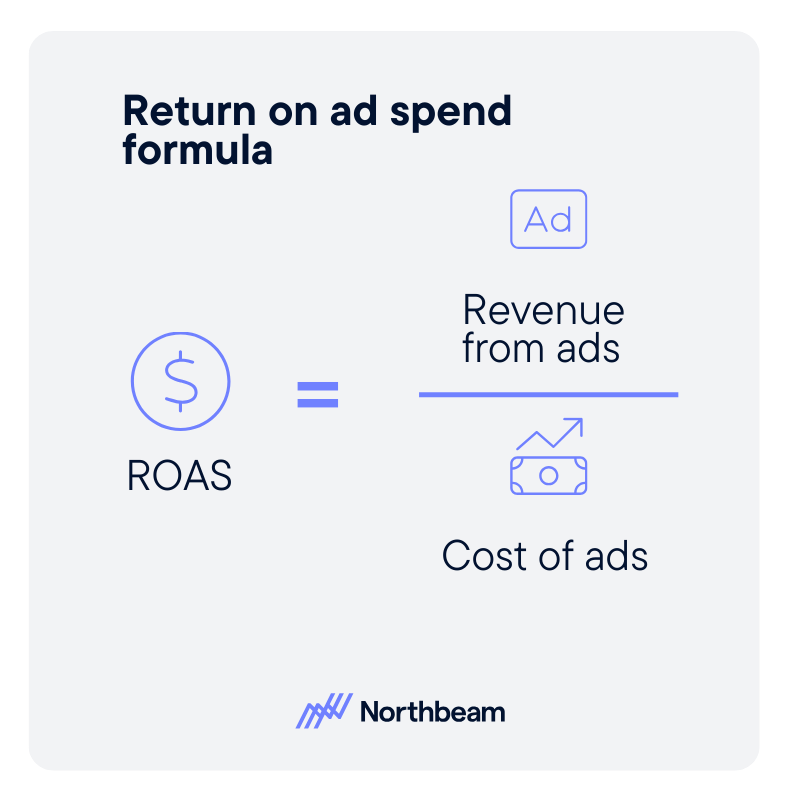
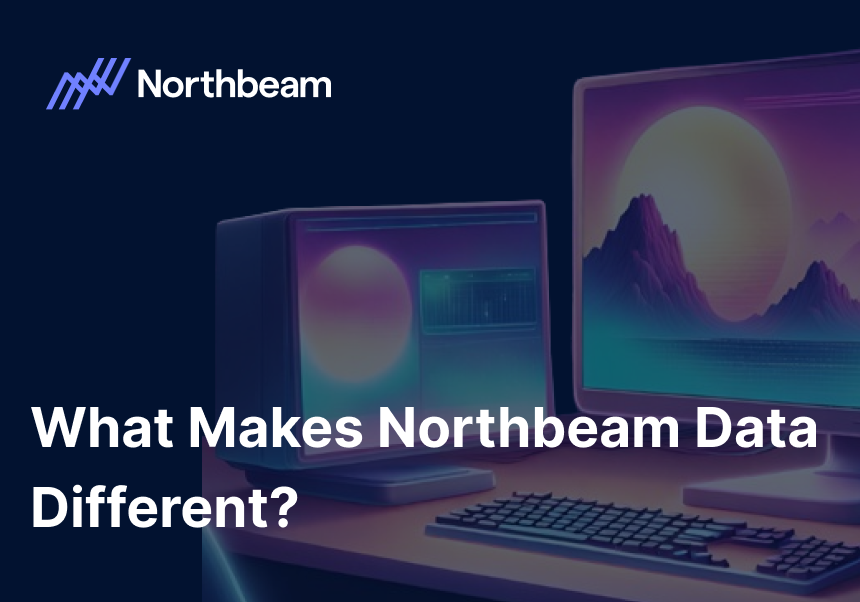
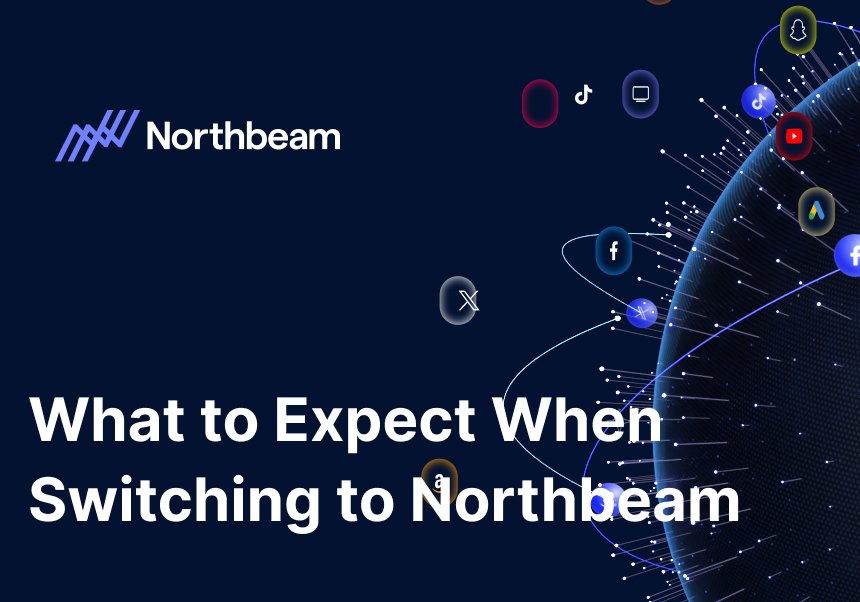
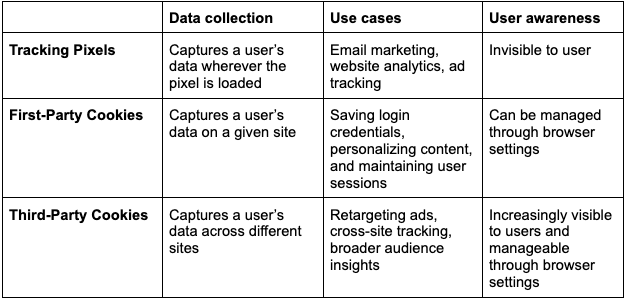
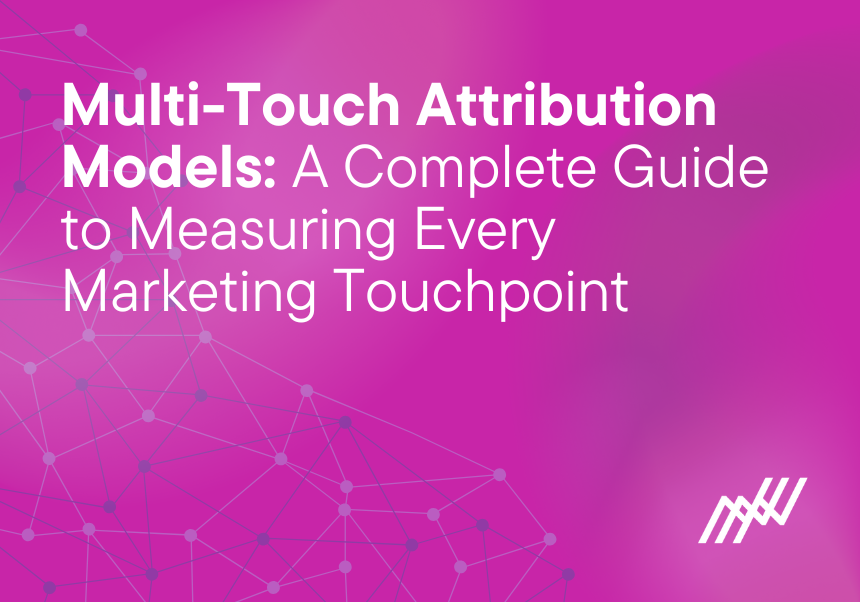
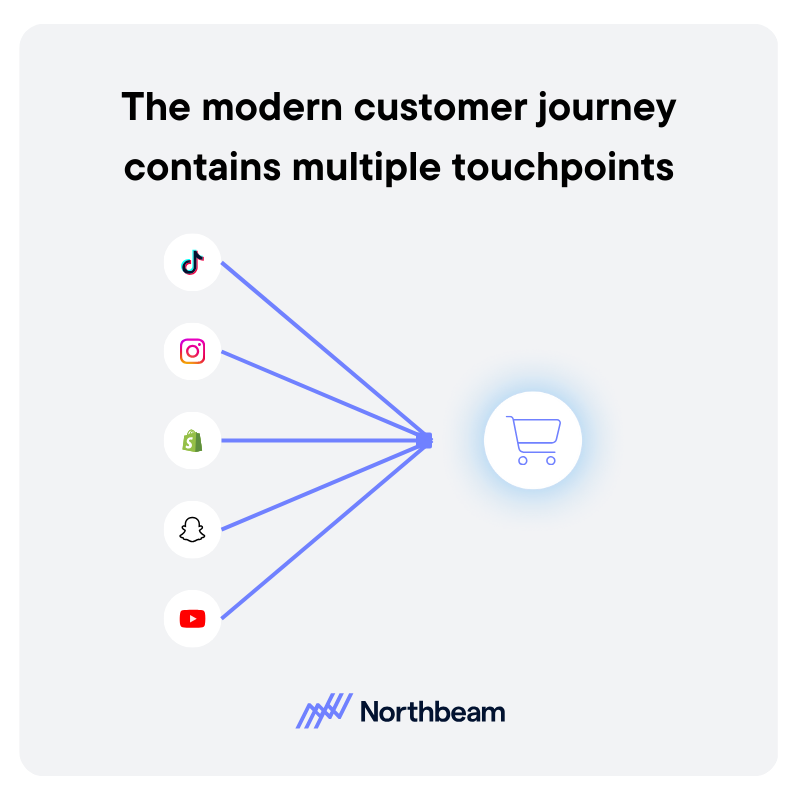
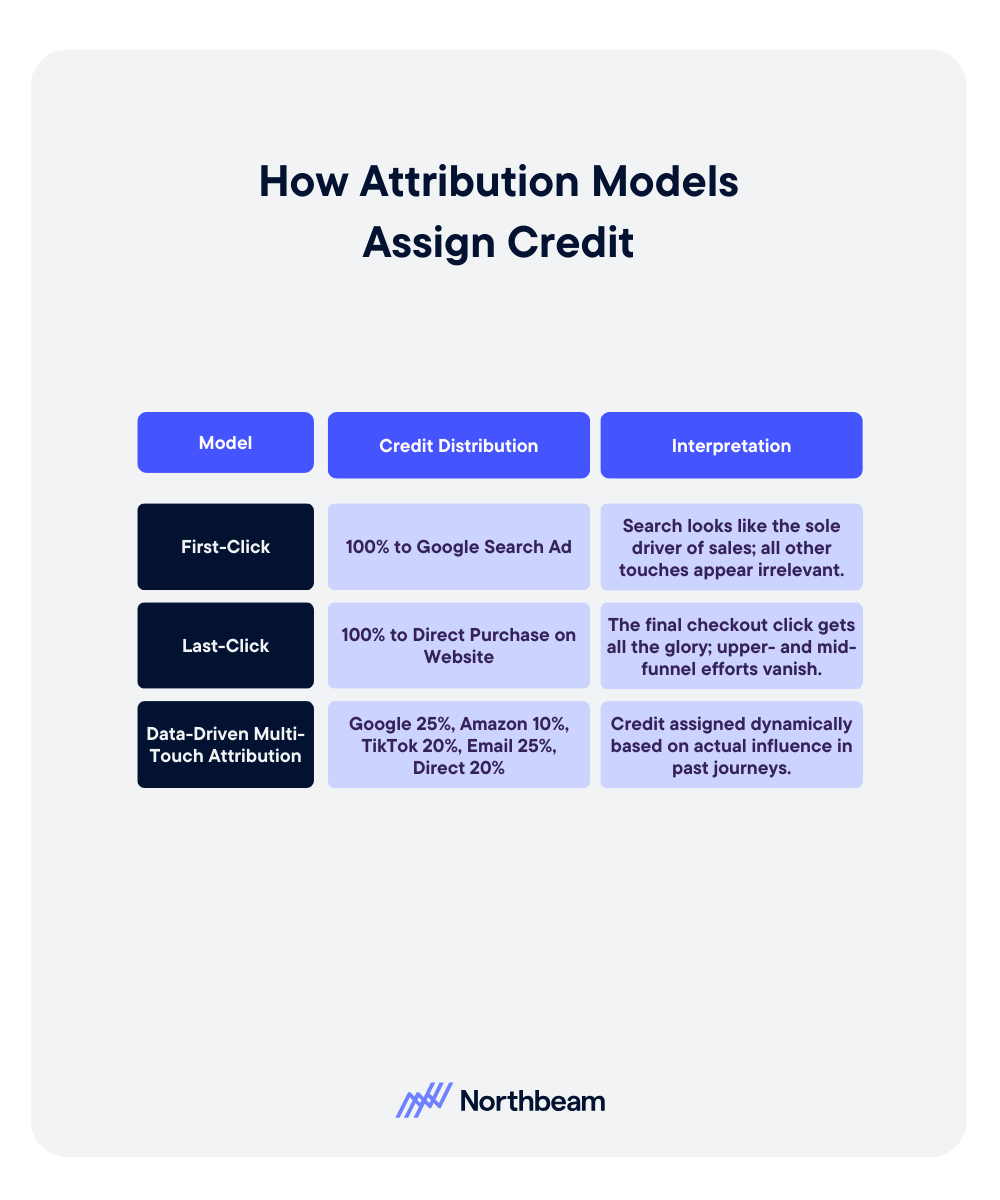
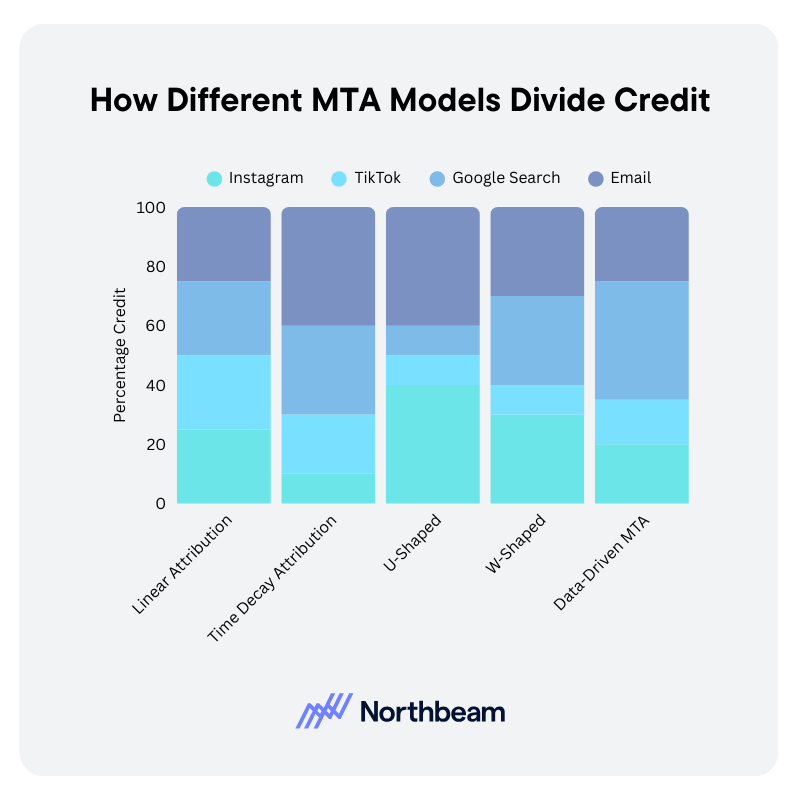
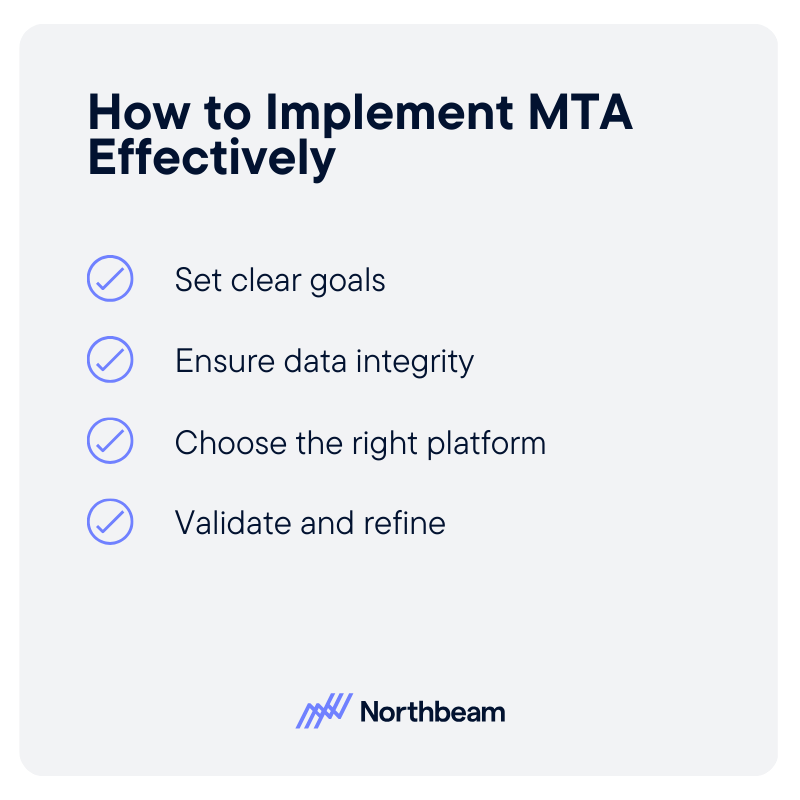
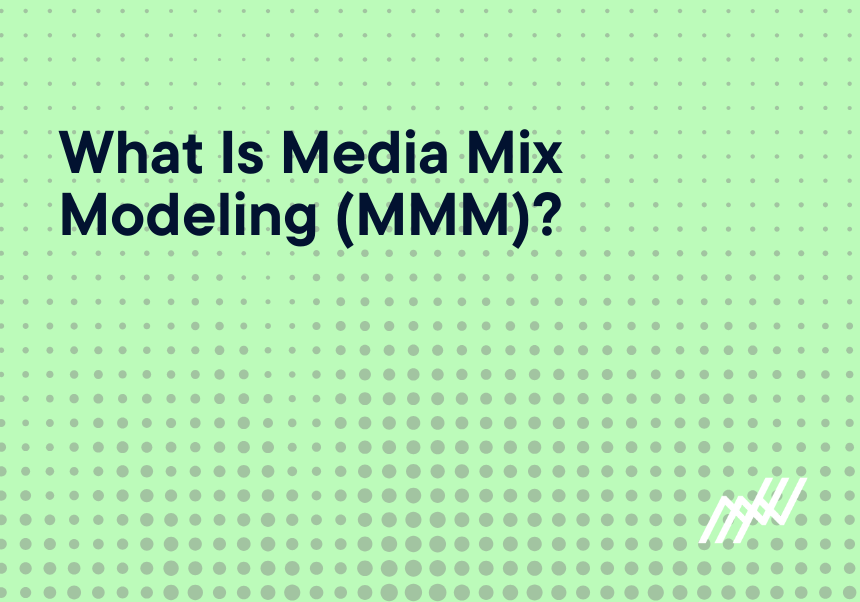
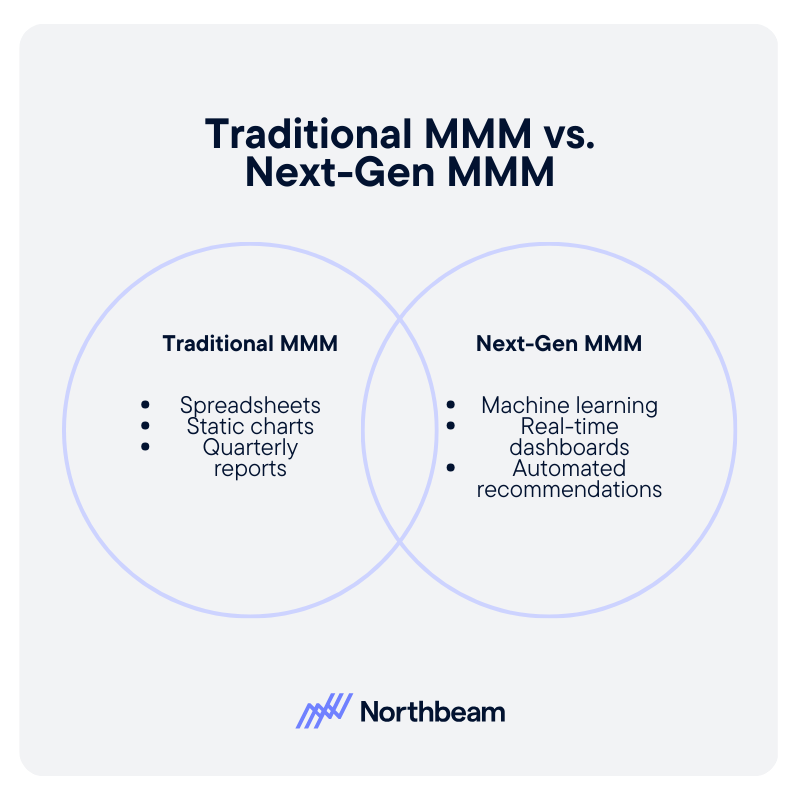
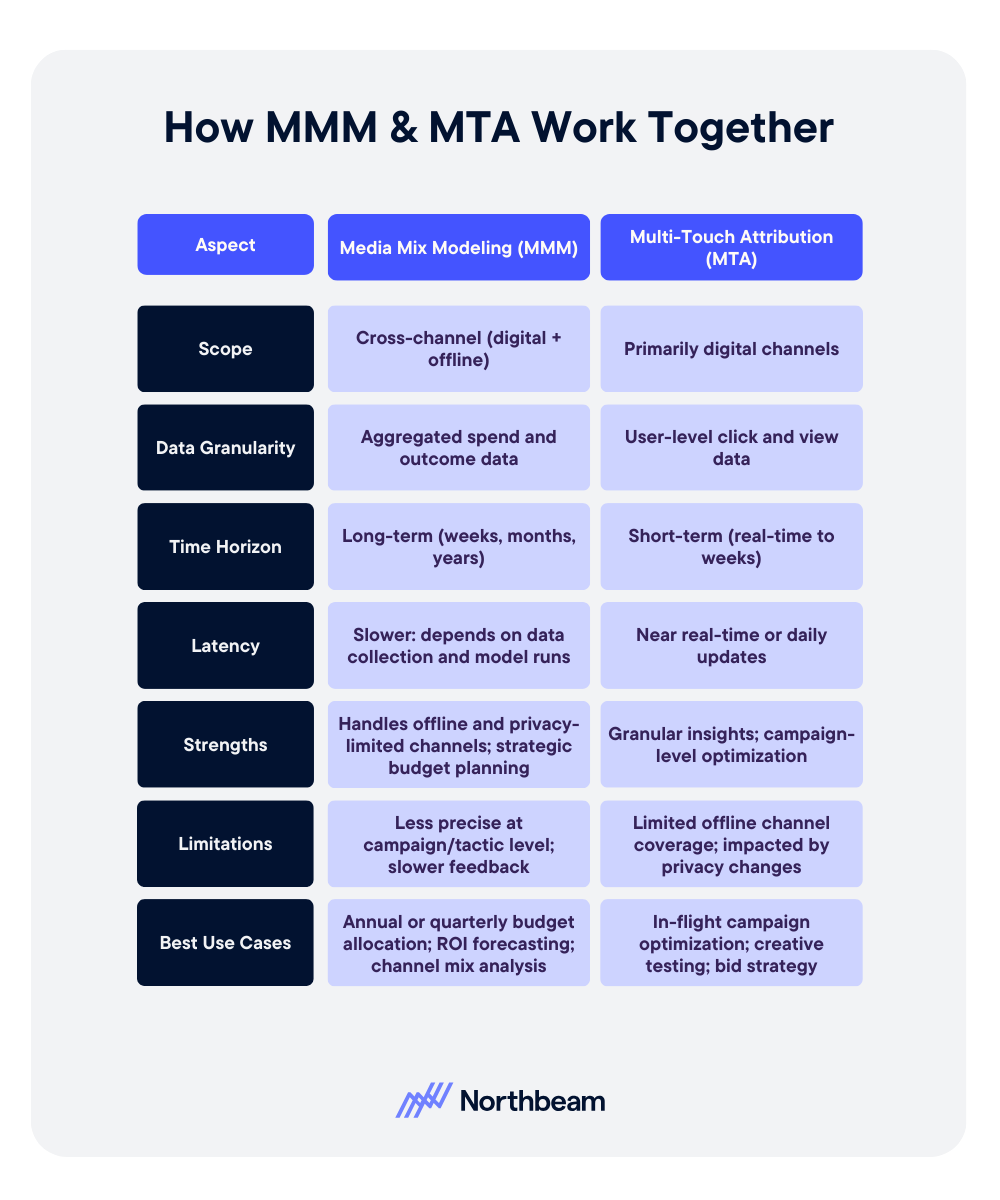
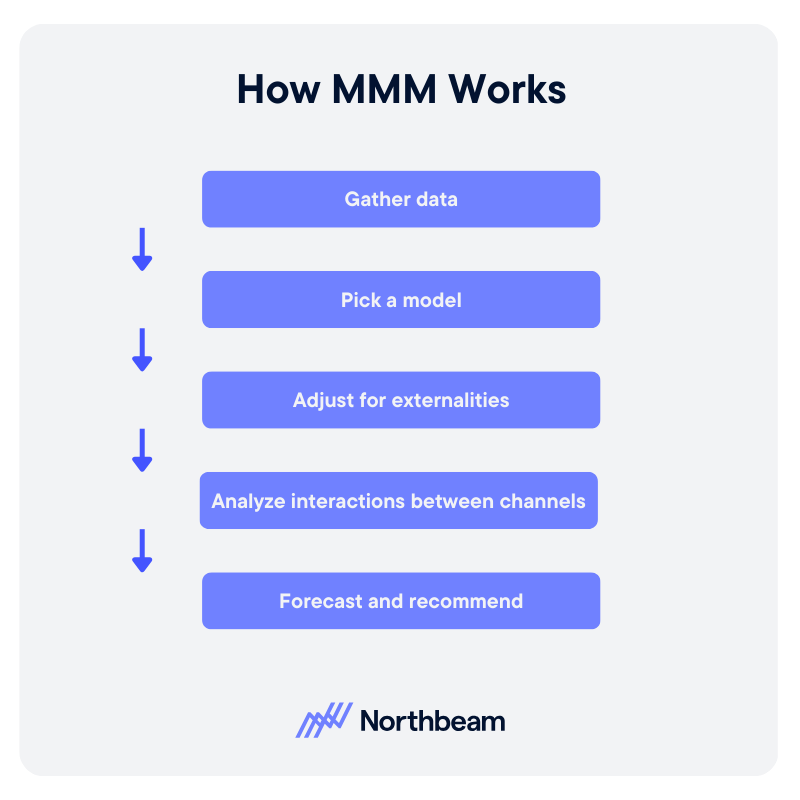
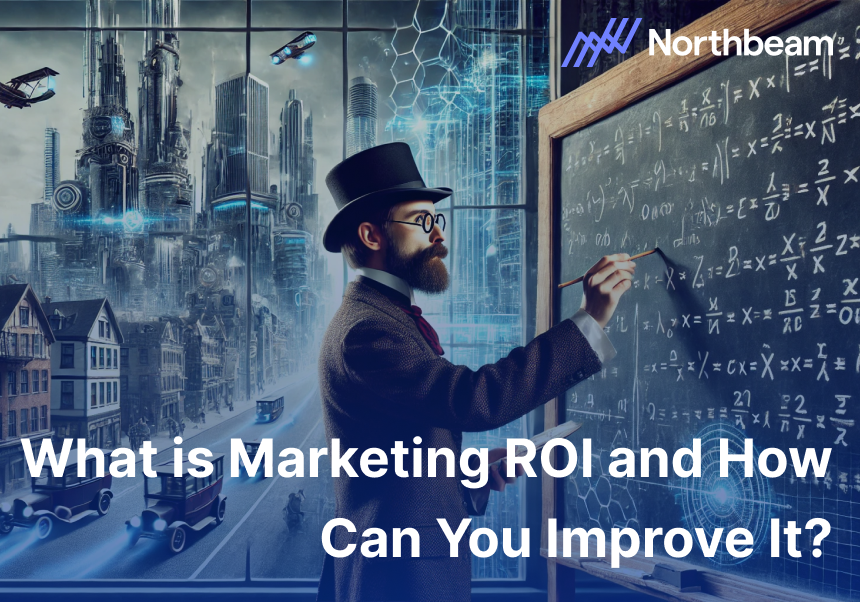
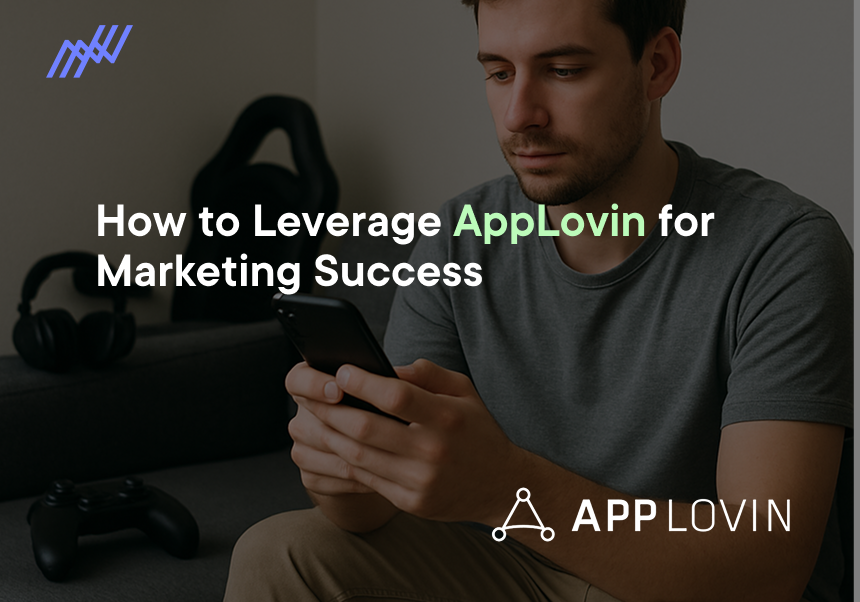

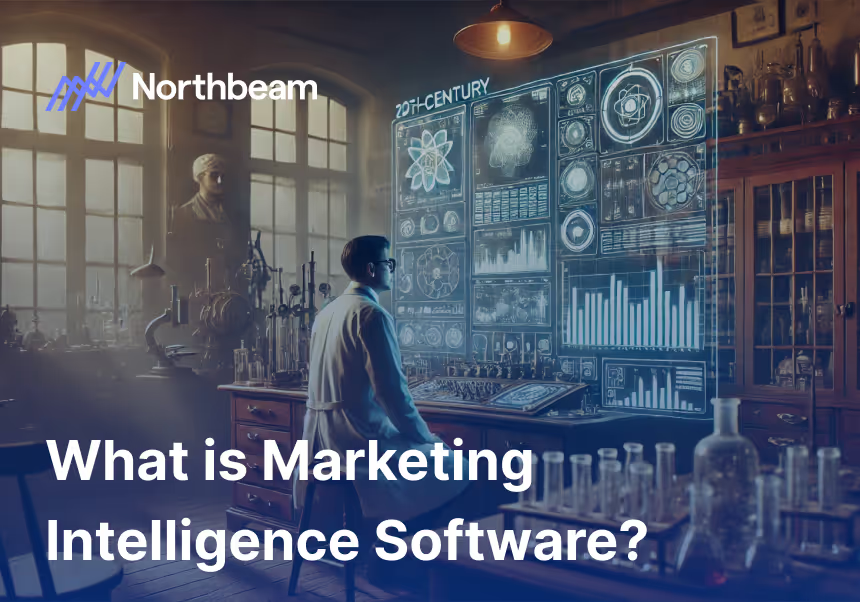
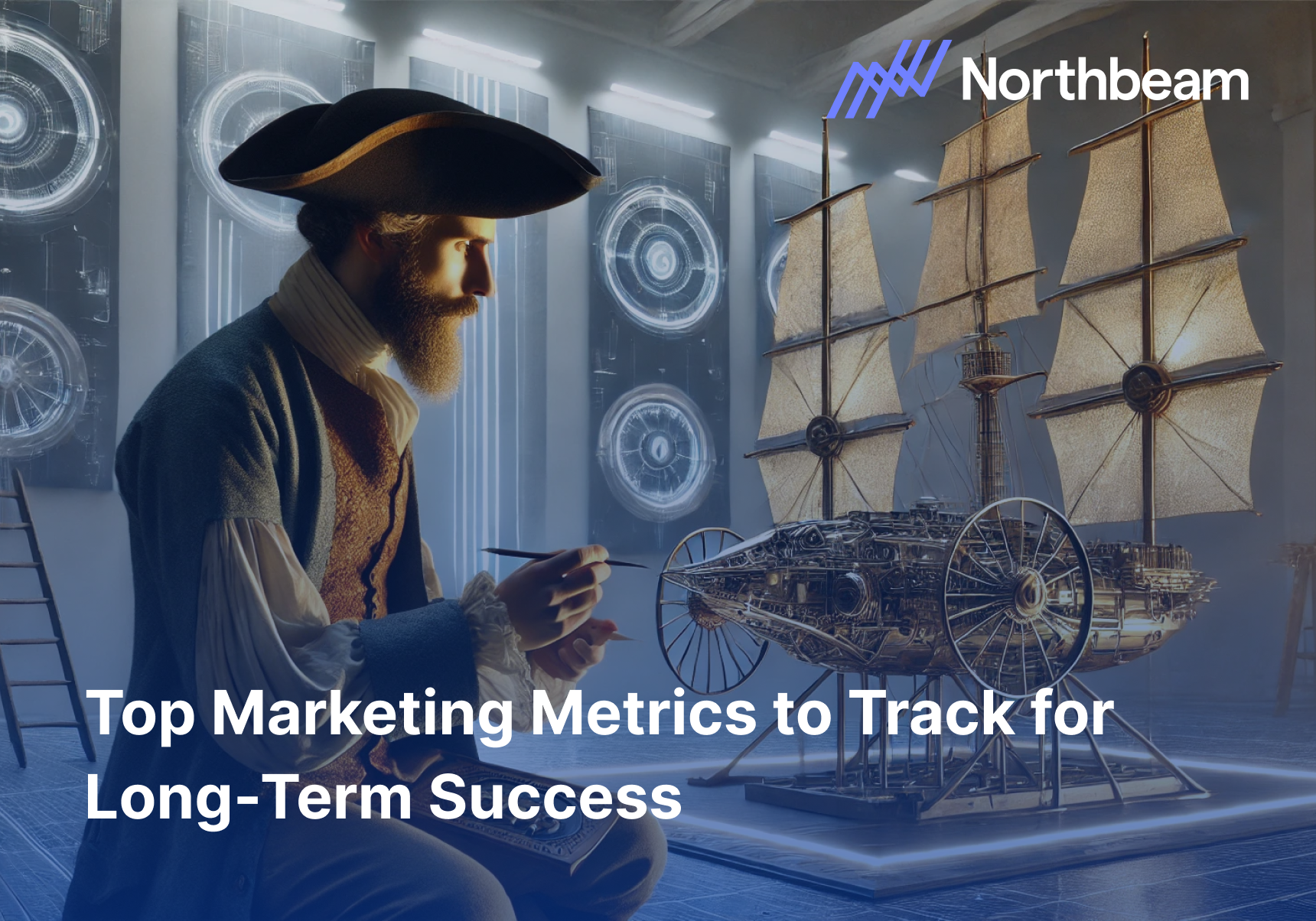

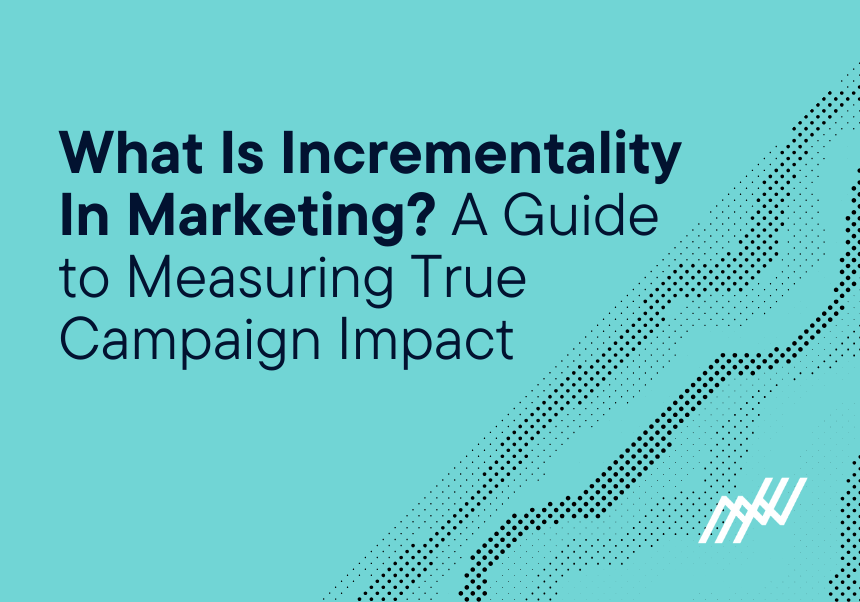

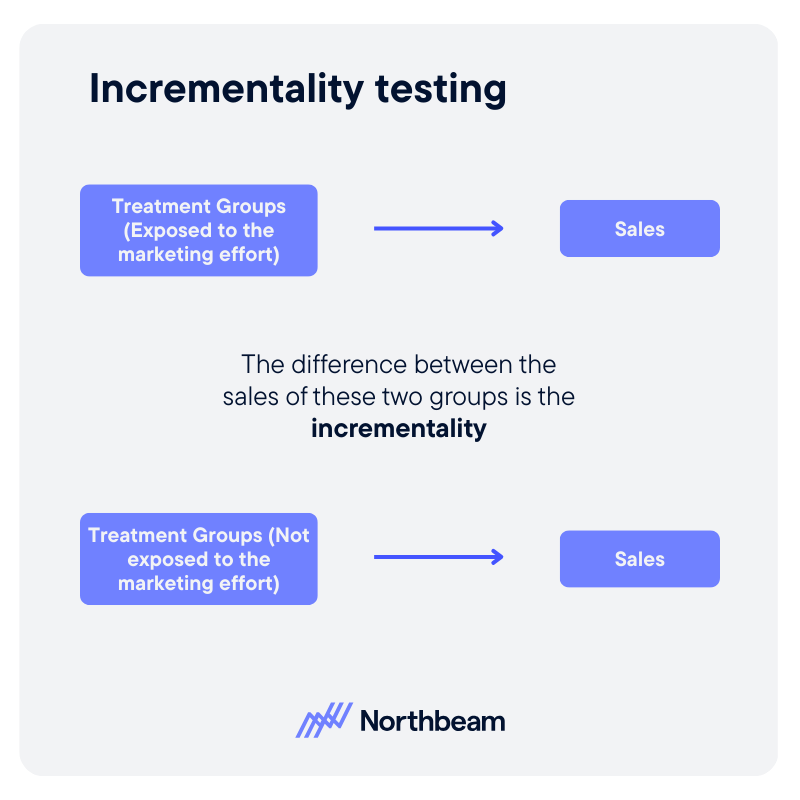
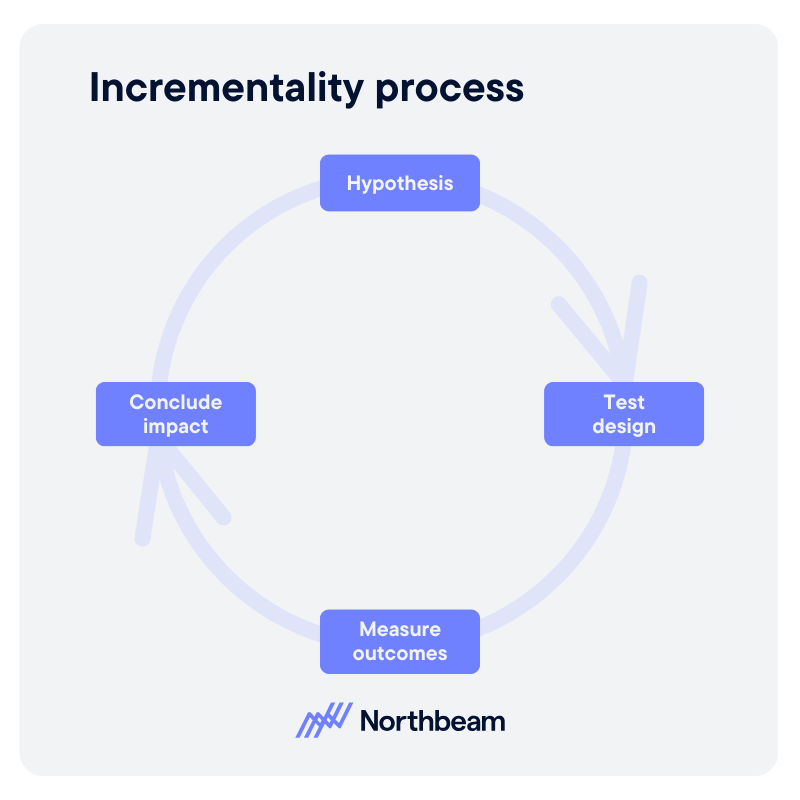
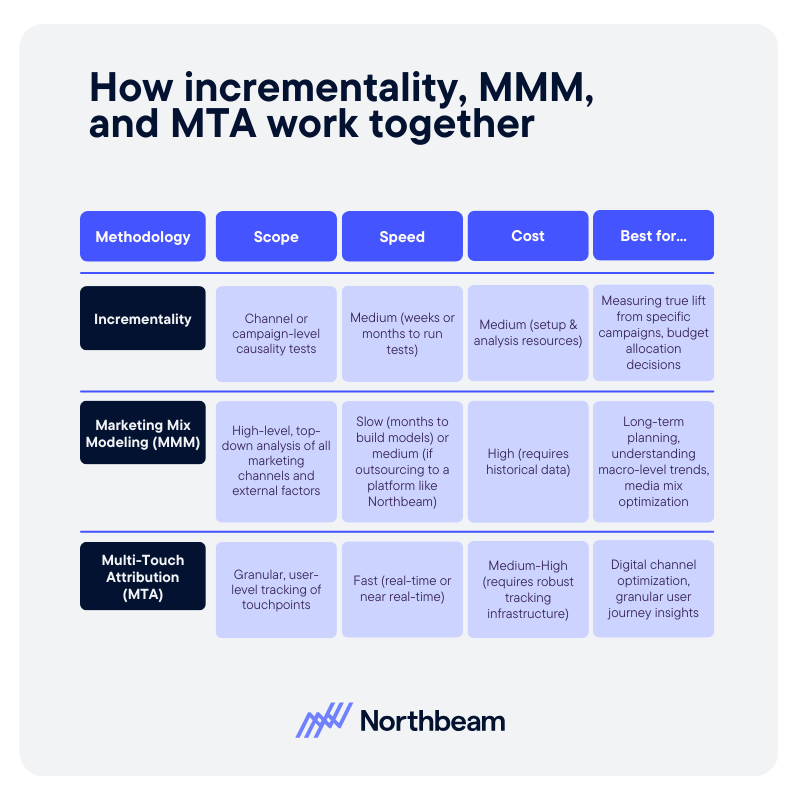
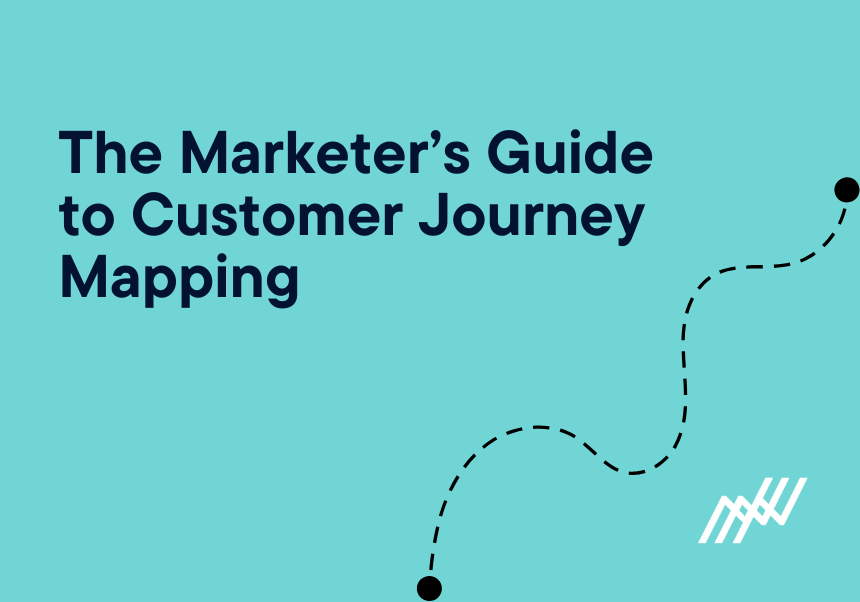
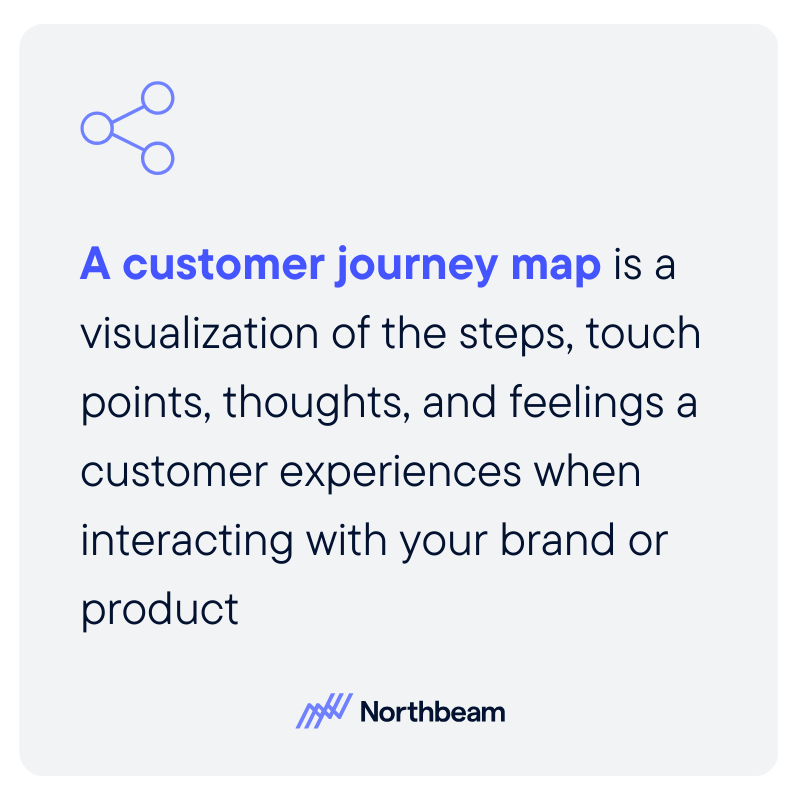
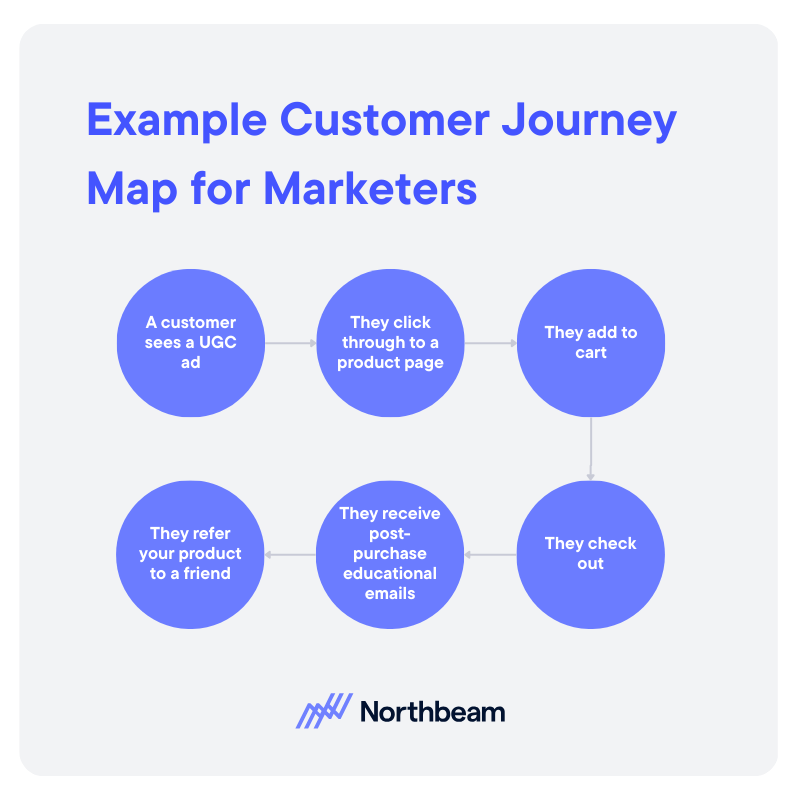
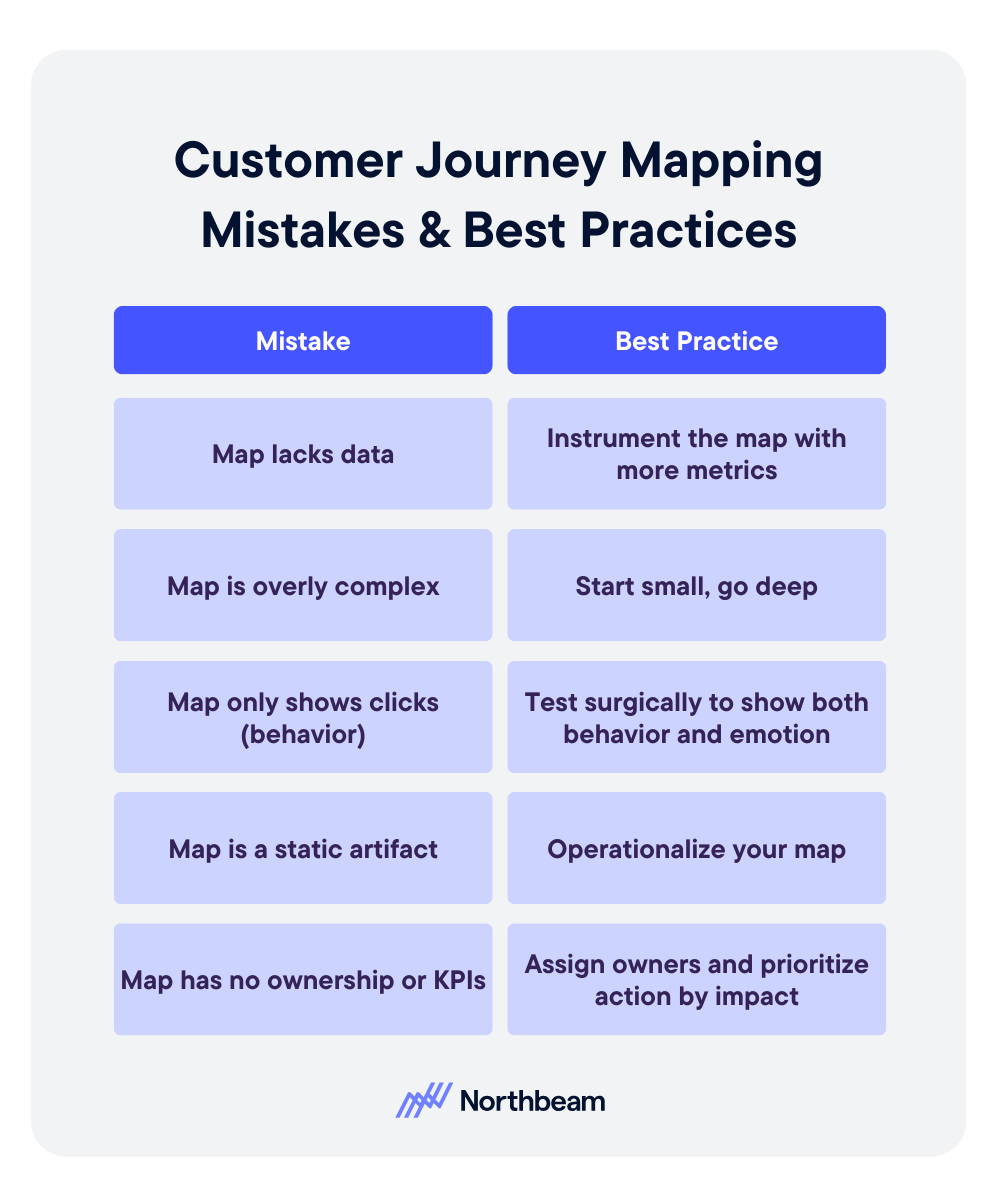
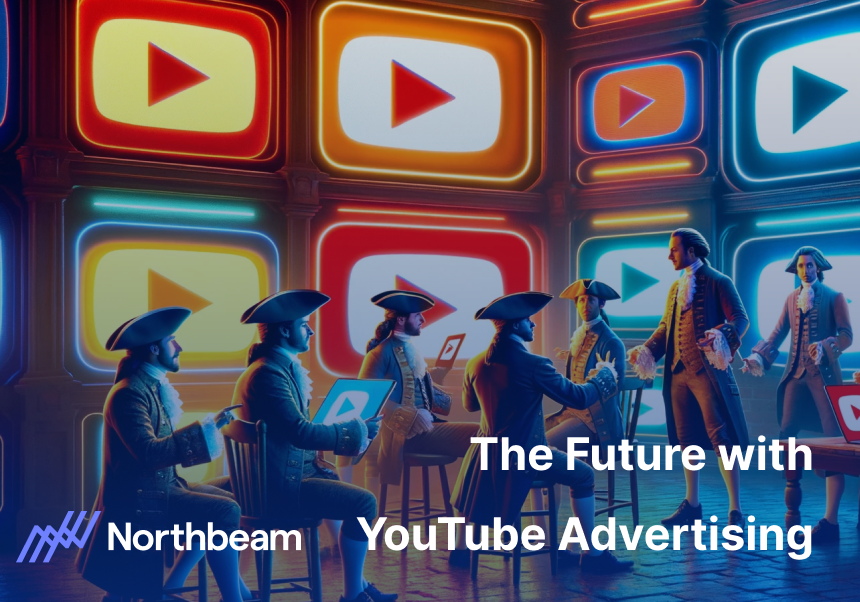

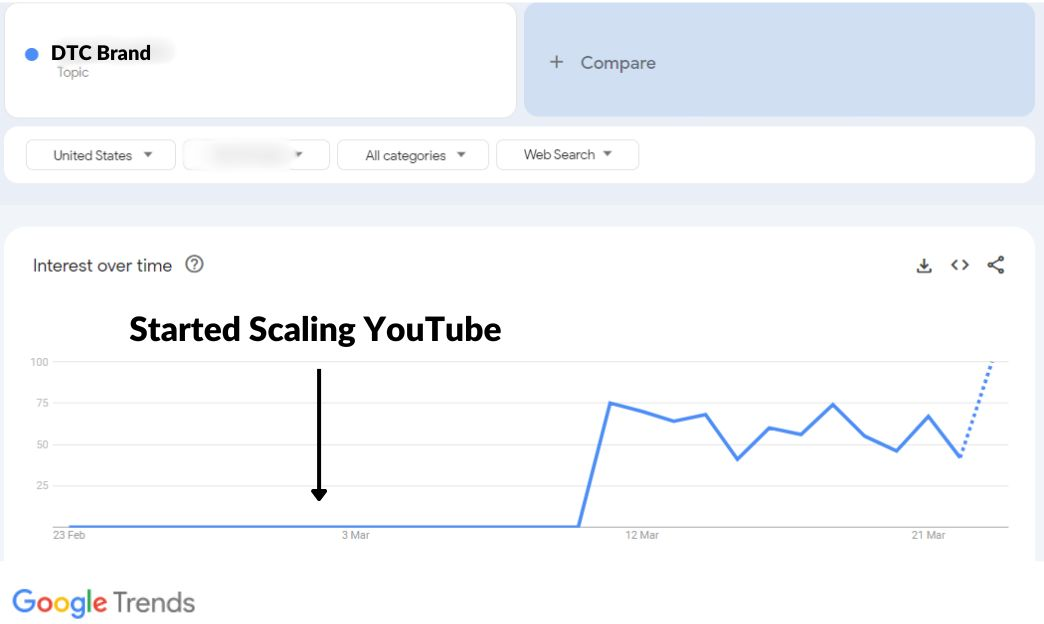
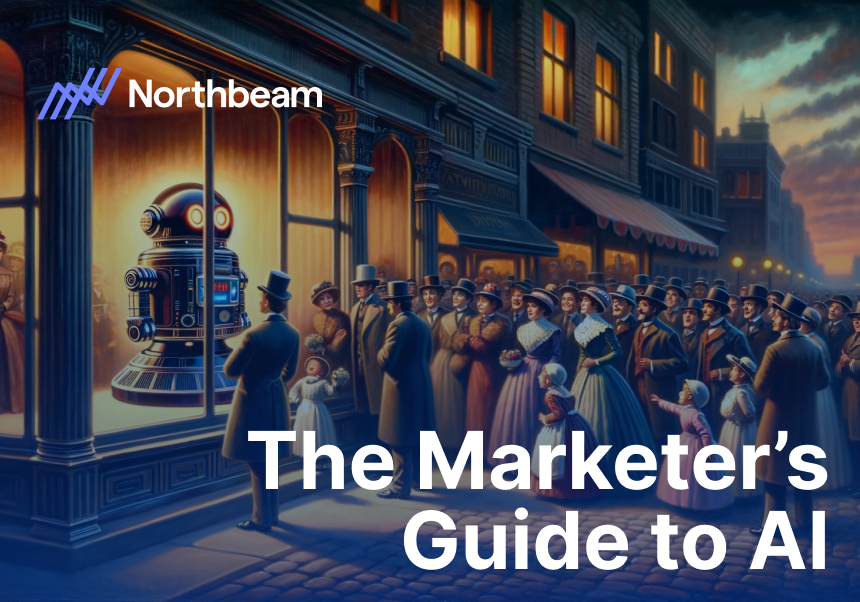
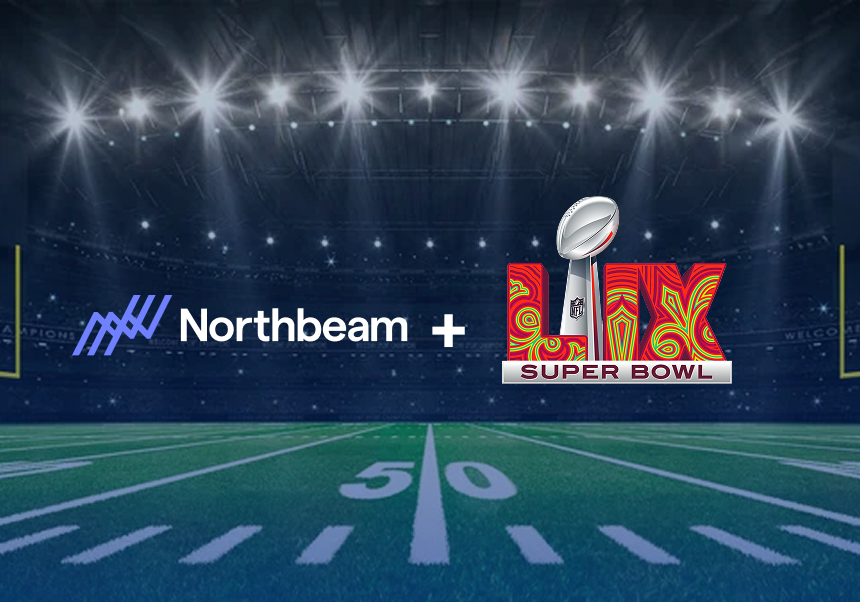
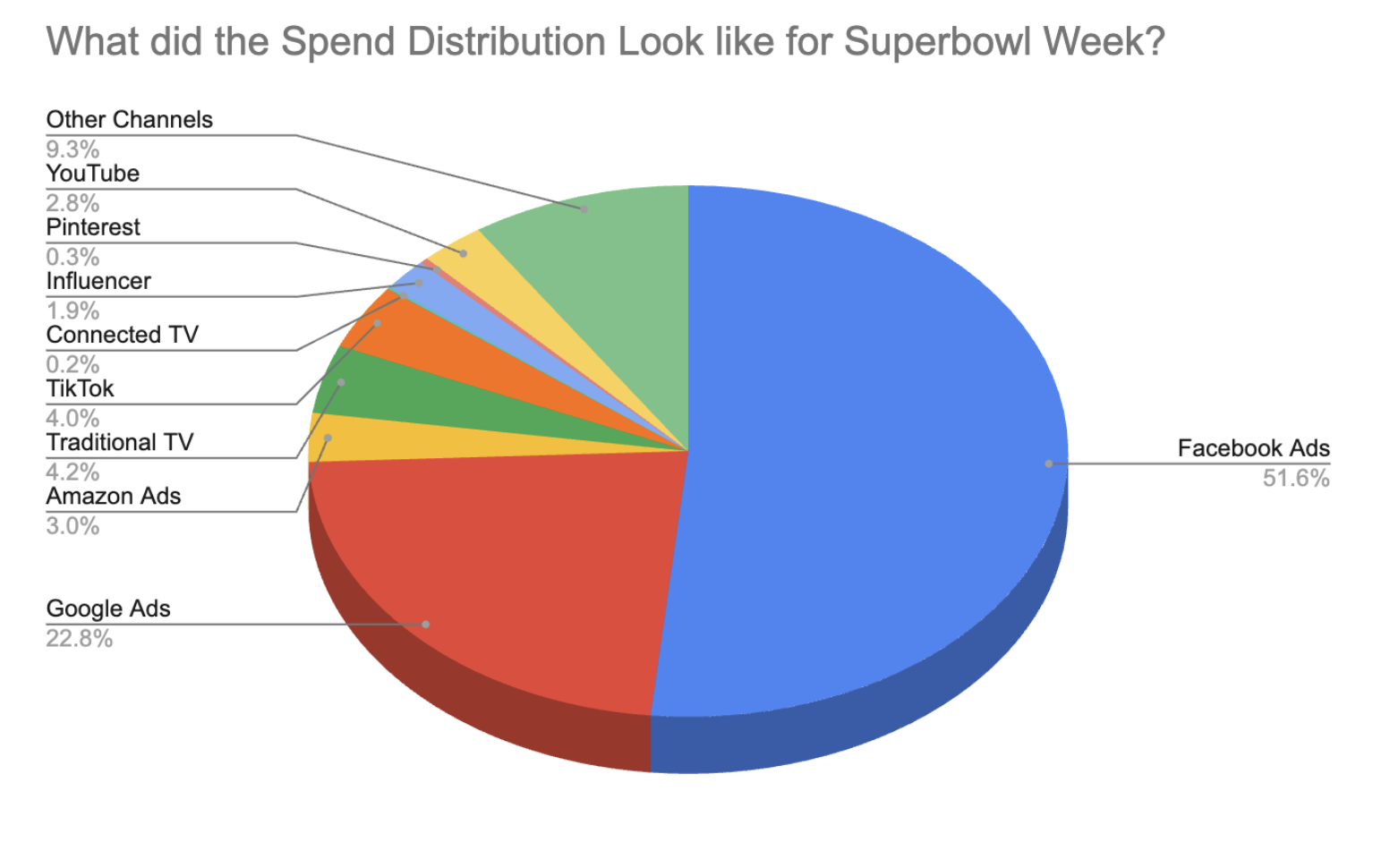



%25201.png)

.png)
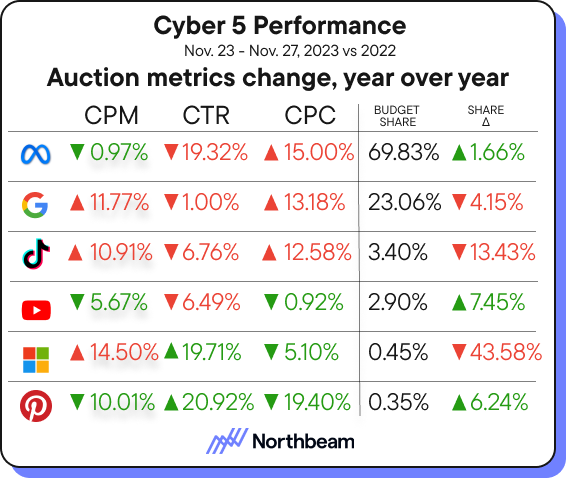
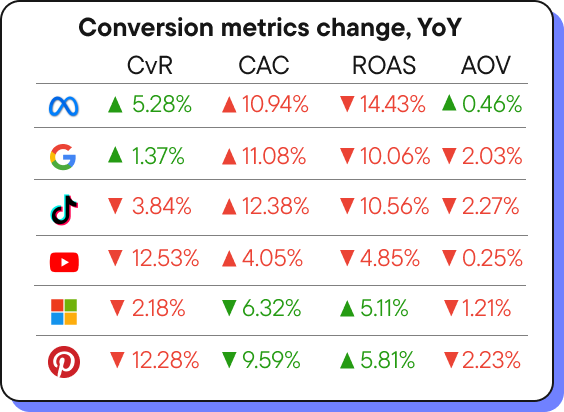
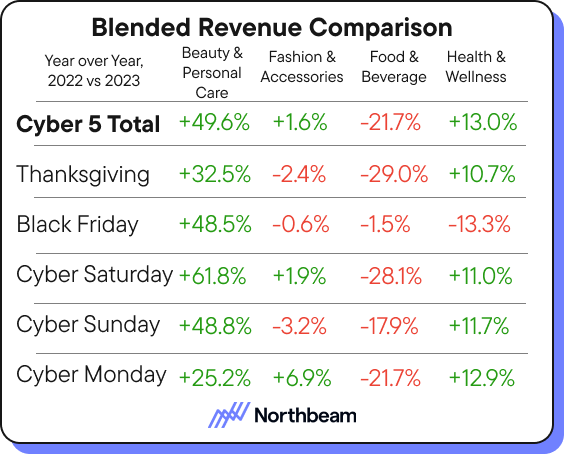
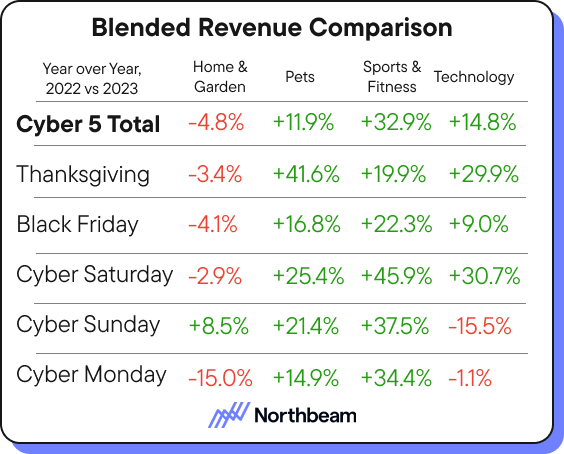
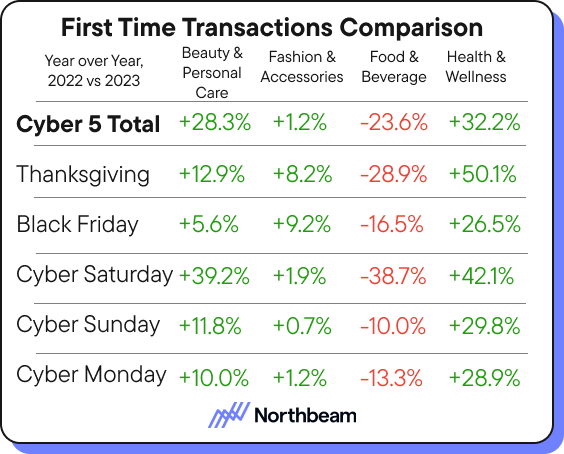
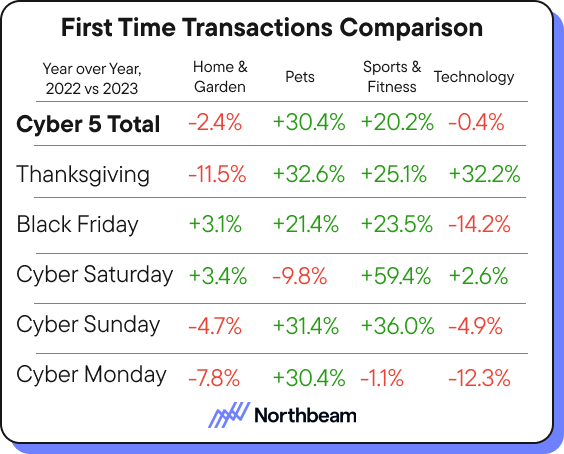

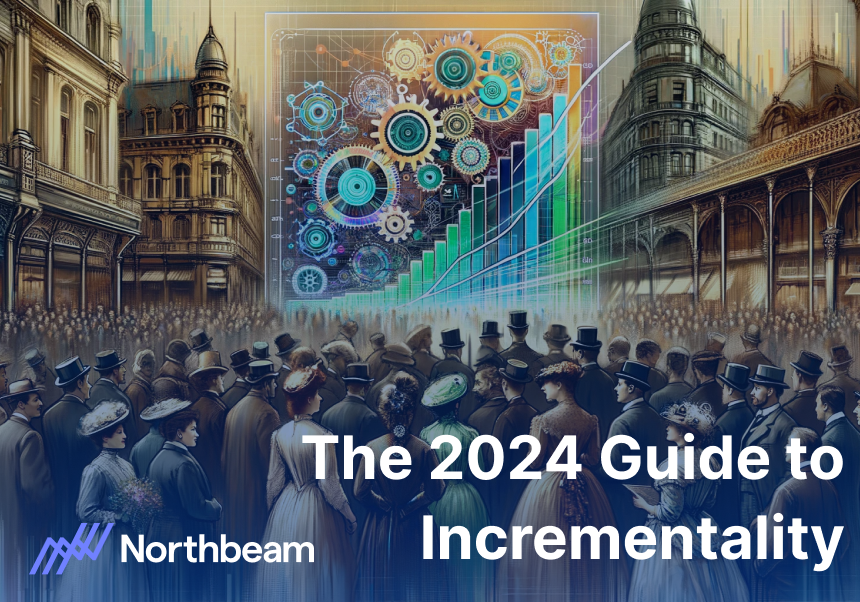
.jpeg)

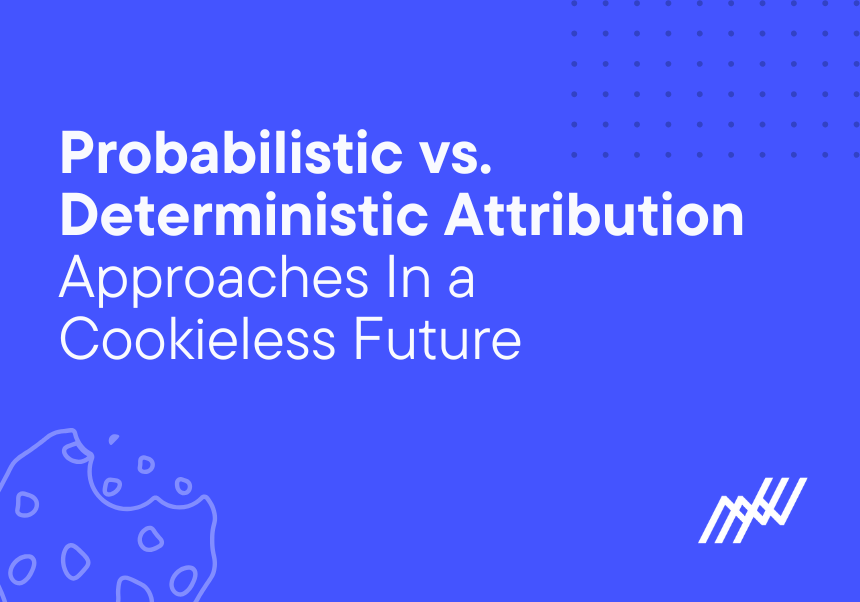
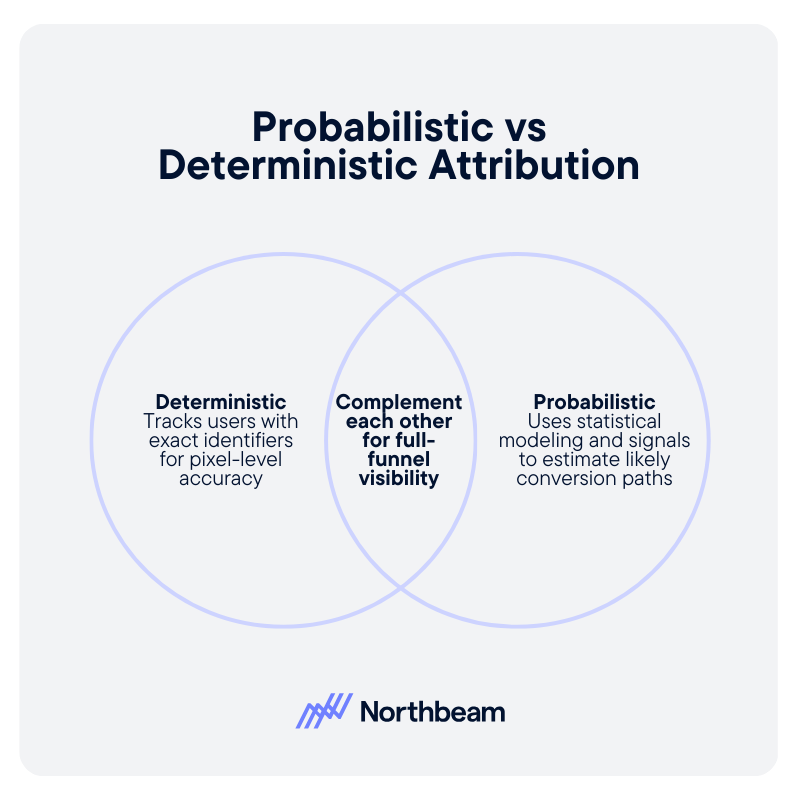
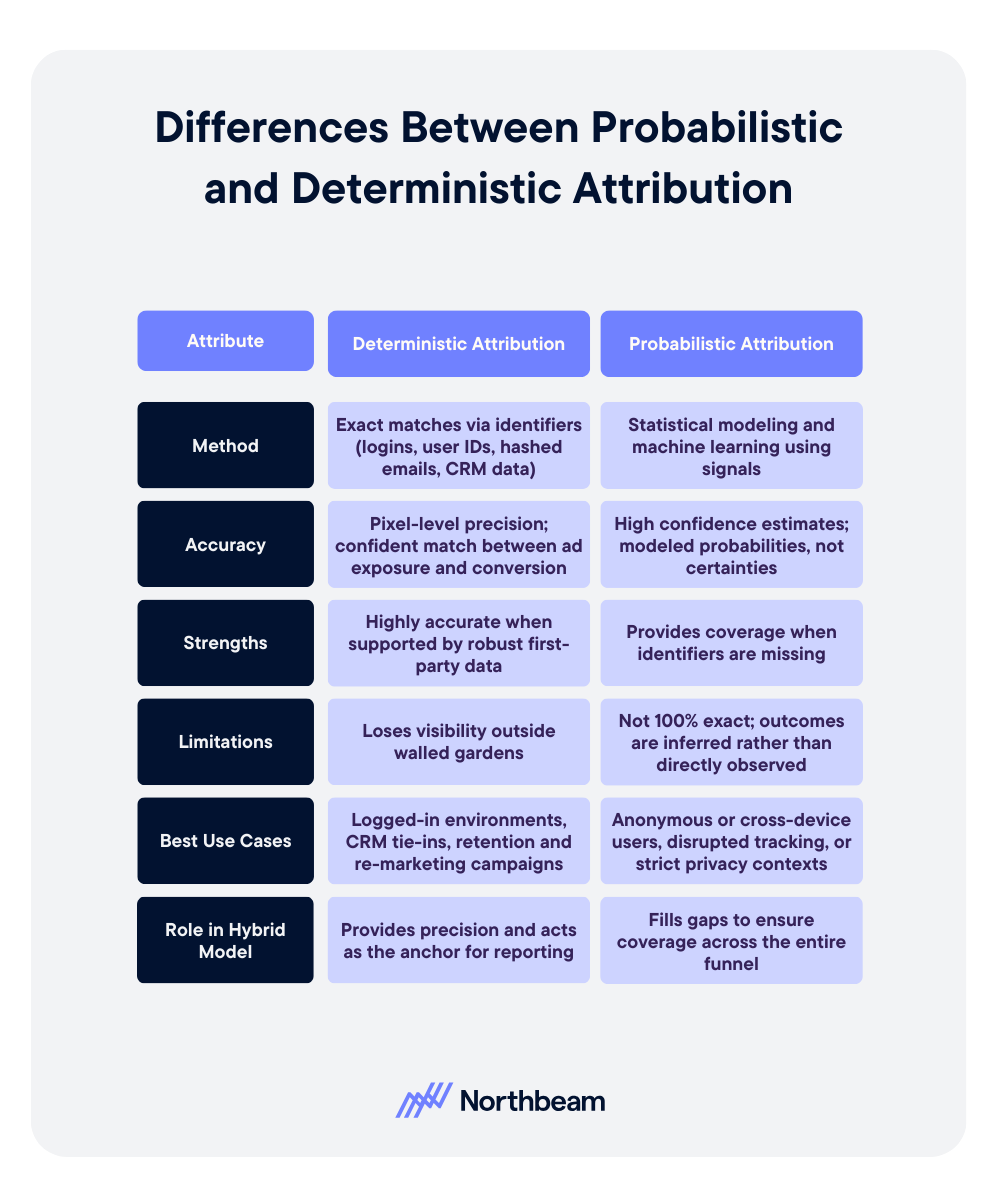
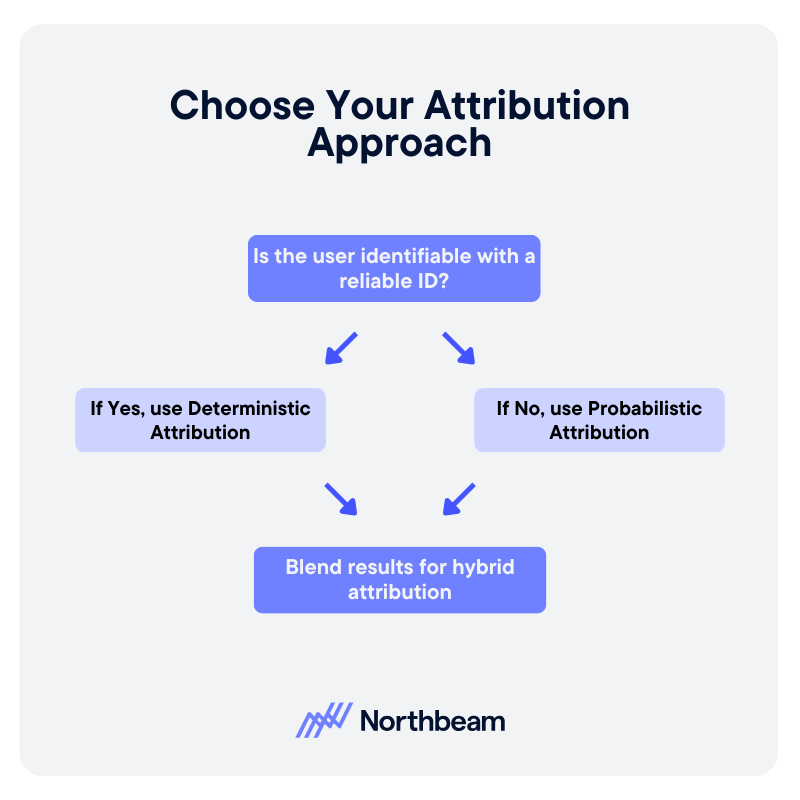




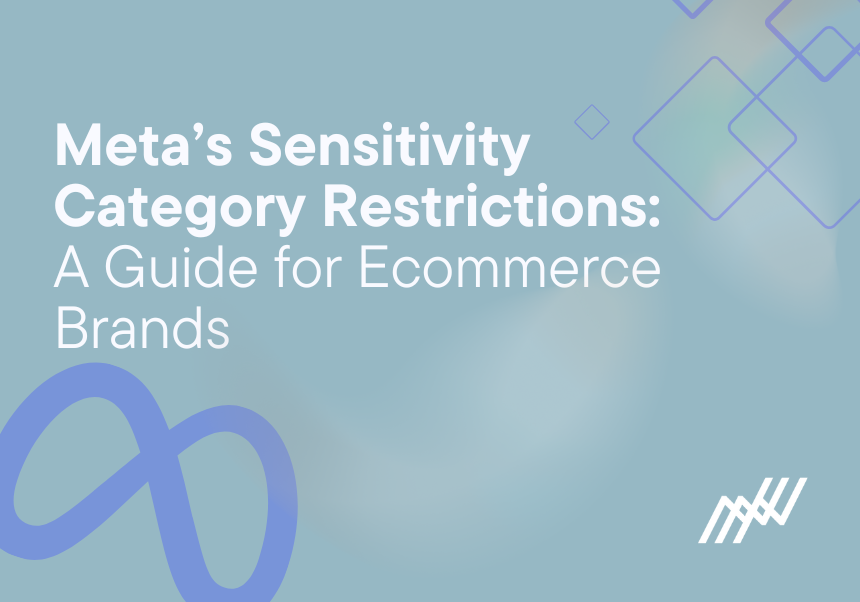
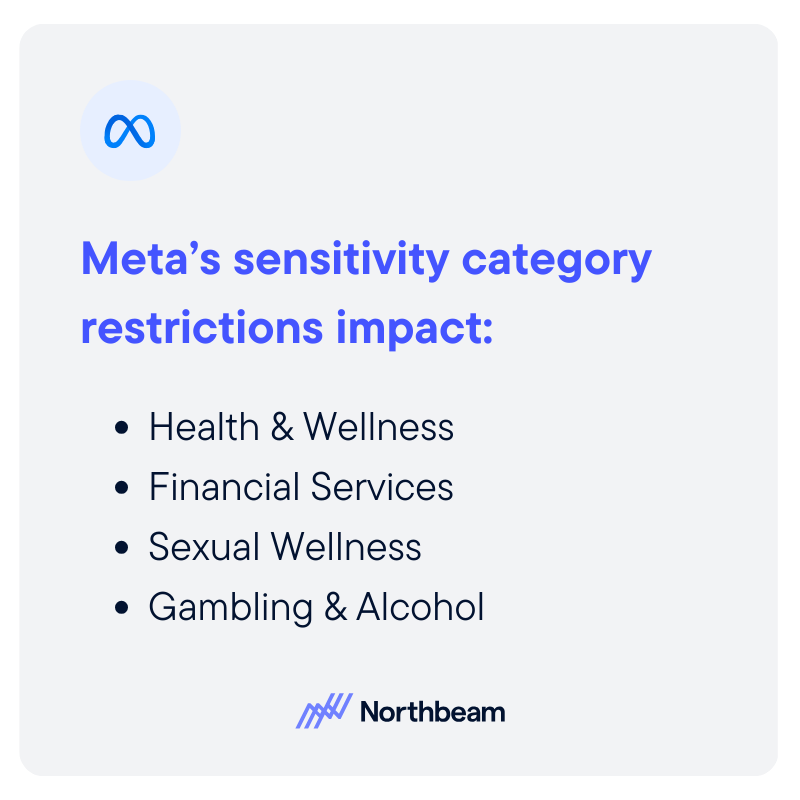
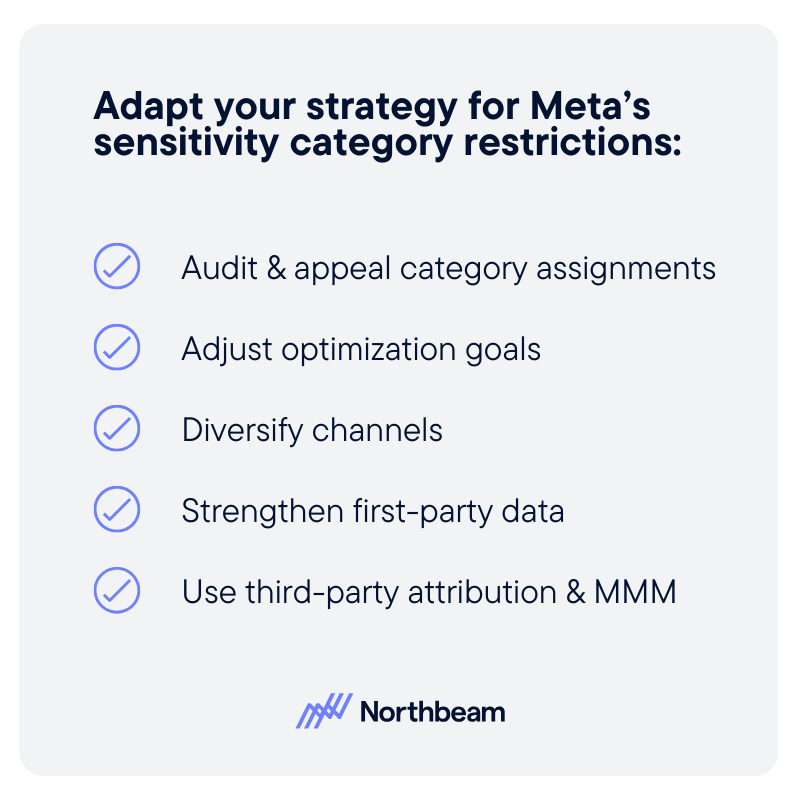
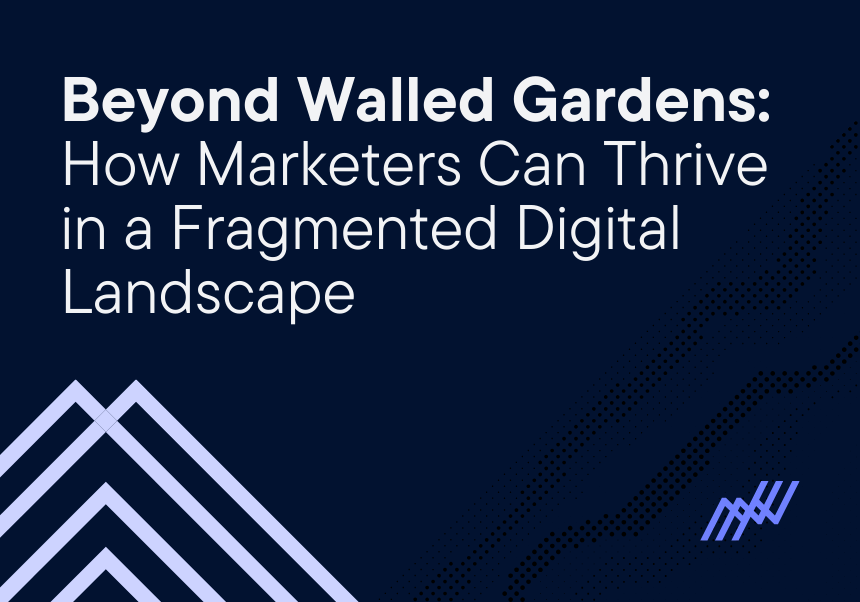
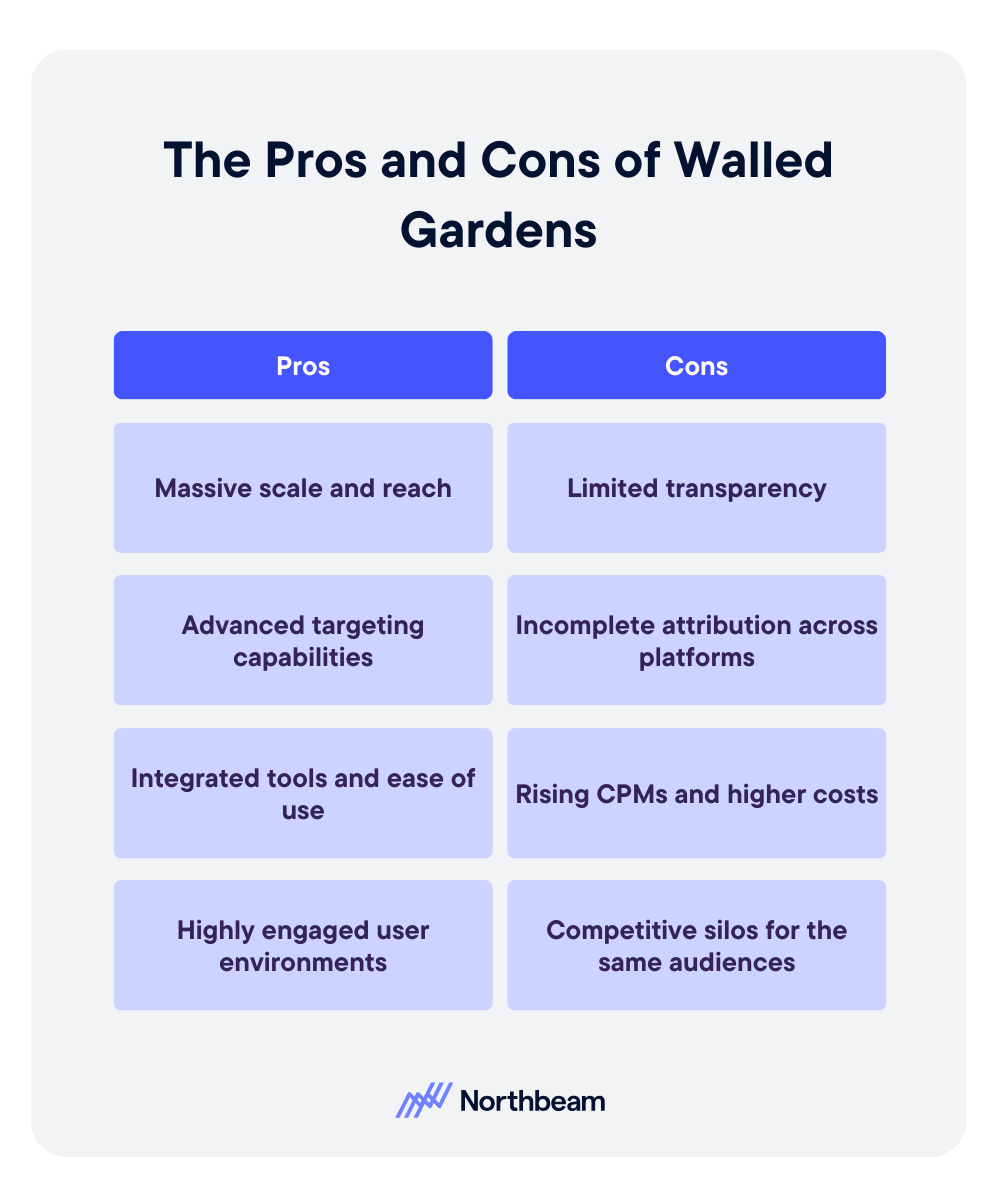
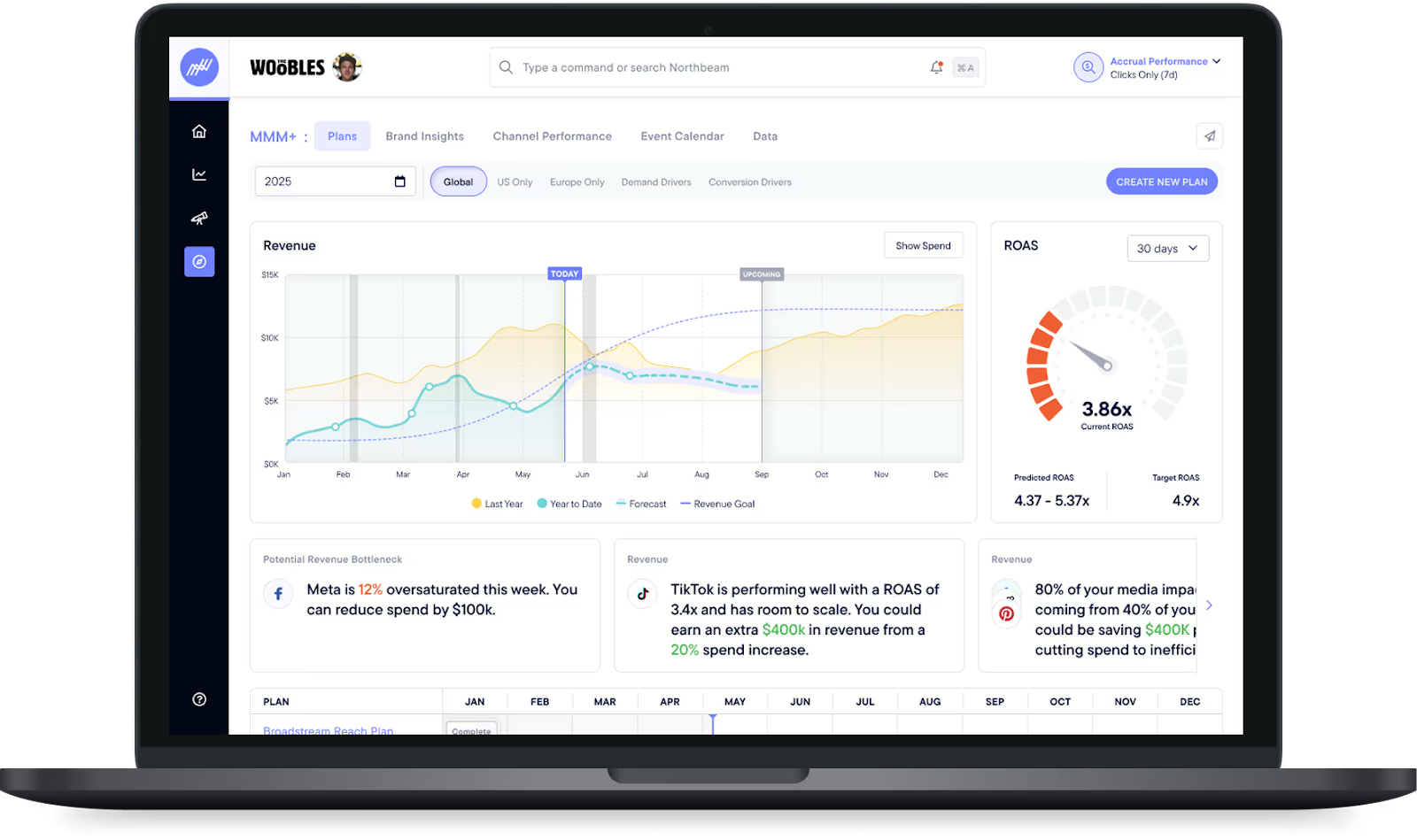
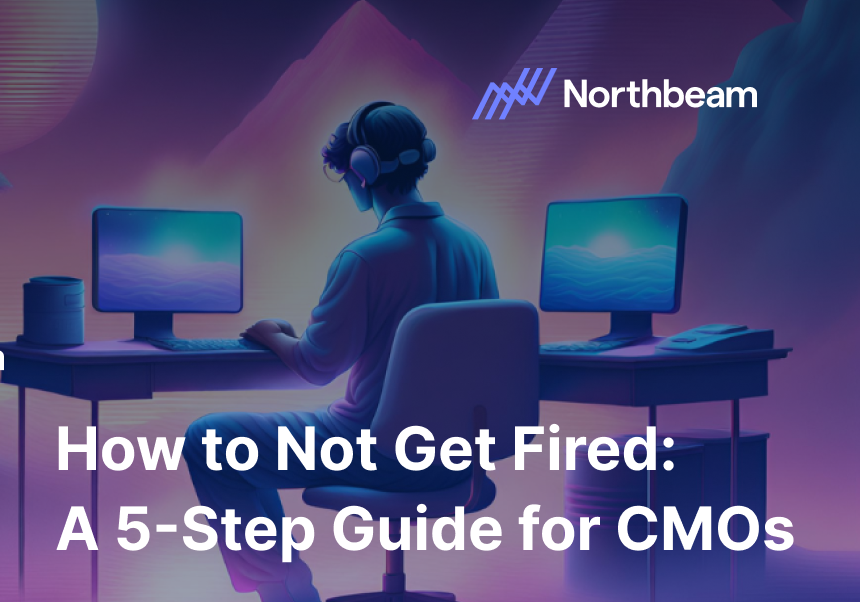
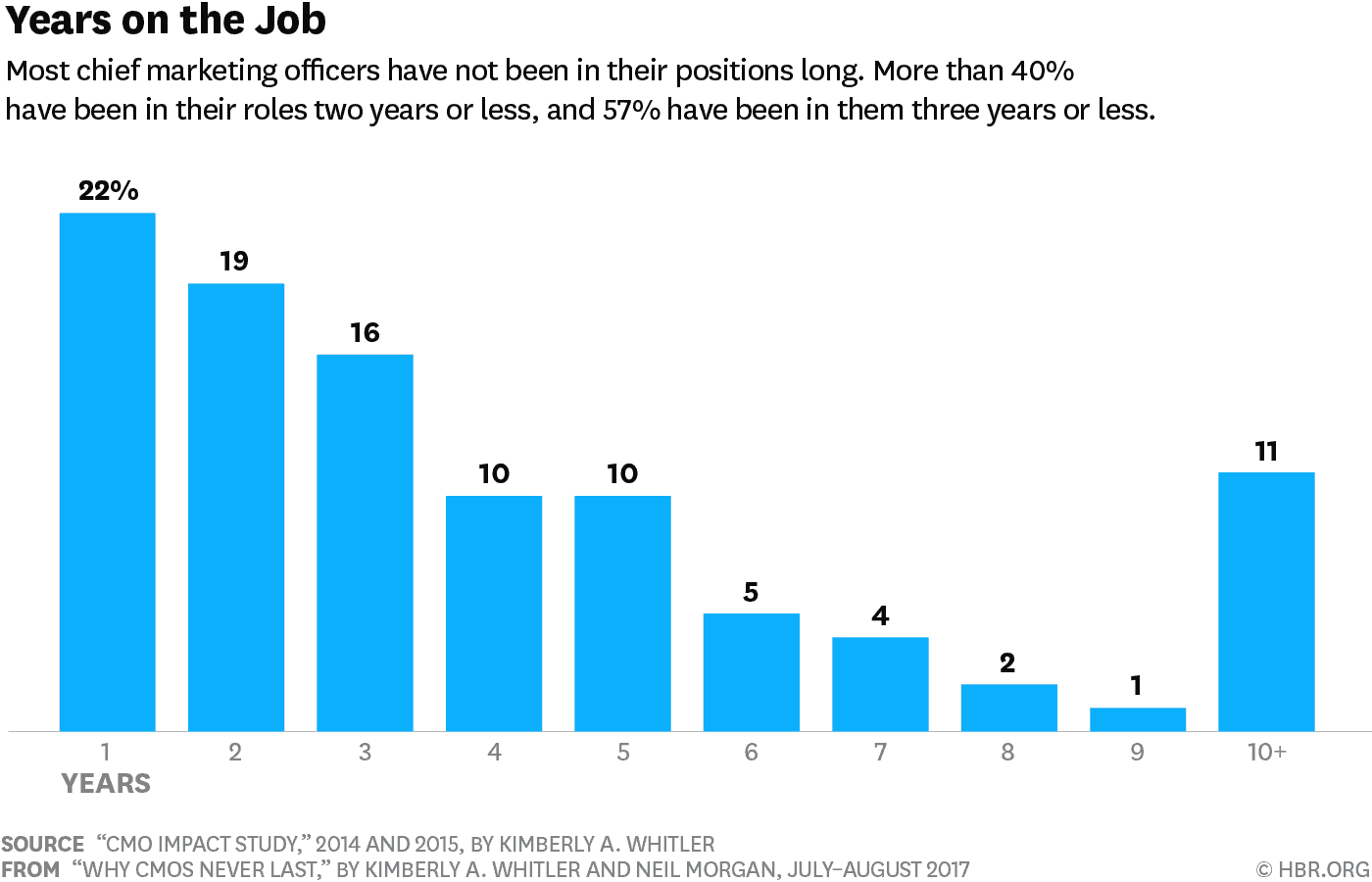
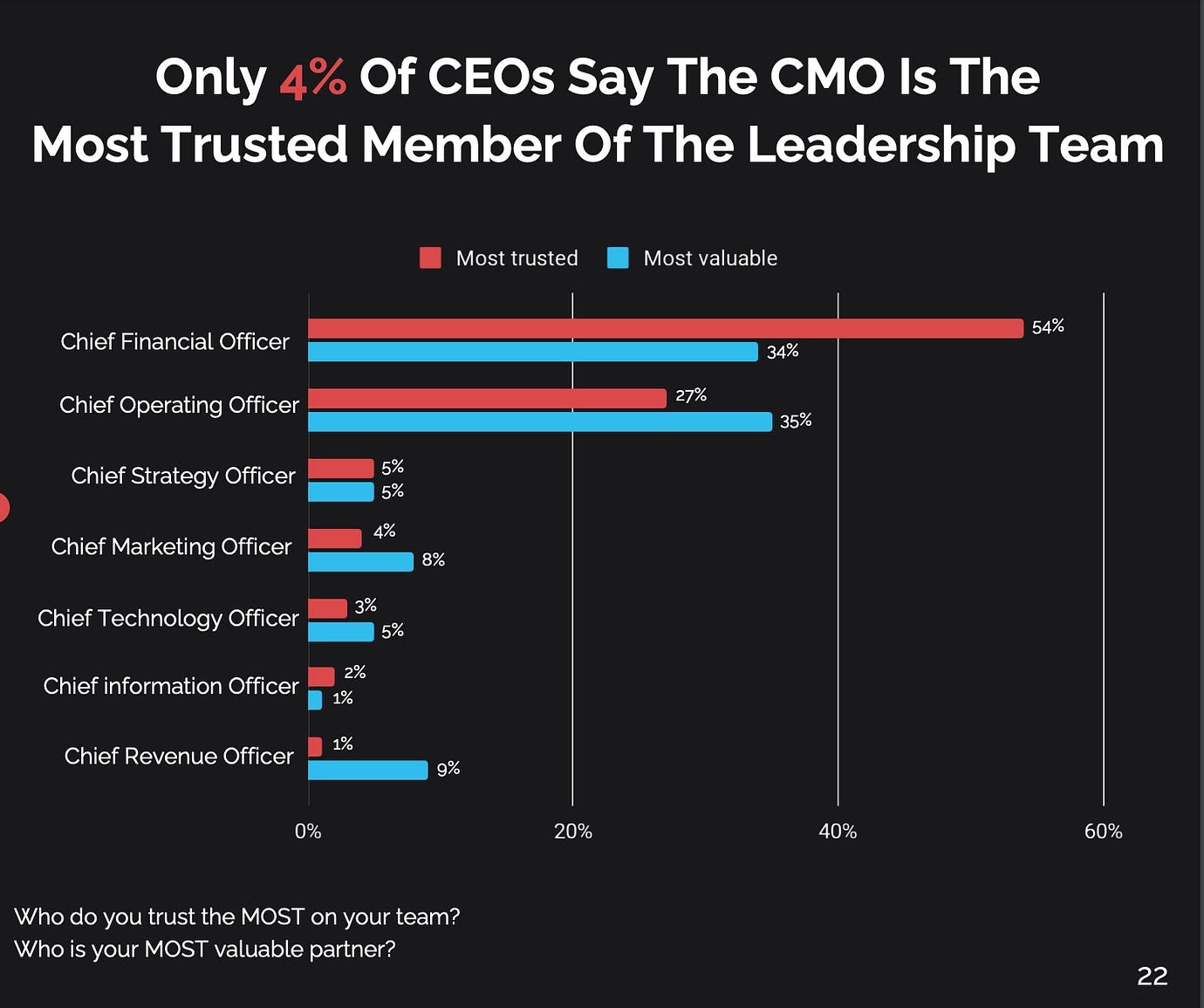
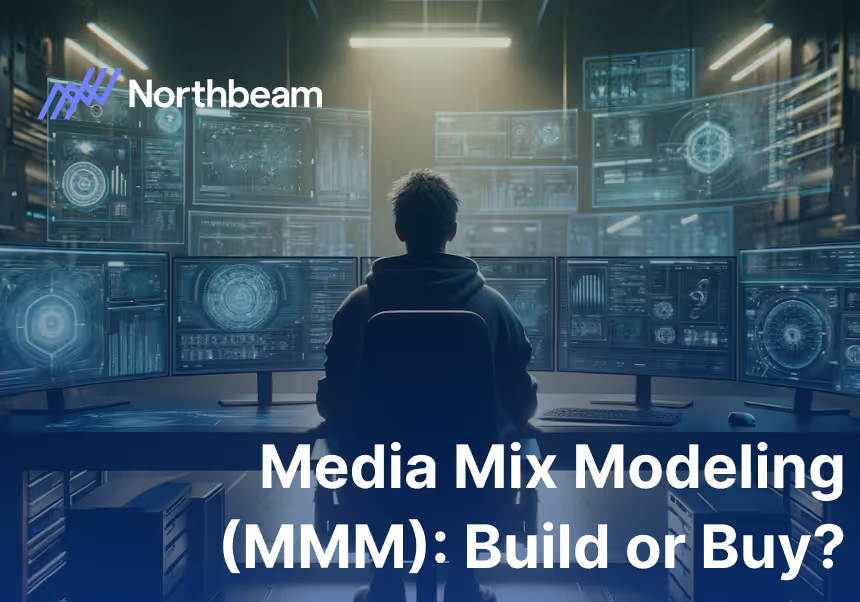
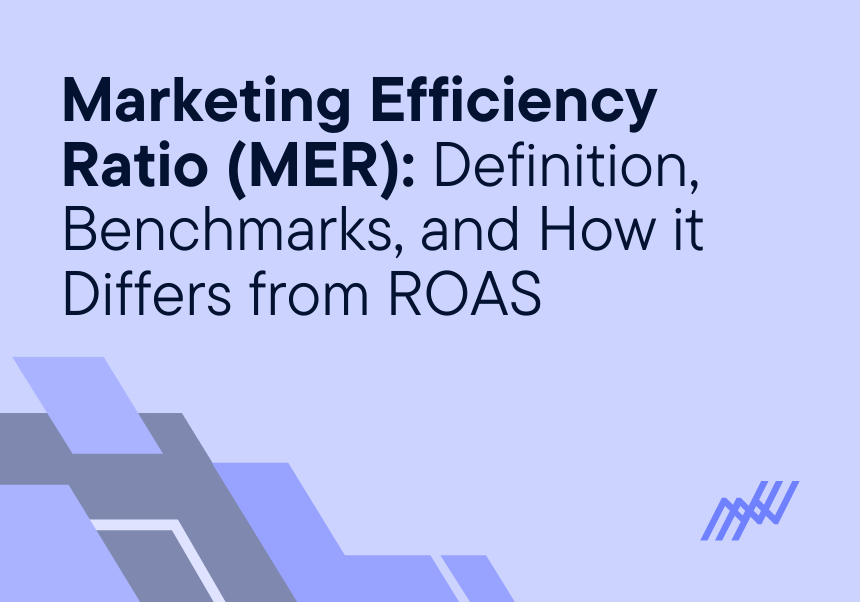
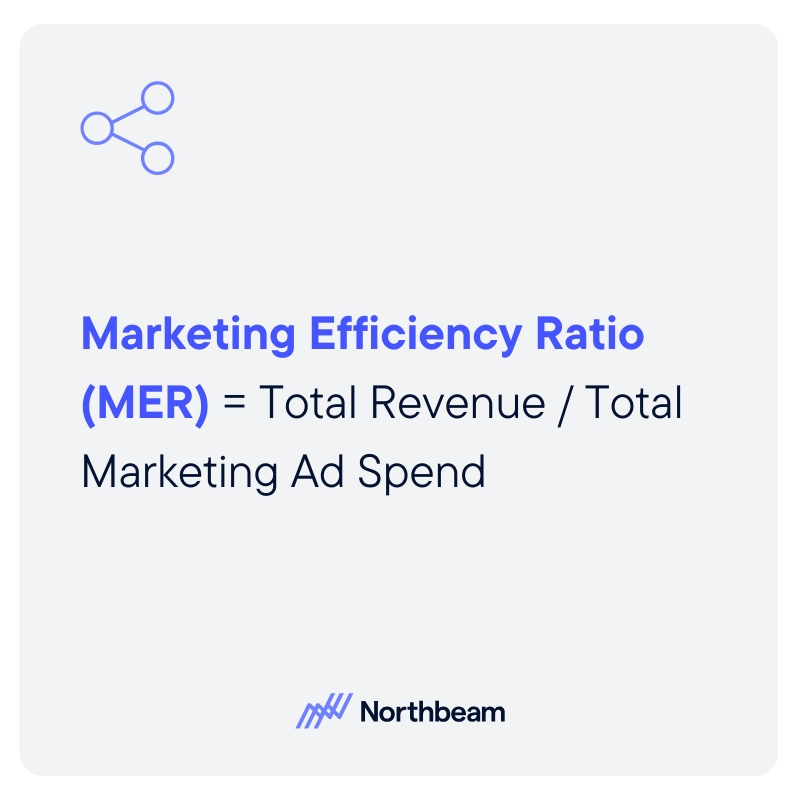

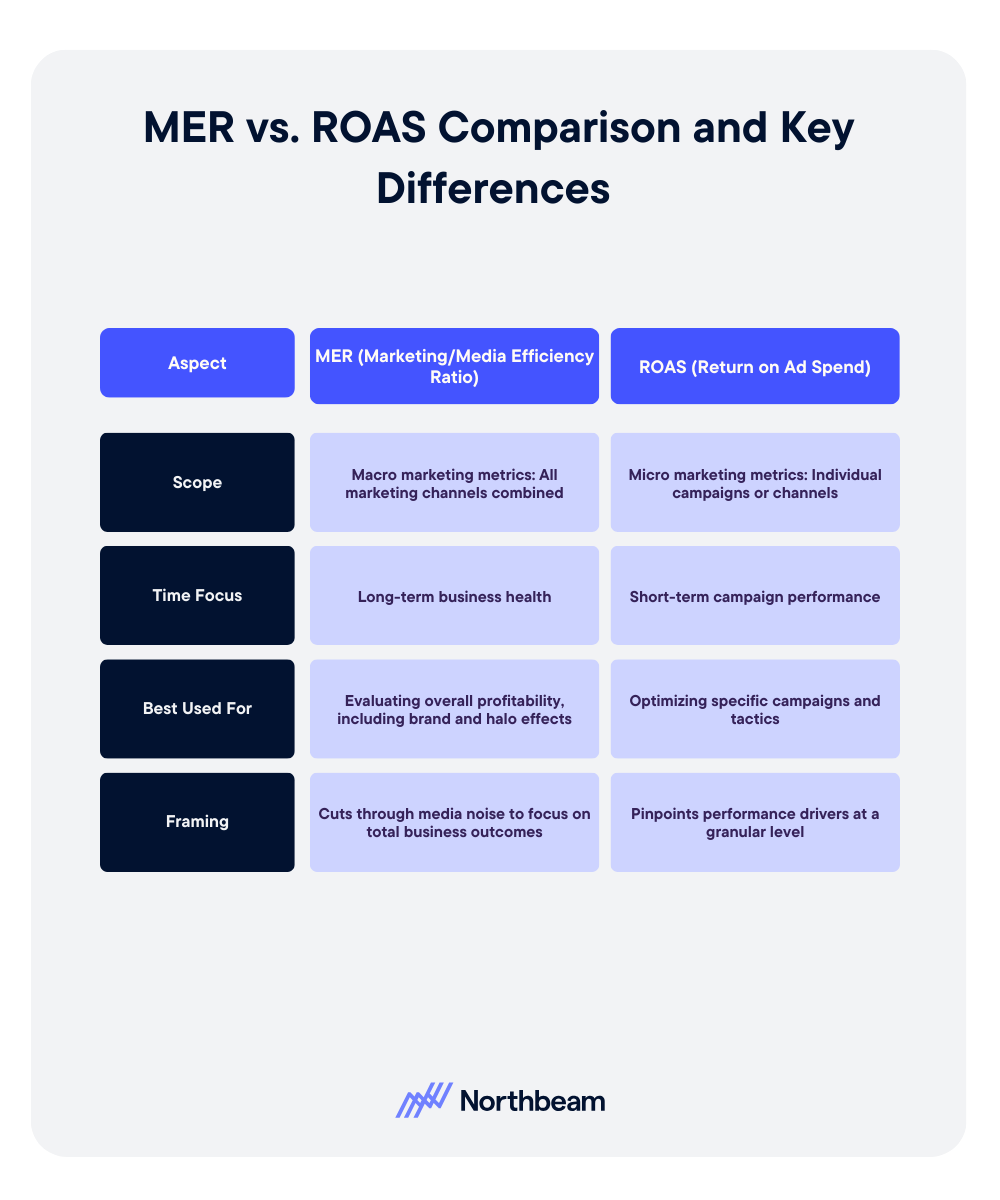

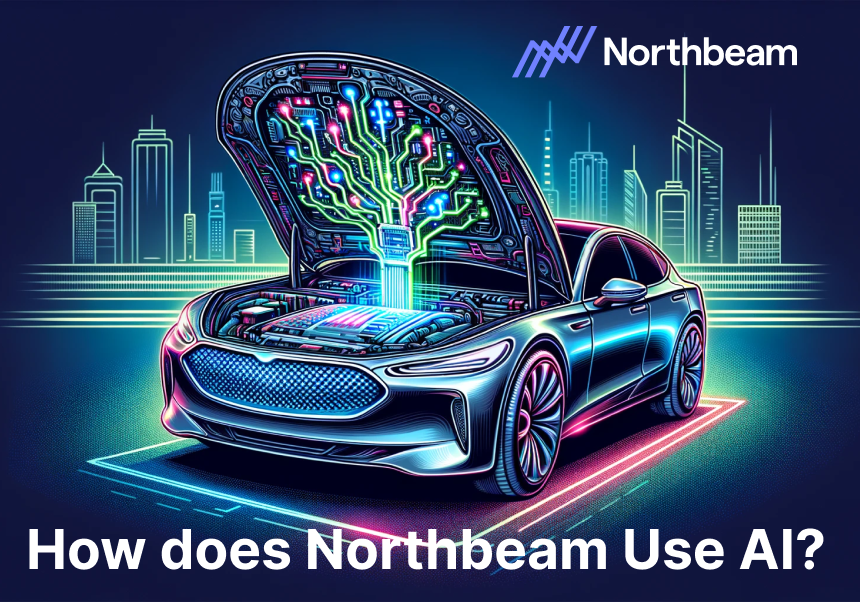





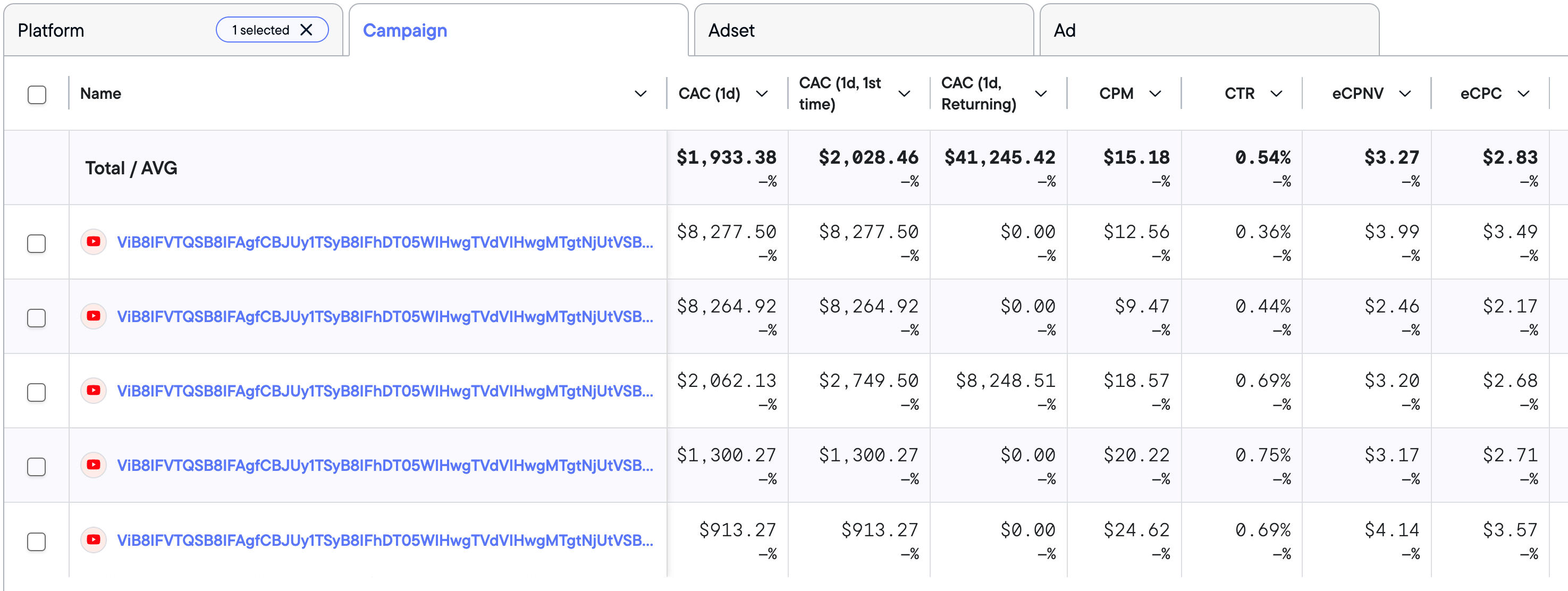
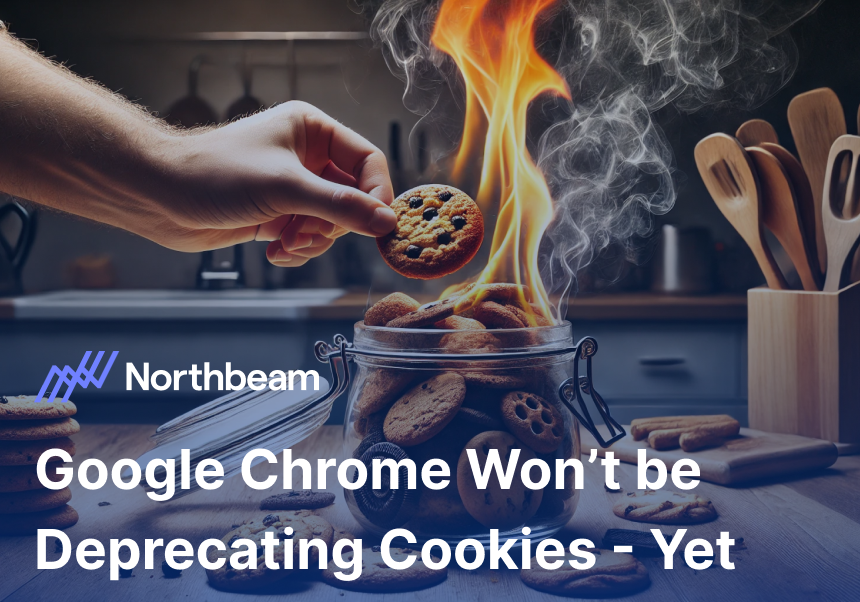
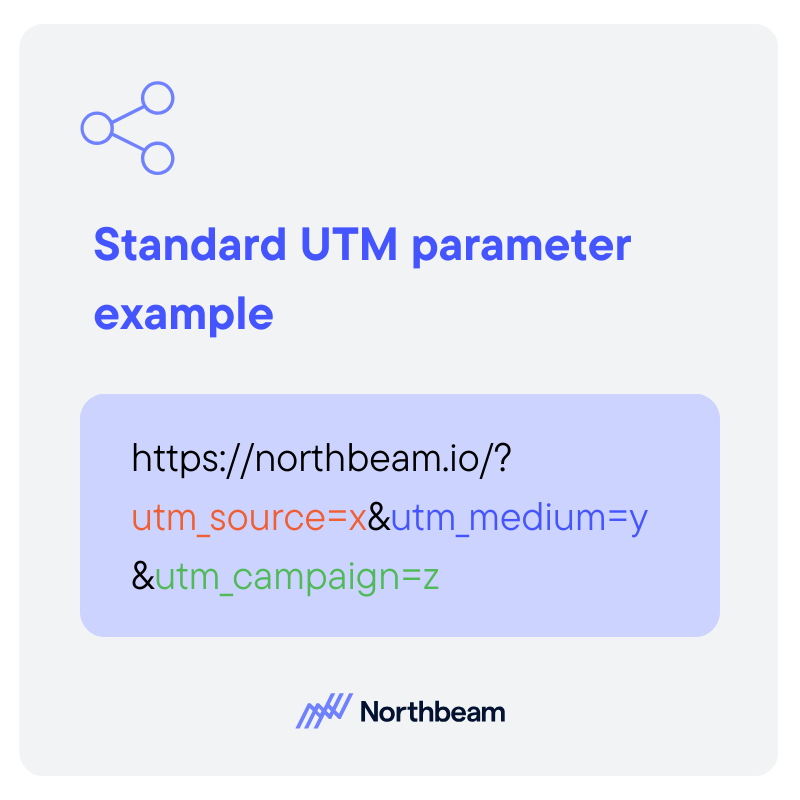
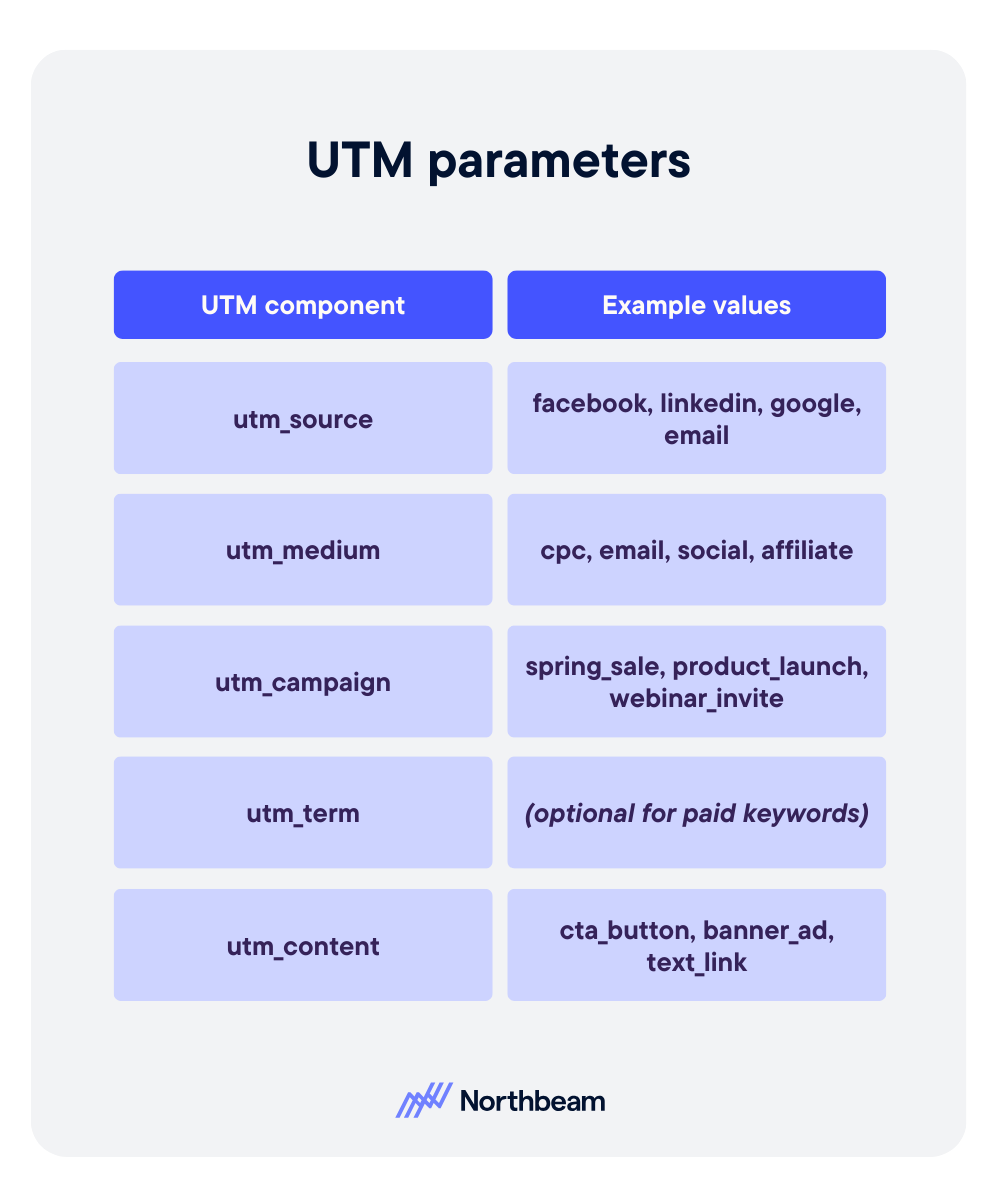
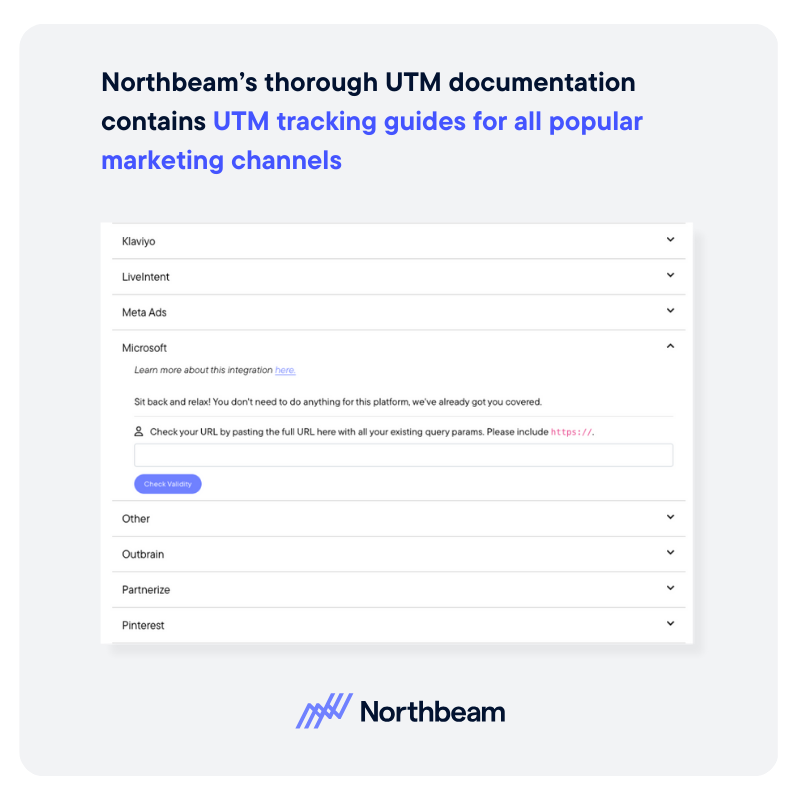
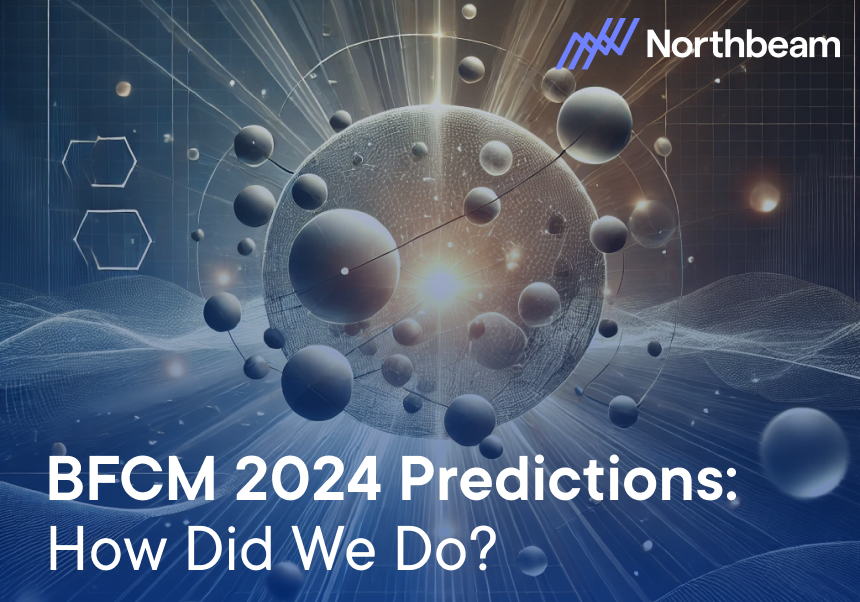
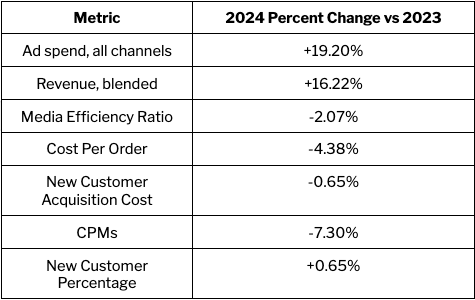
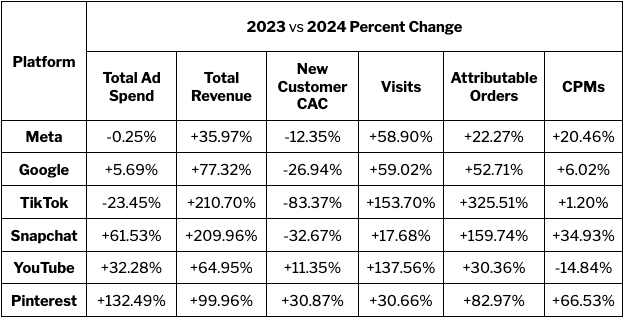
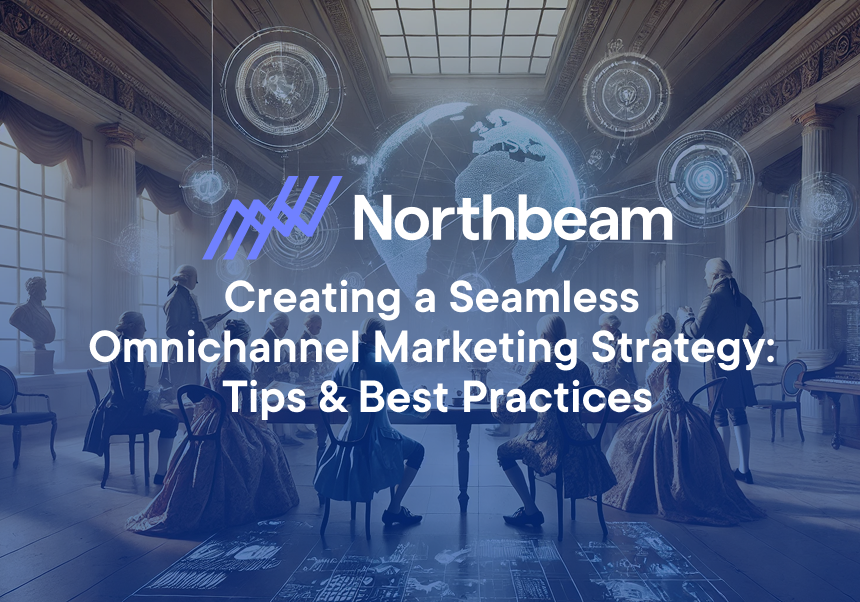
.png)
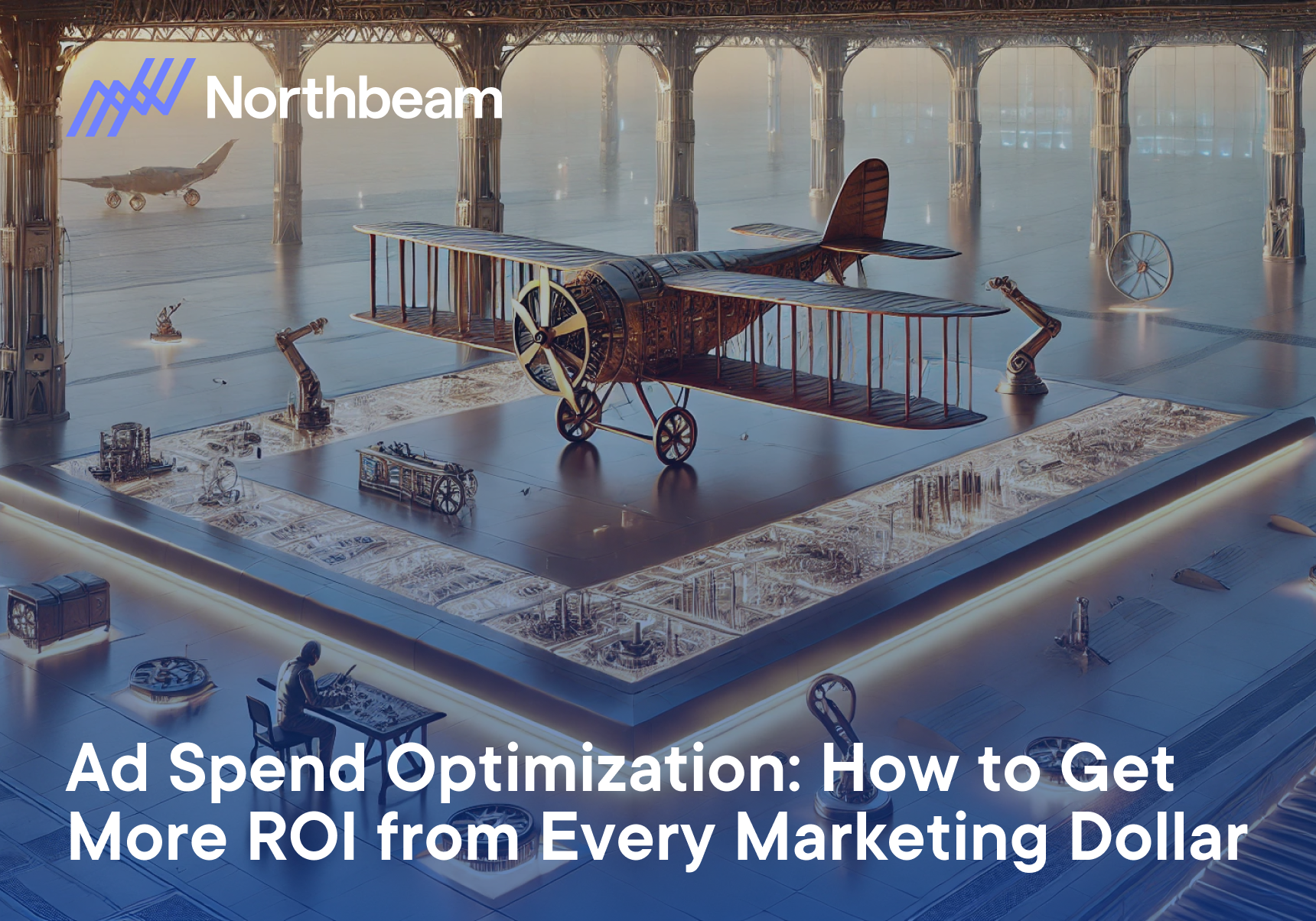
.png)
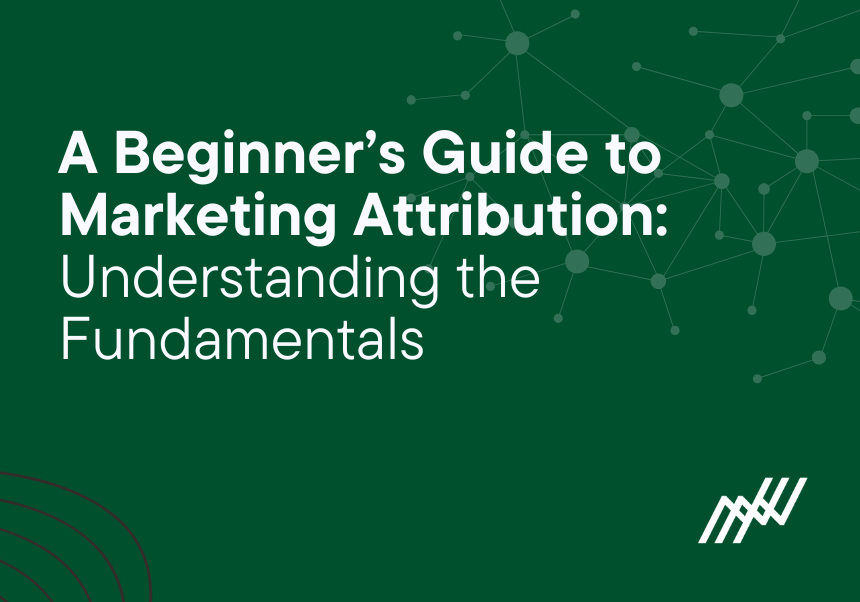
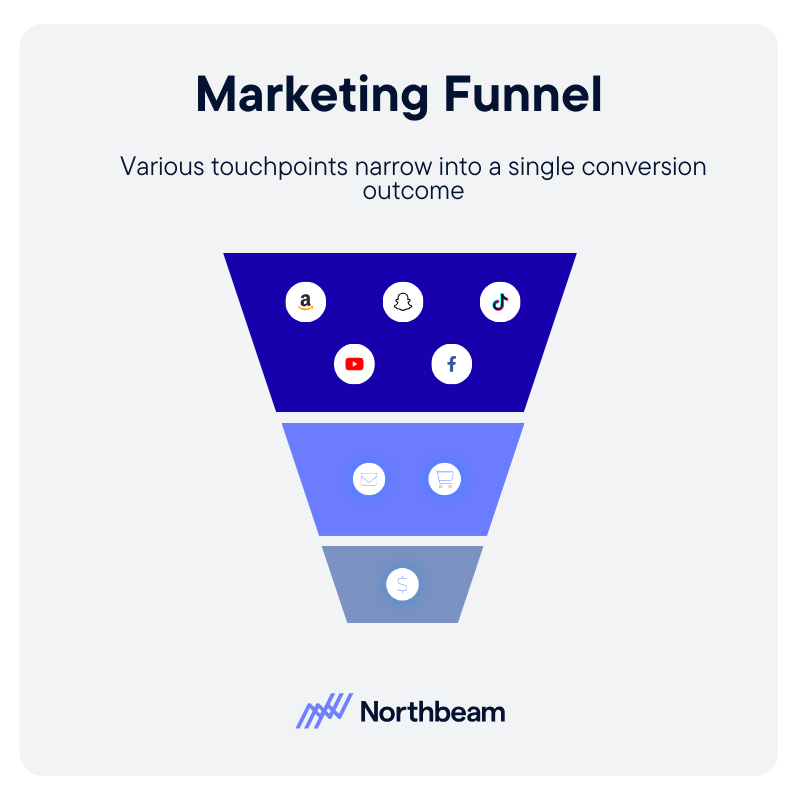
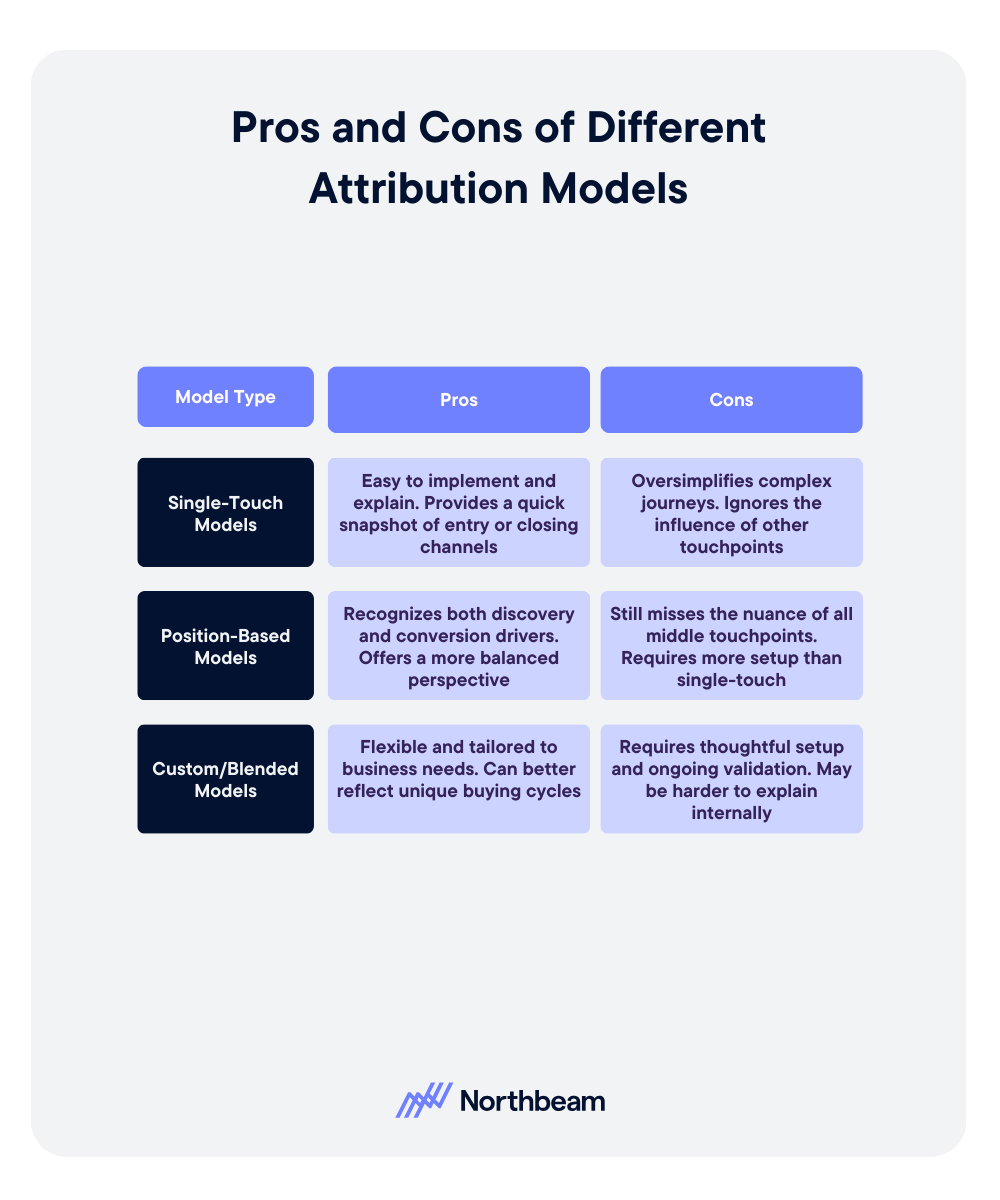



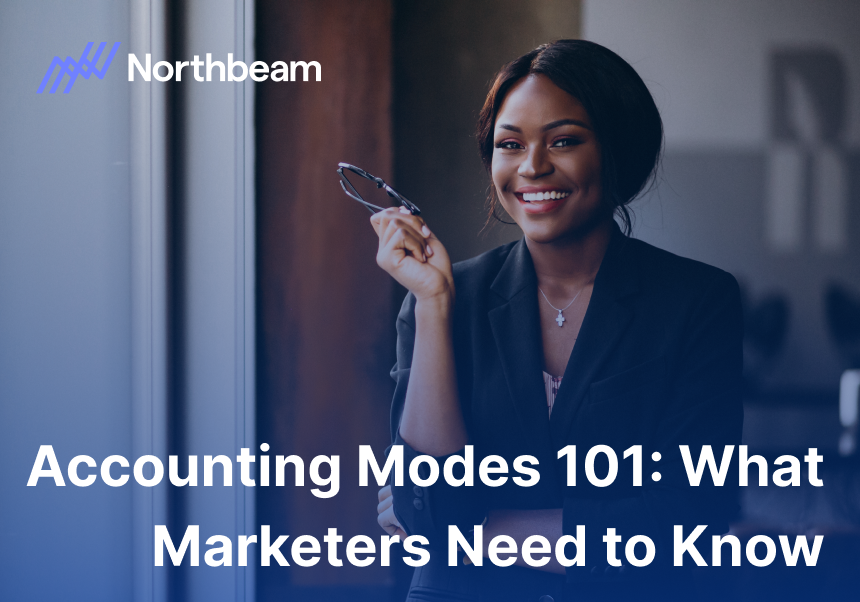
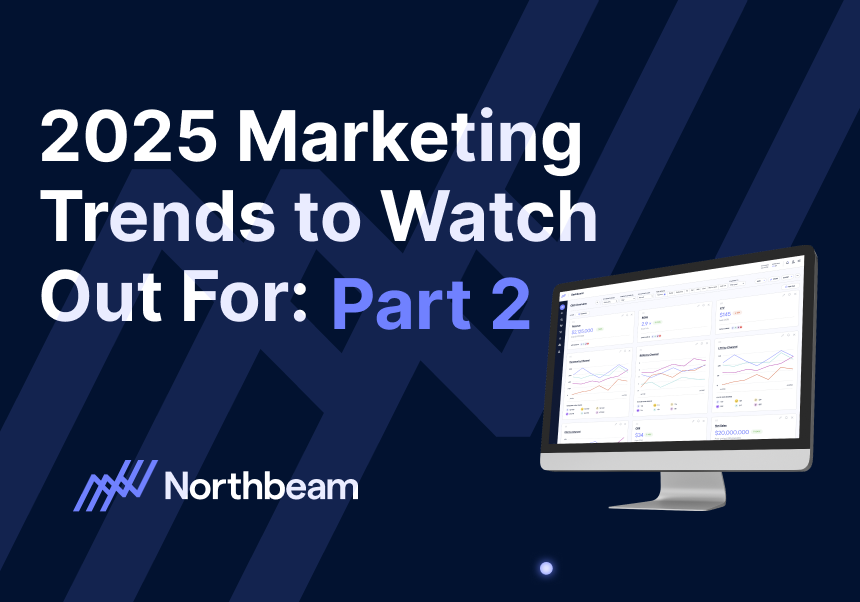
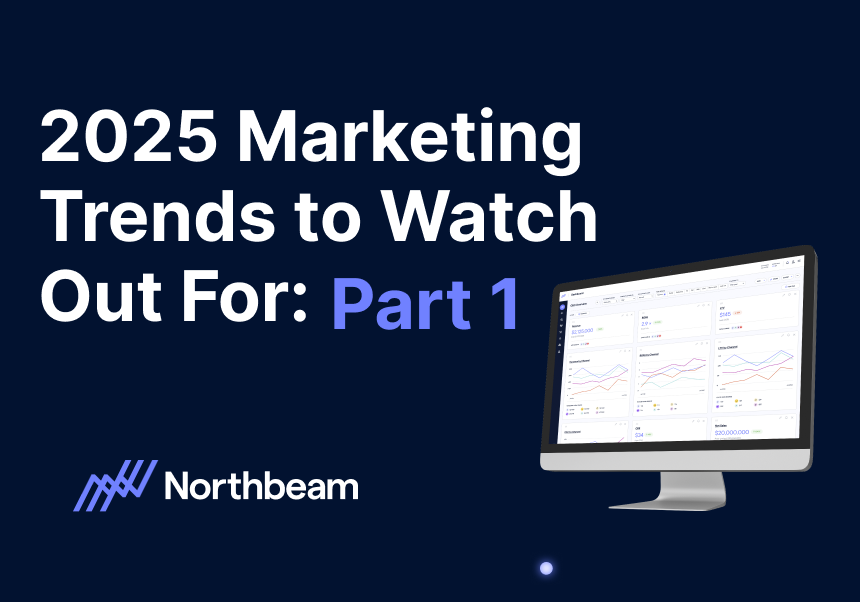



.svg)
